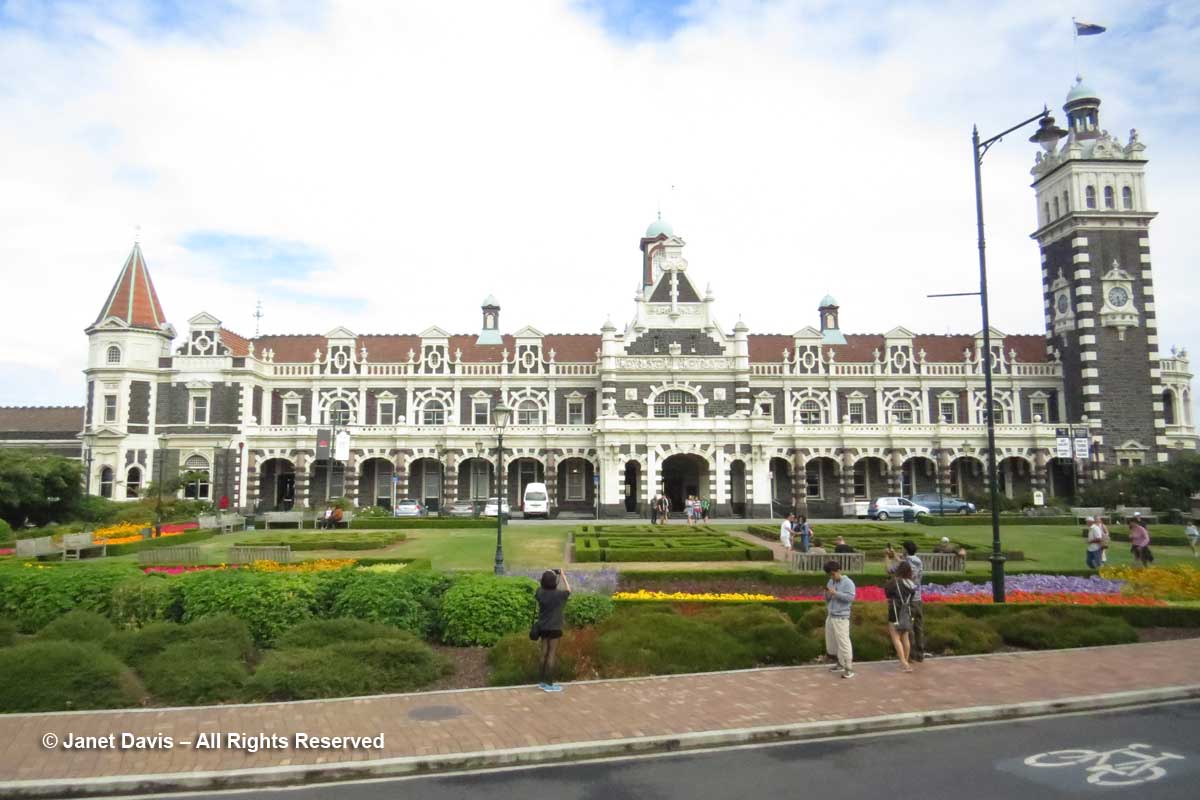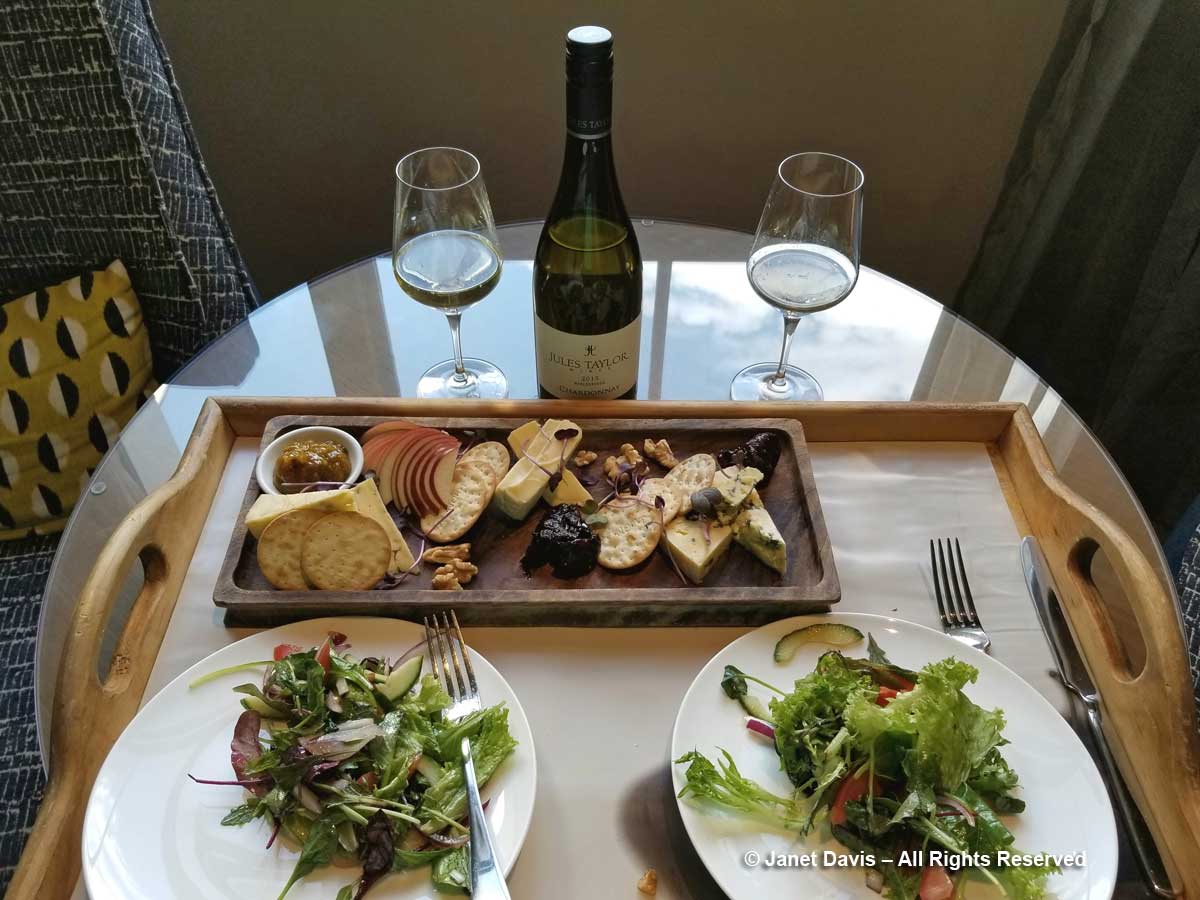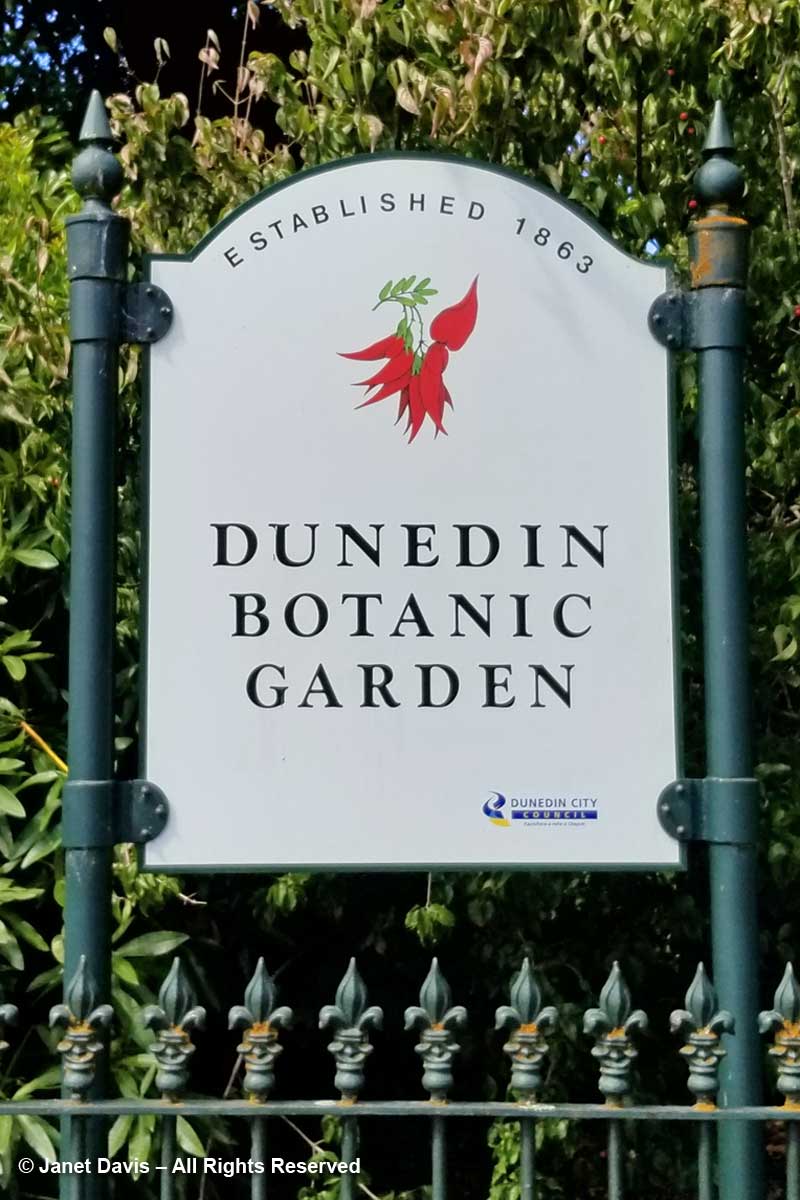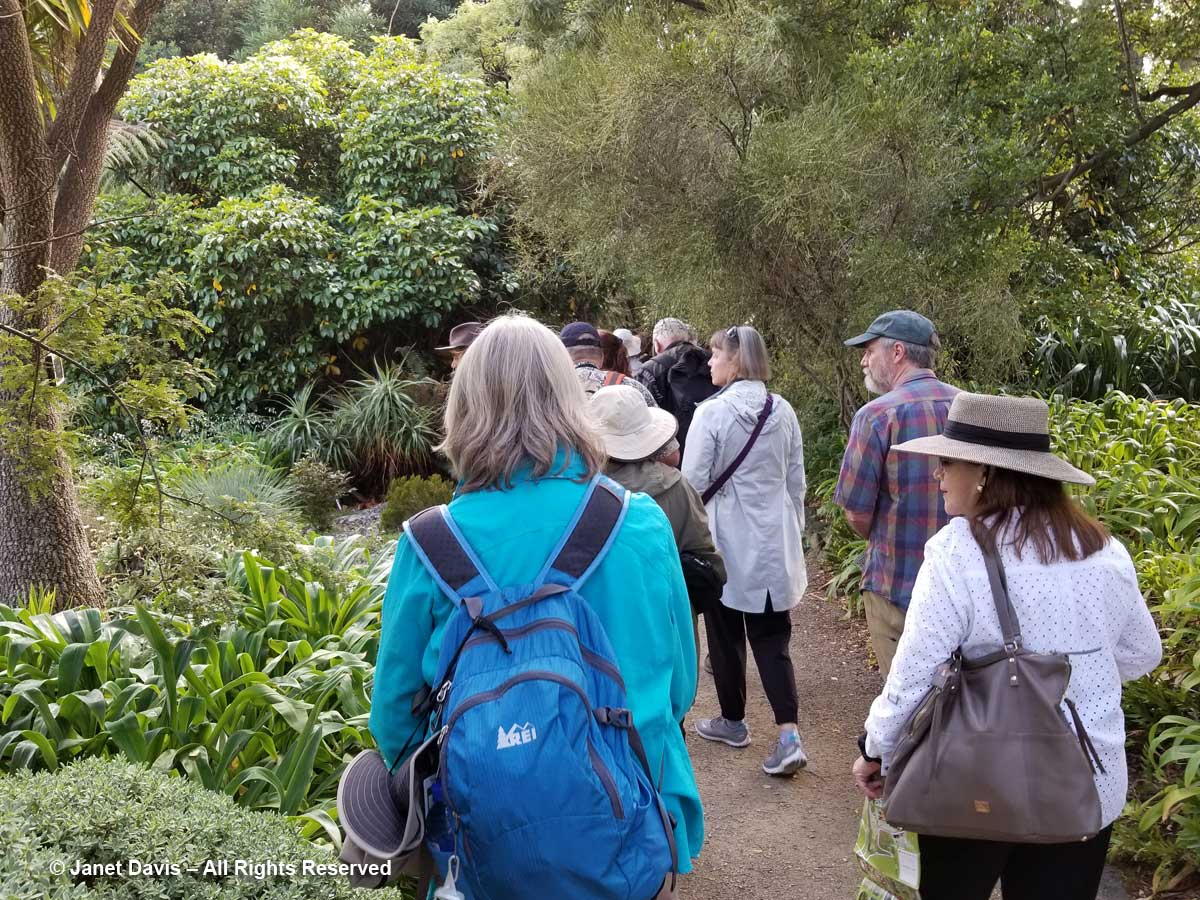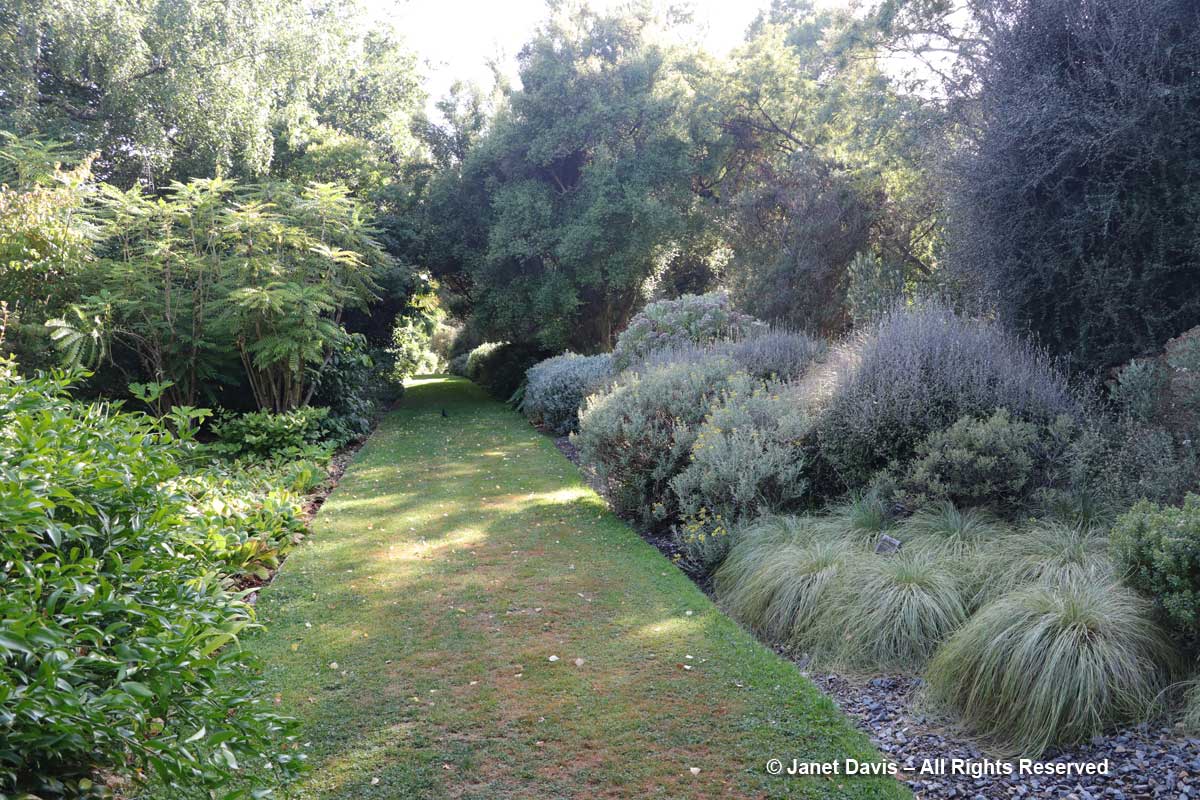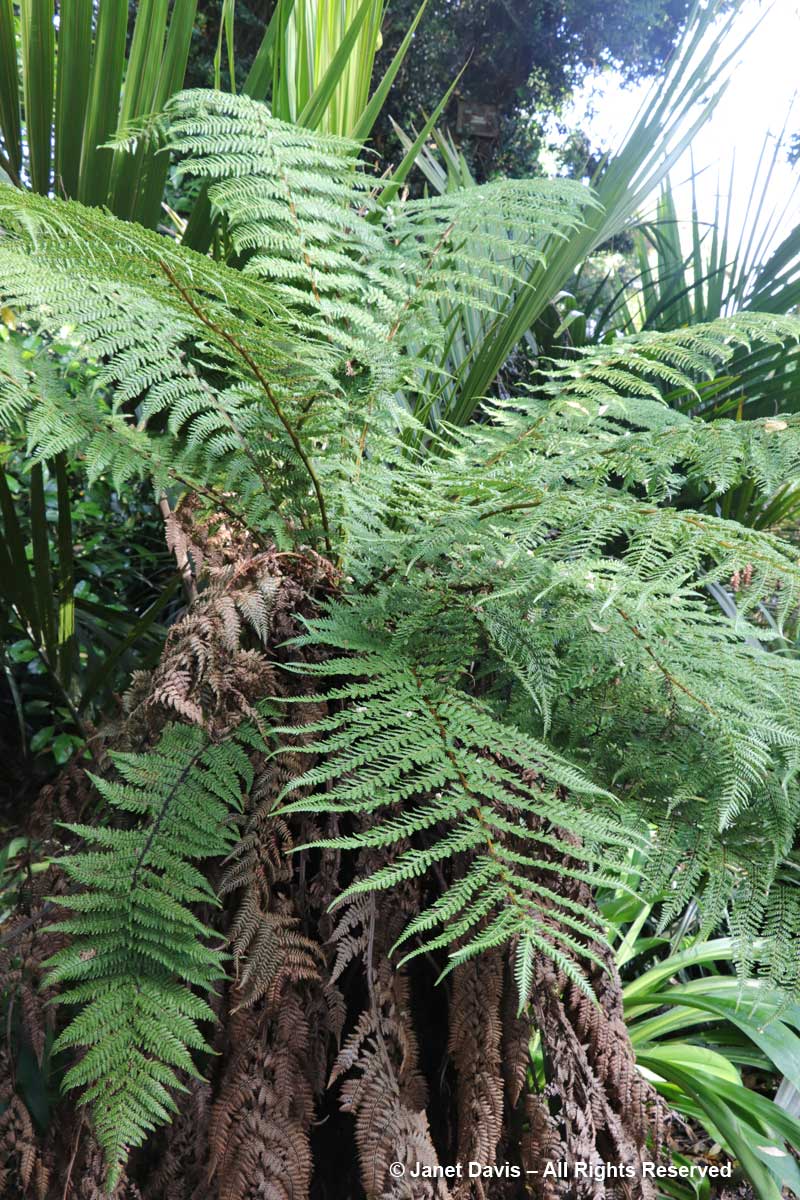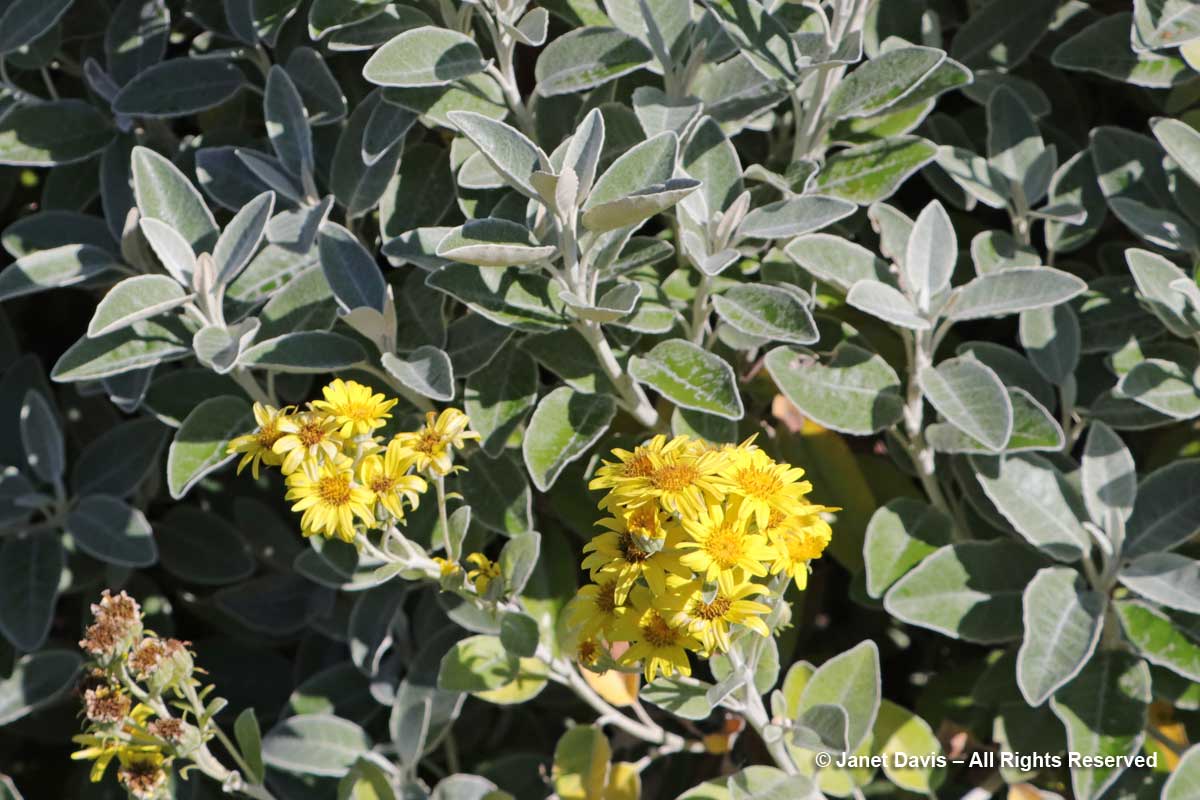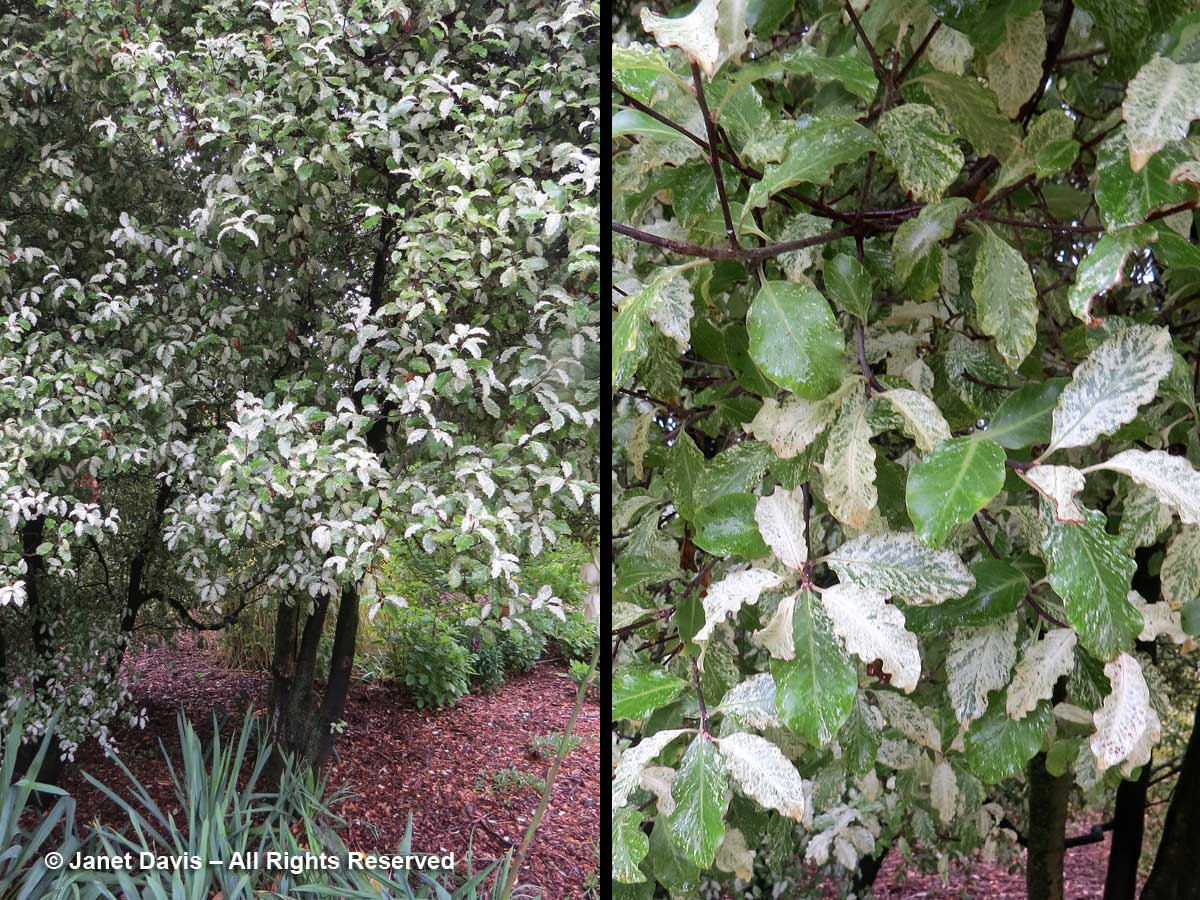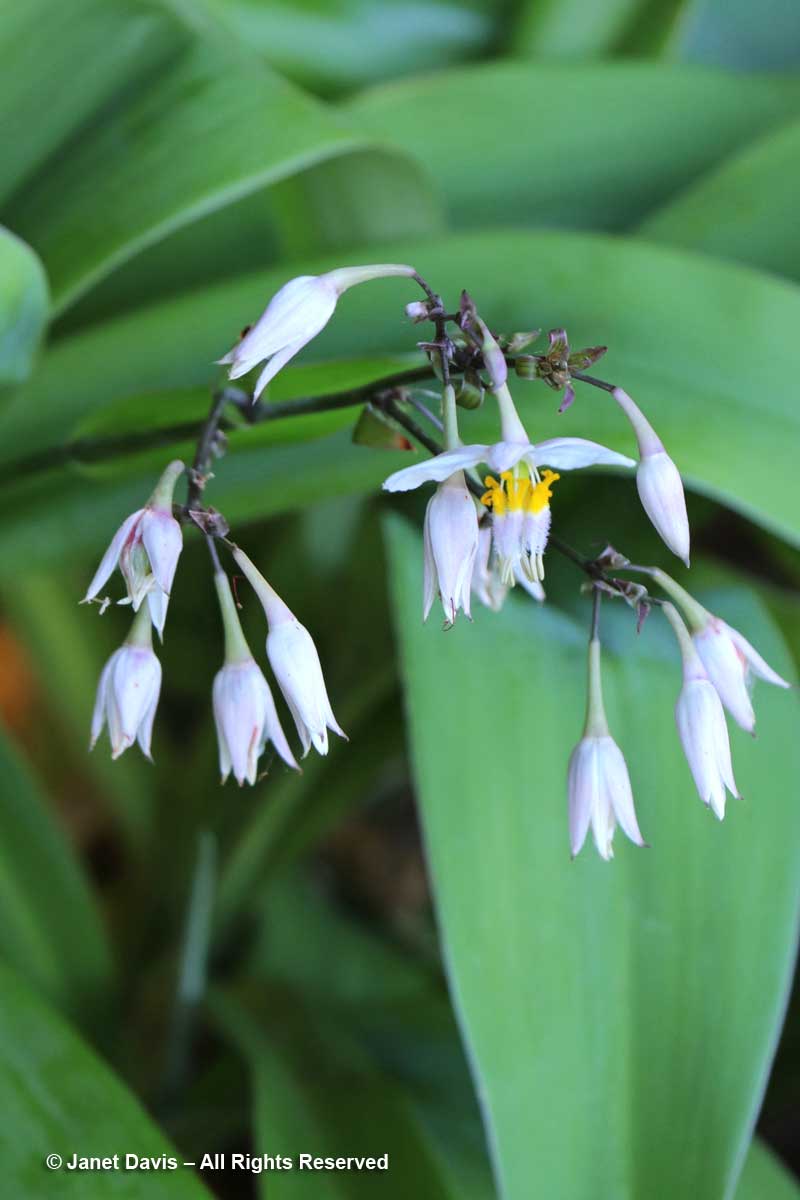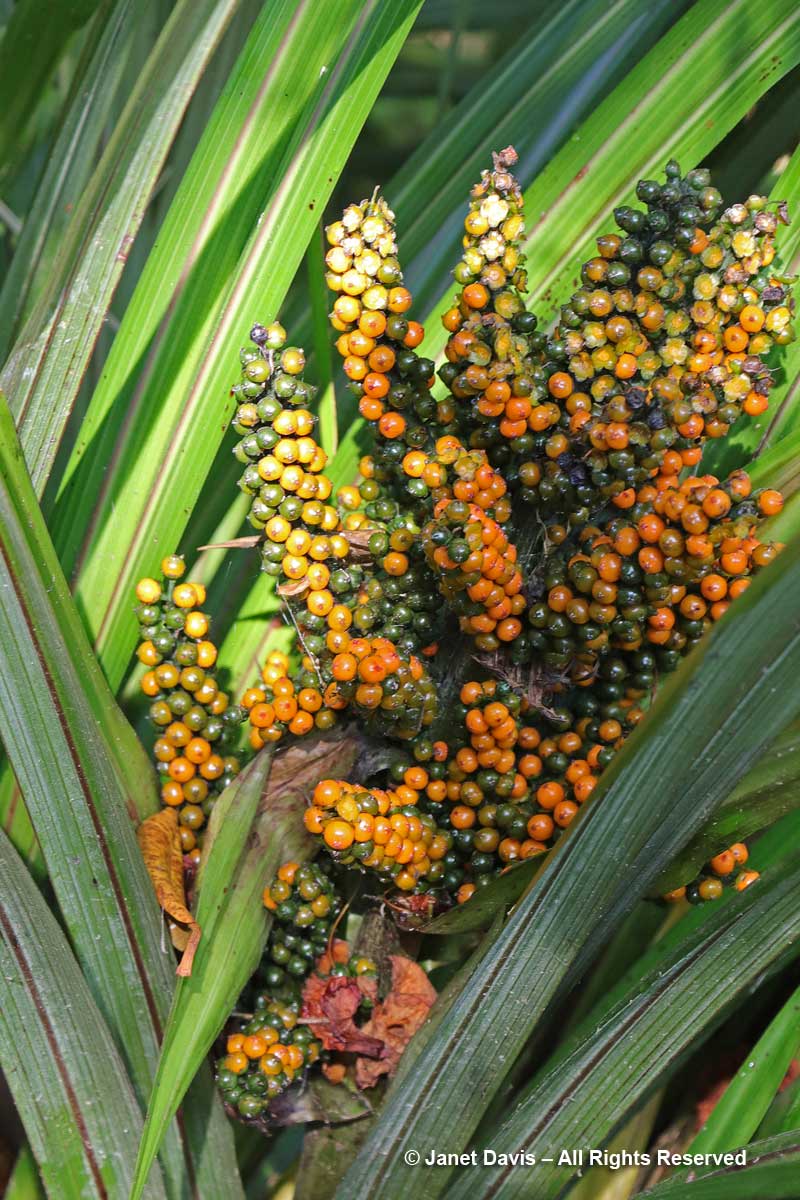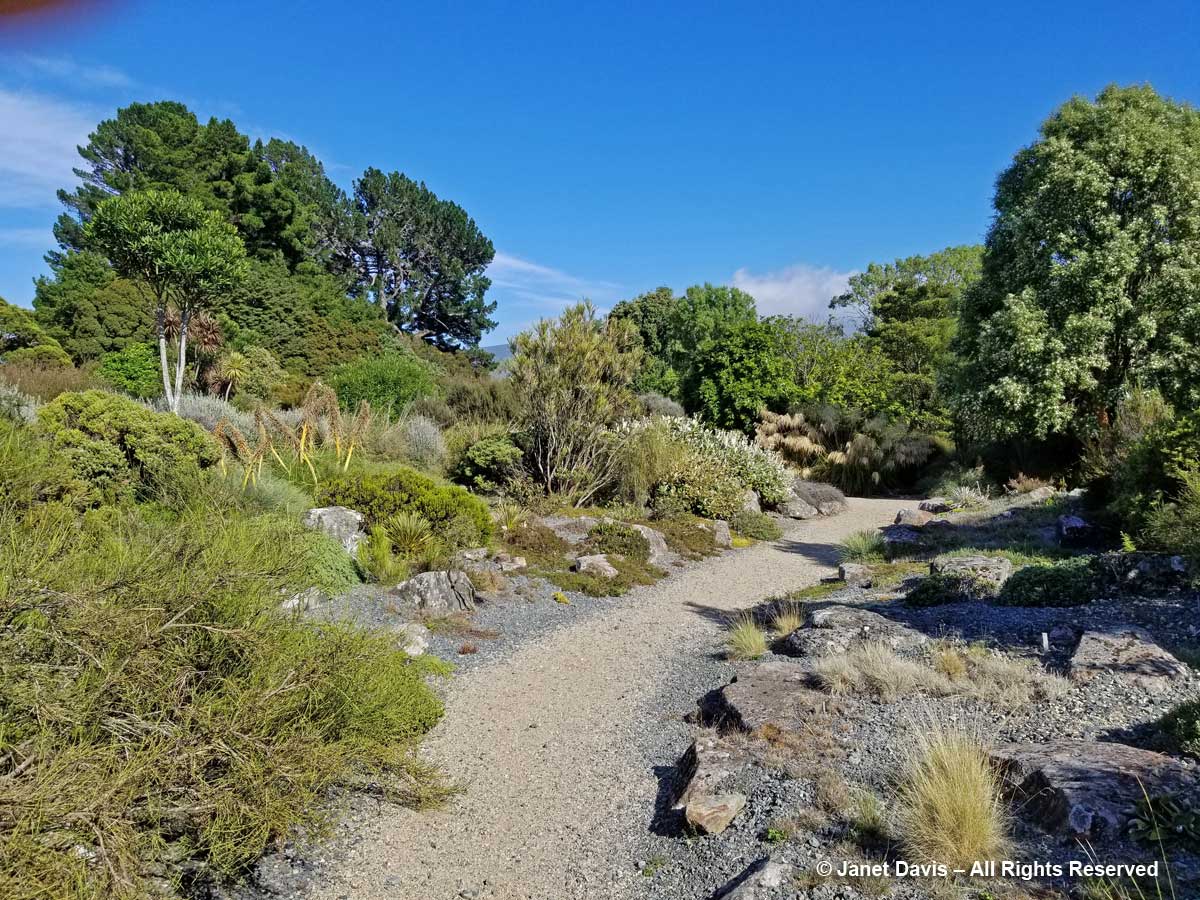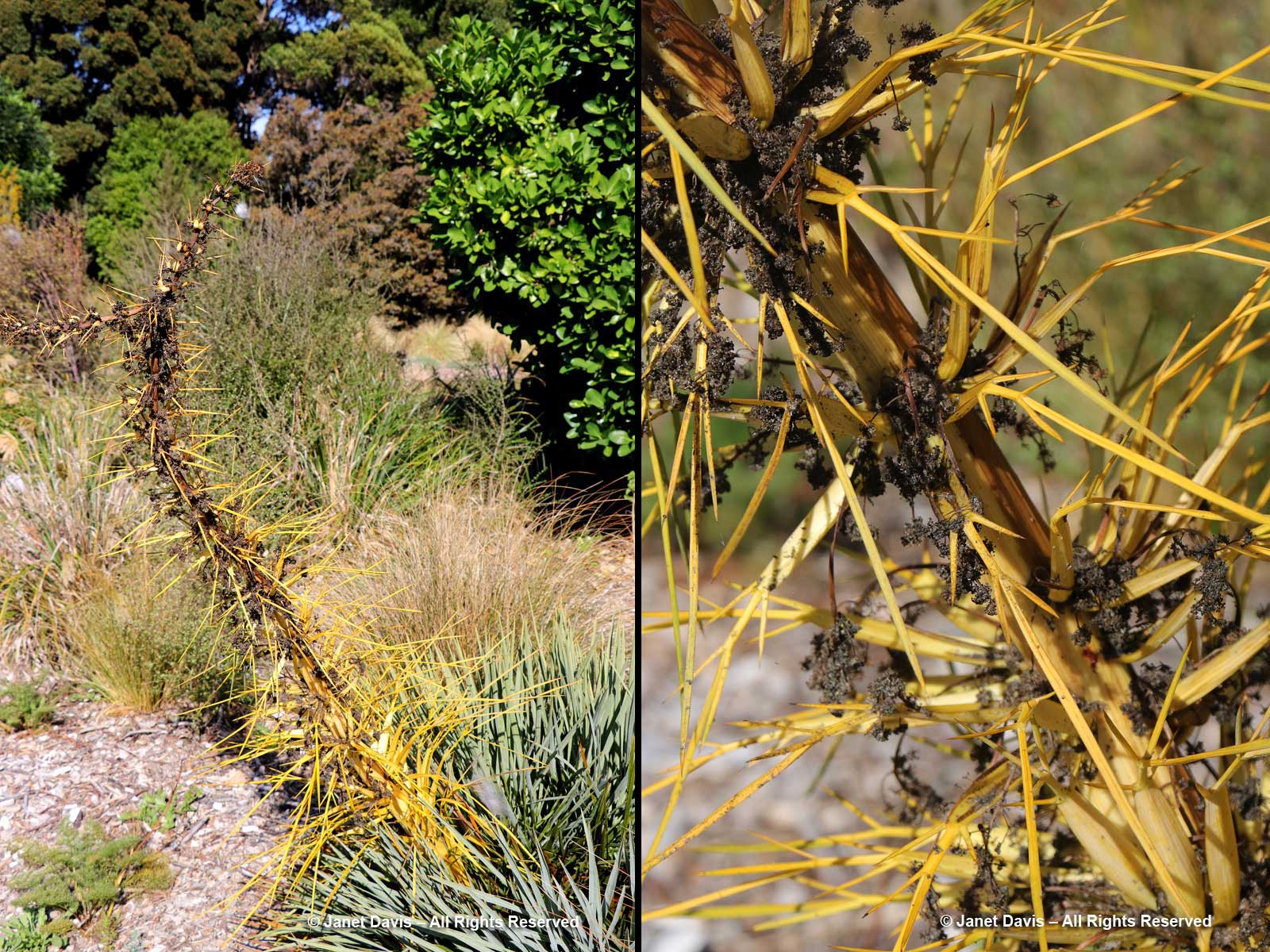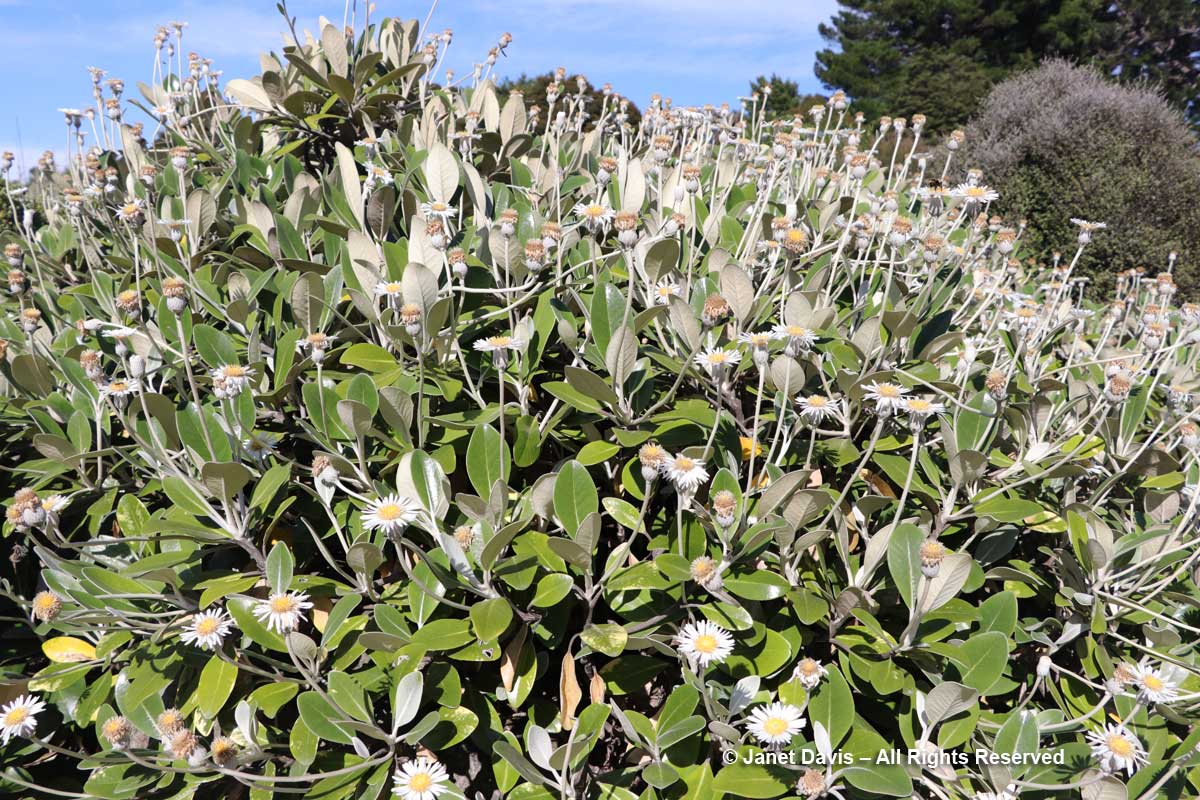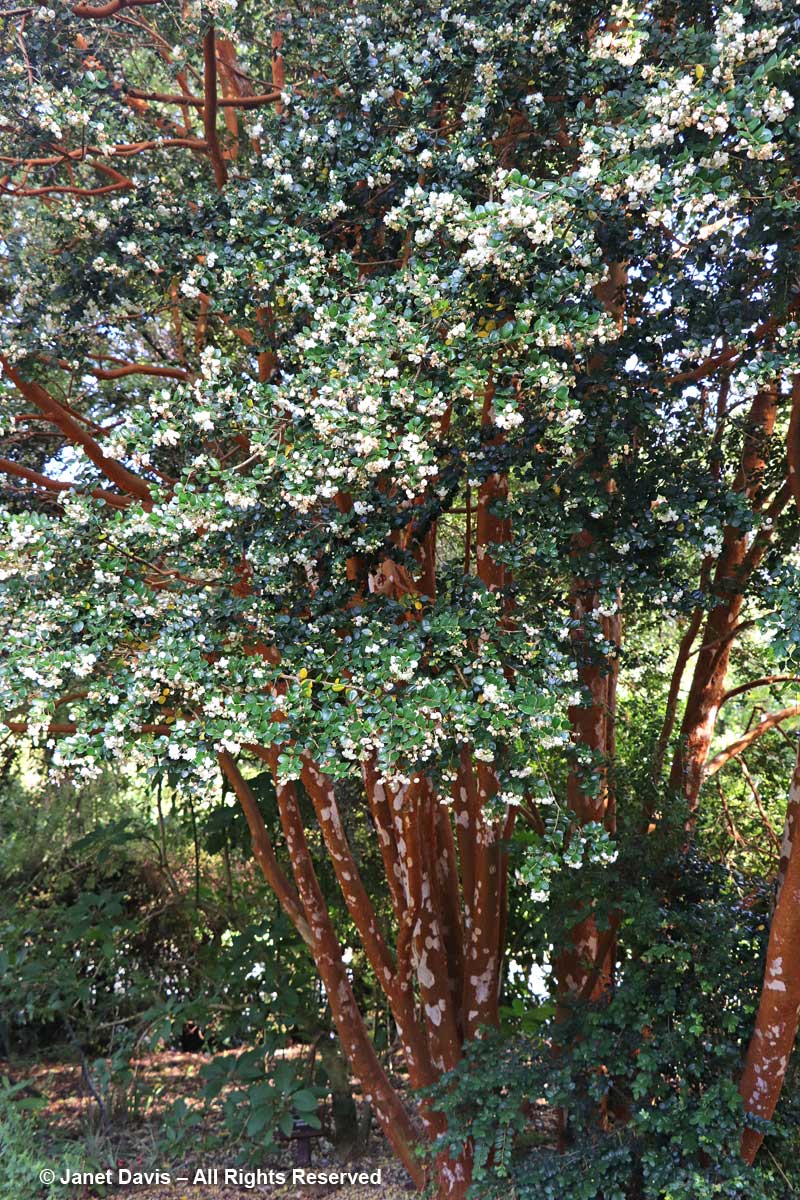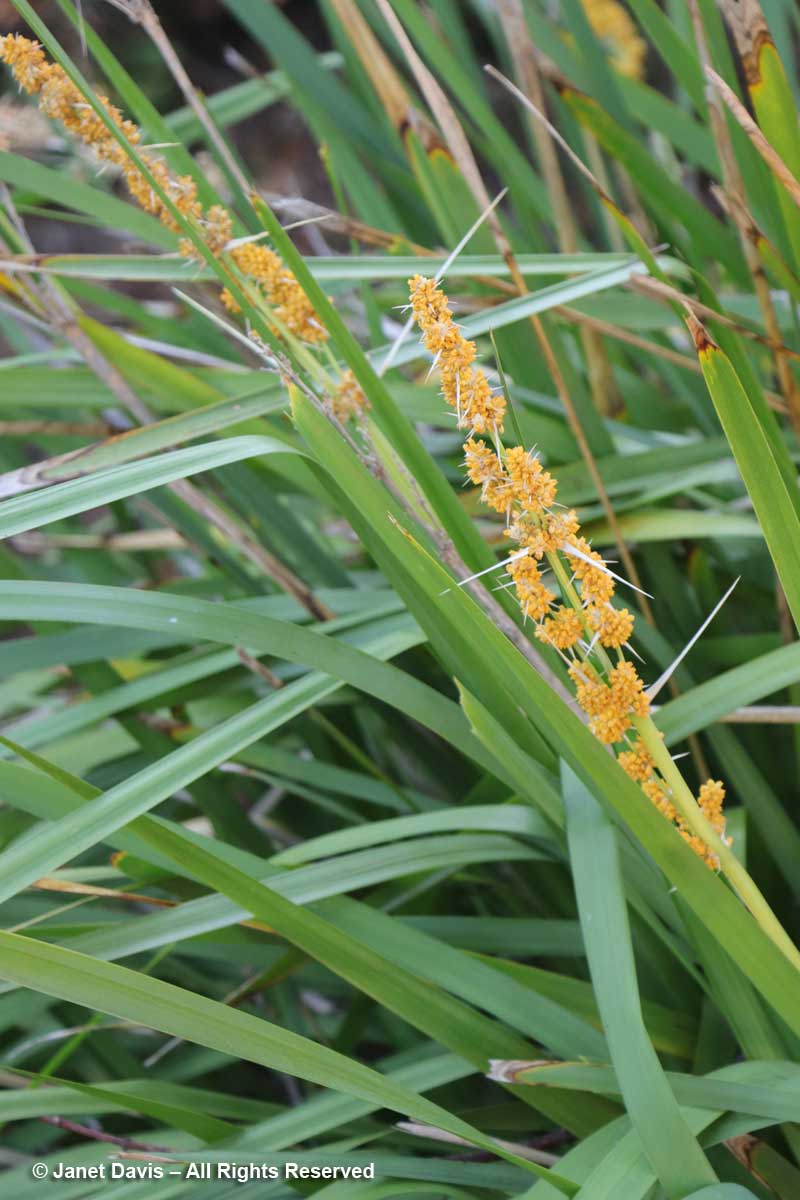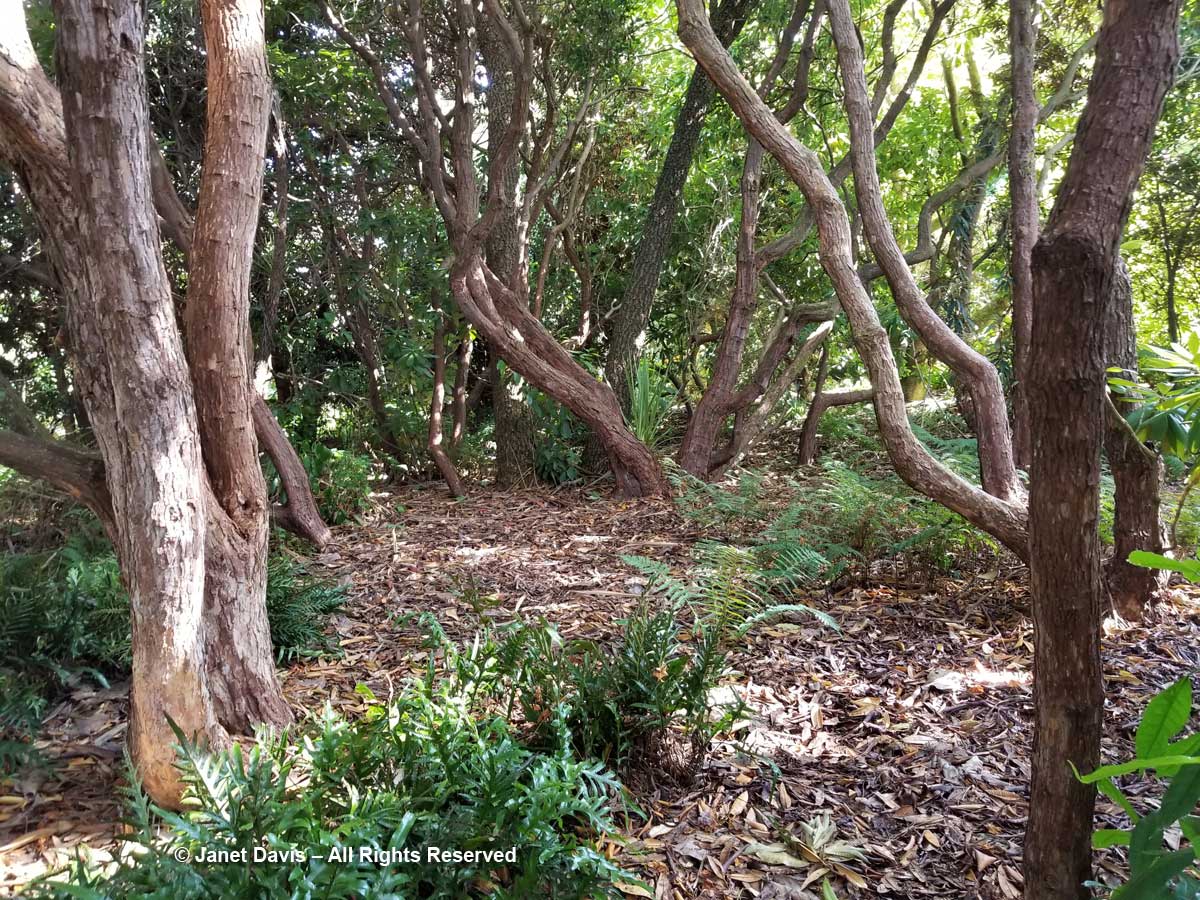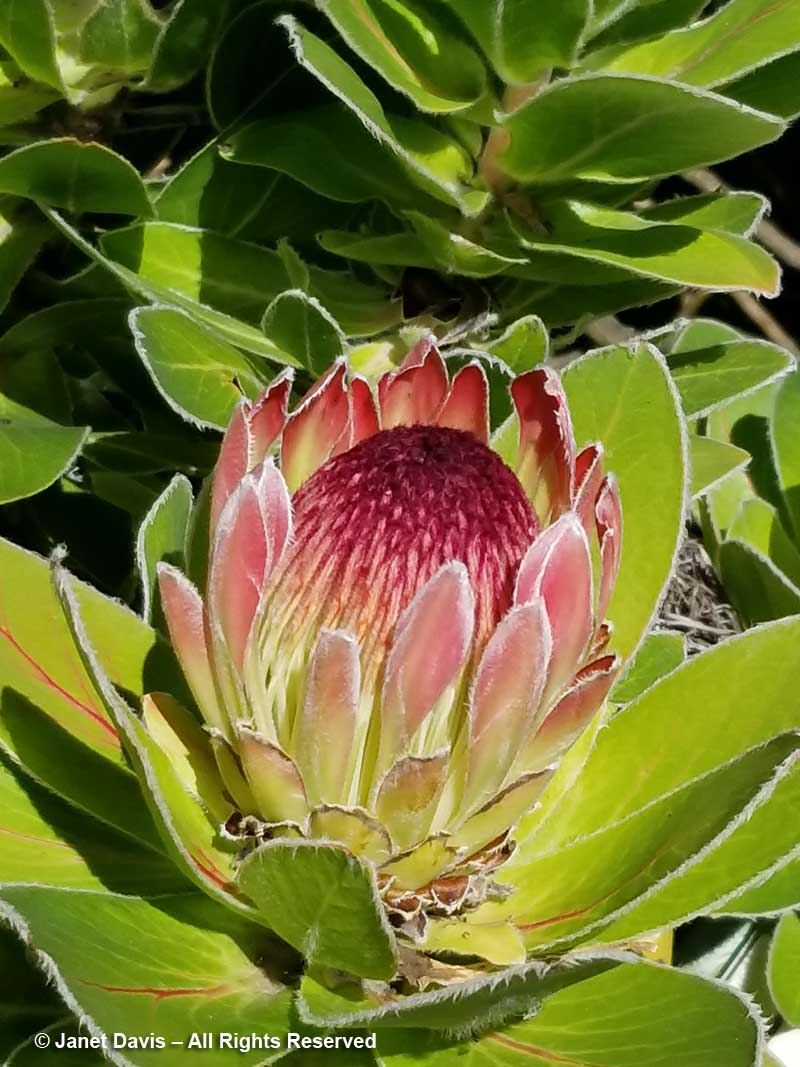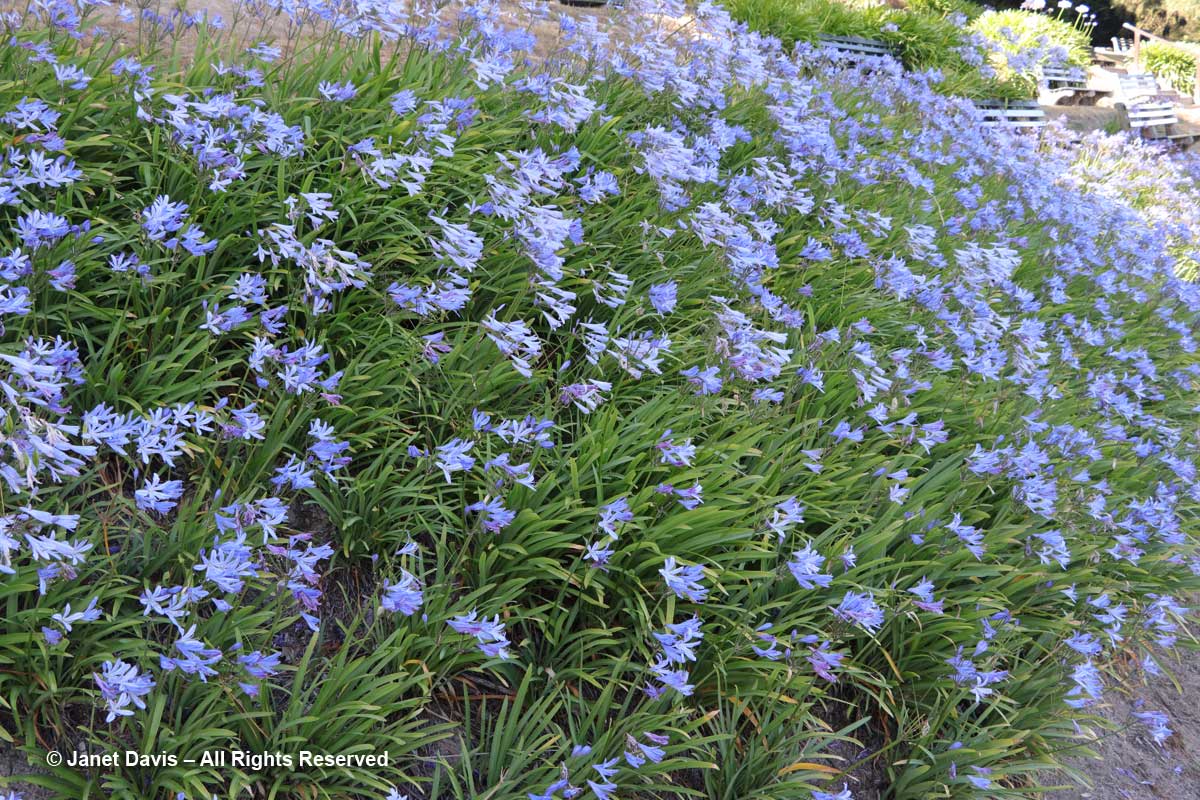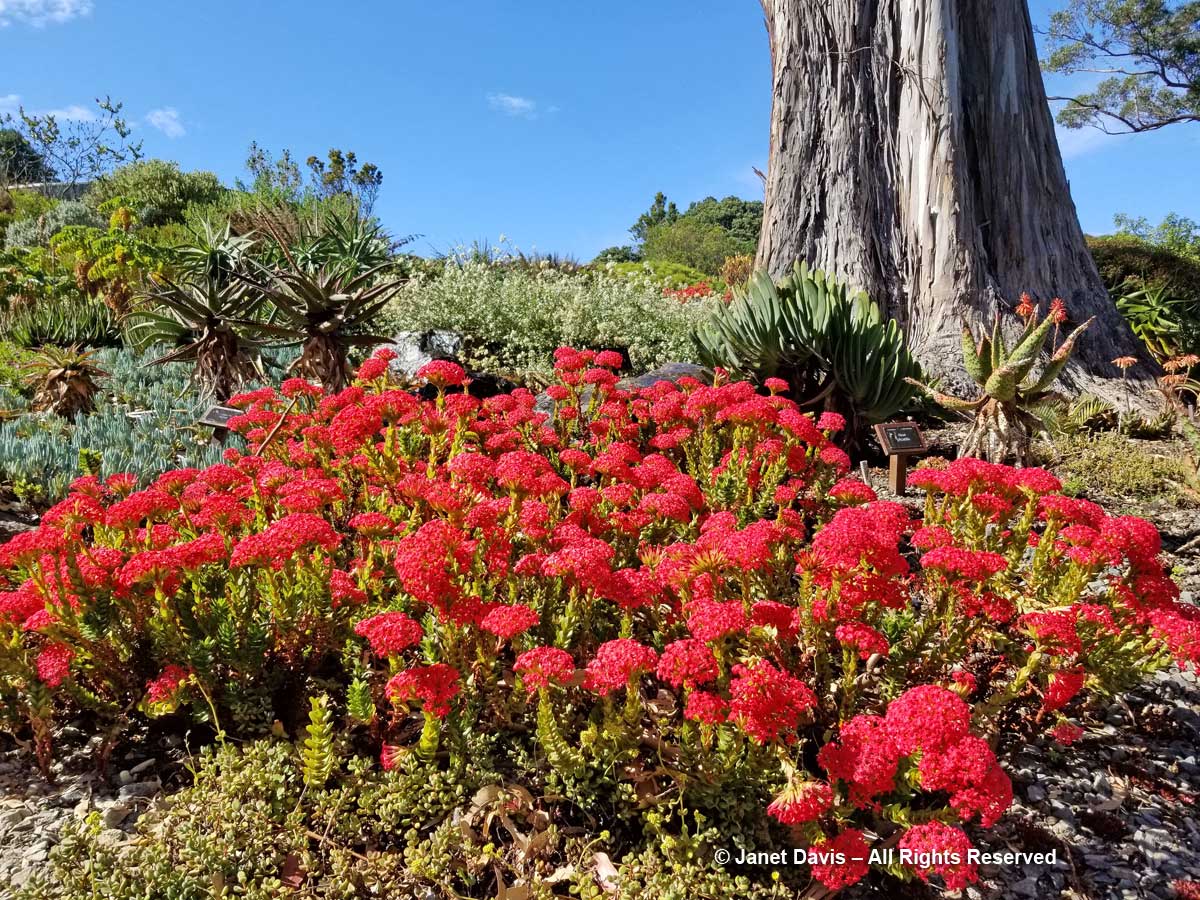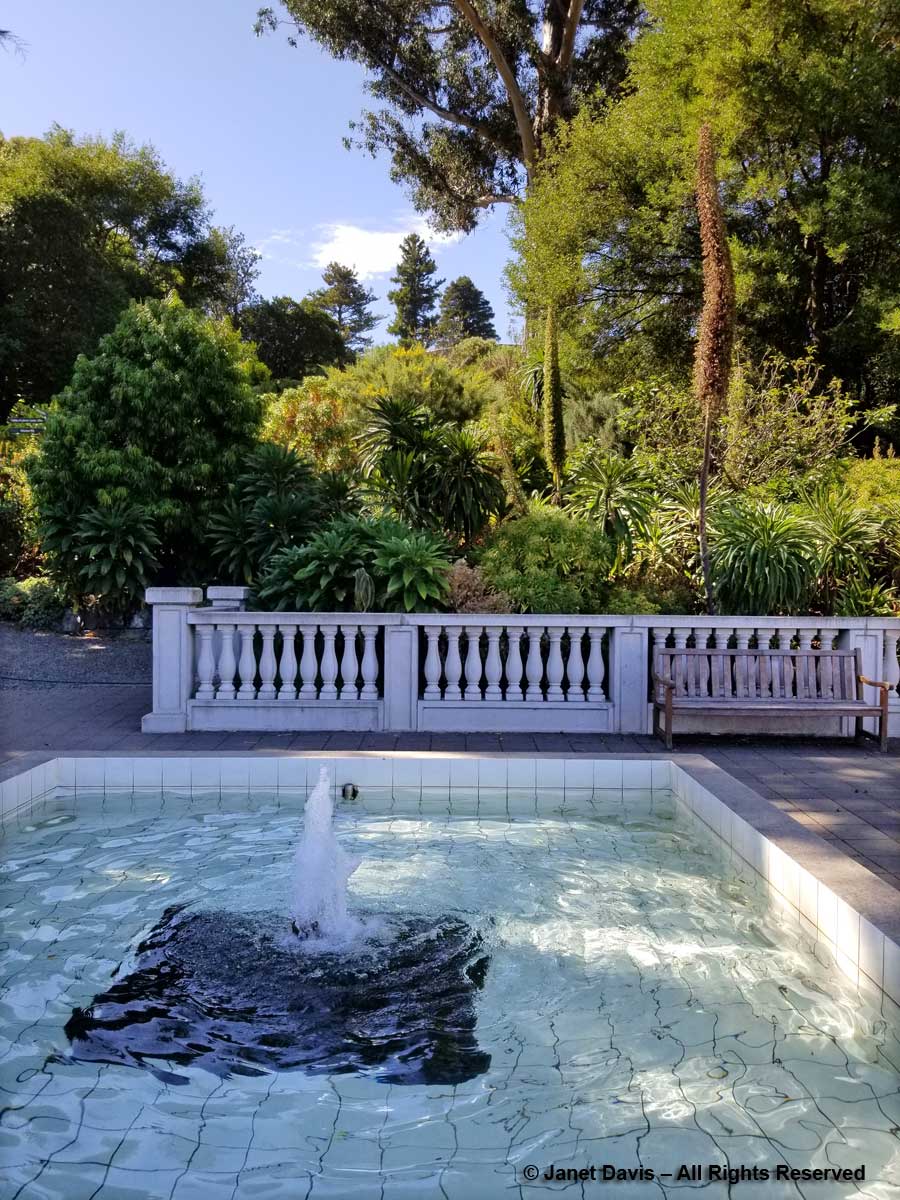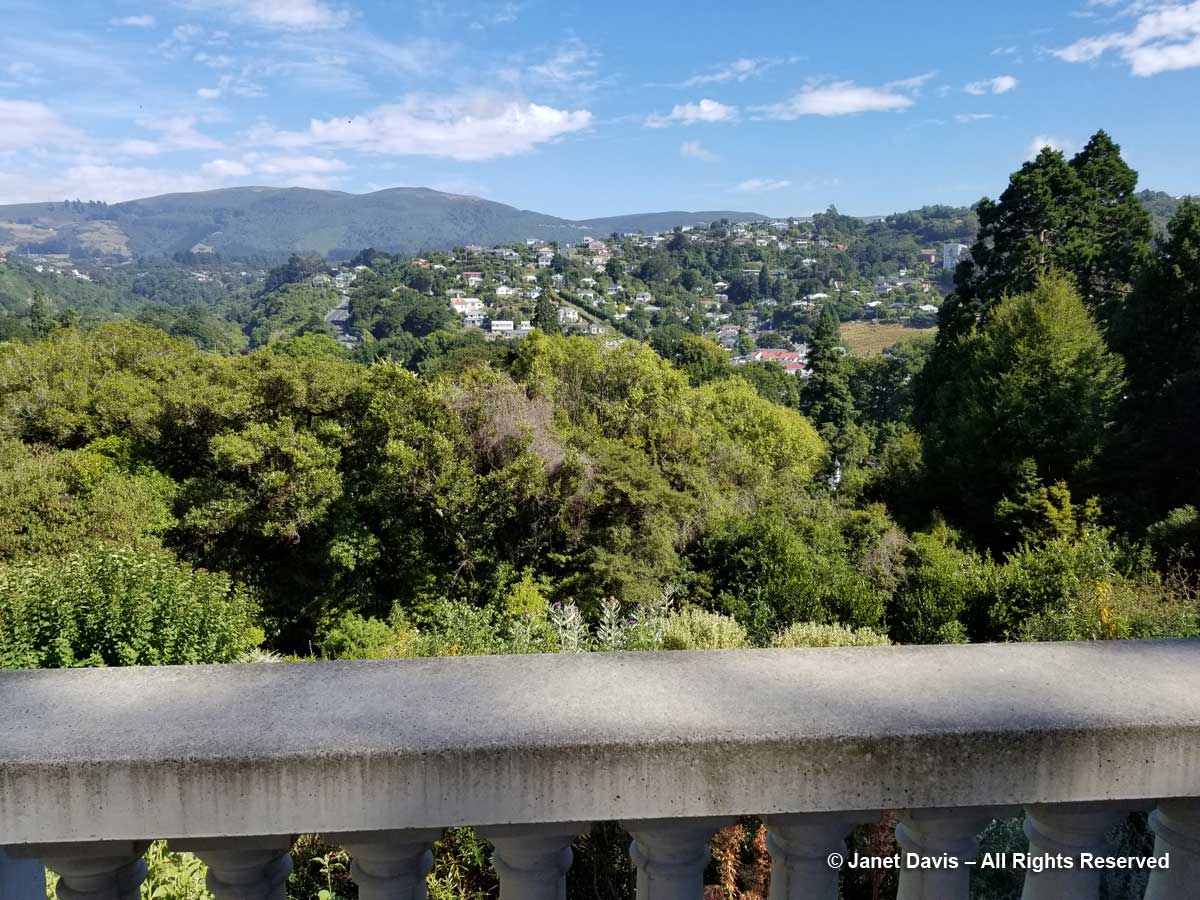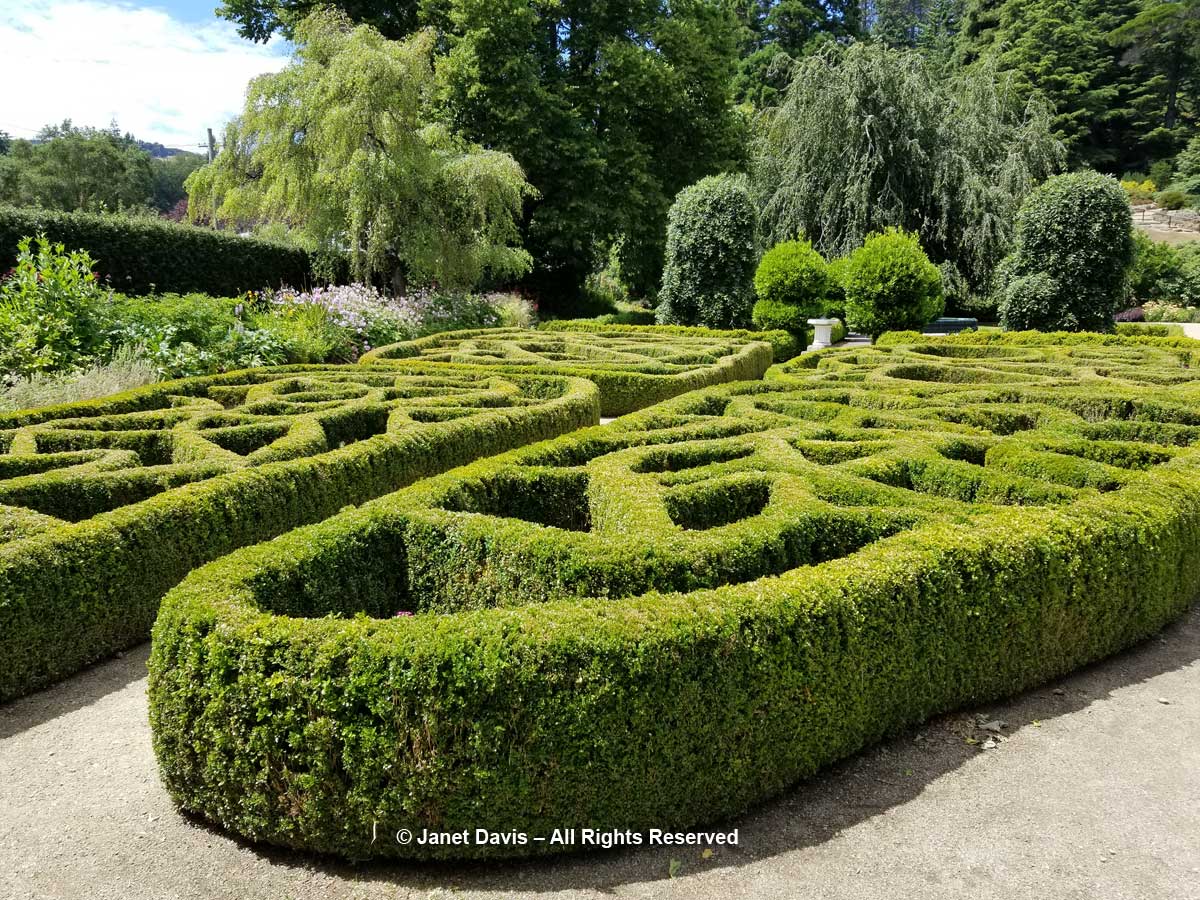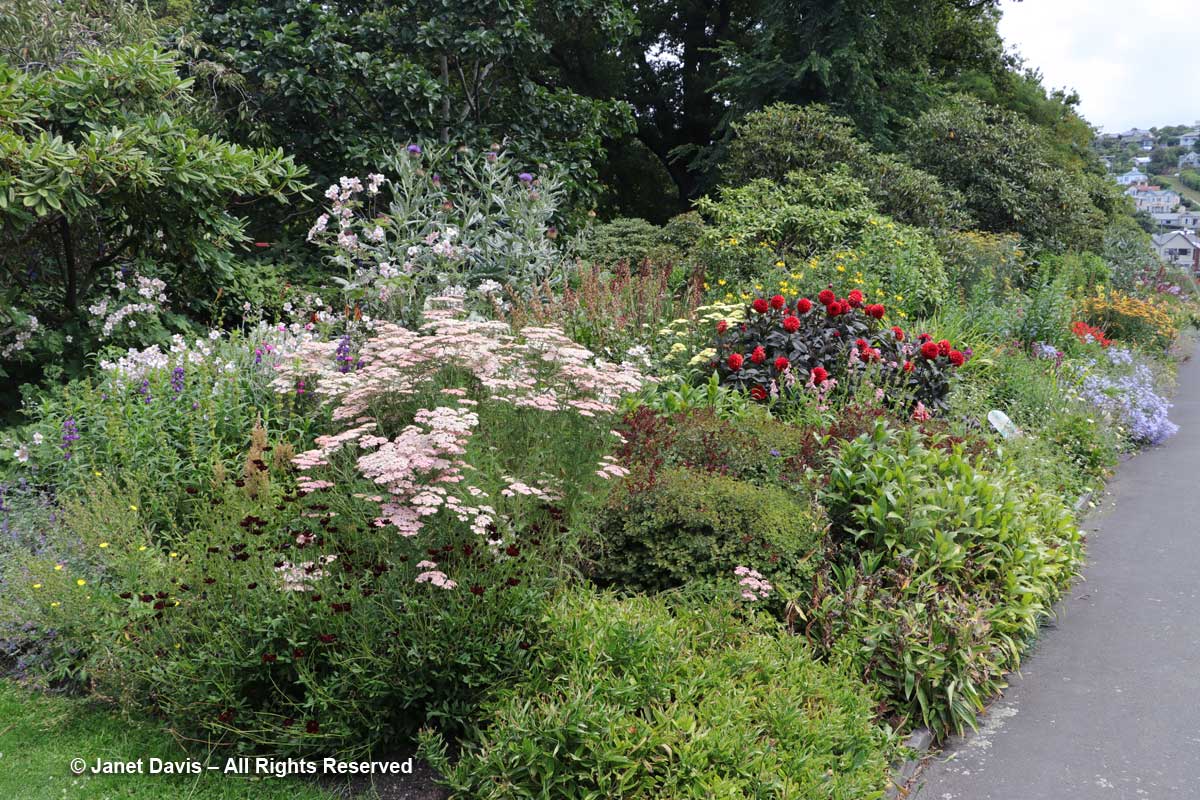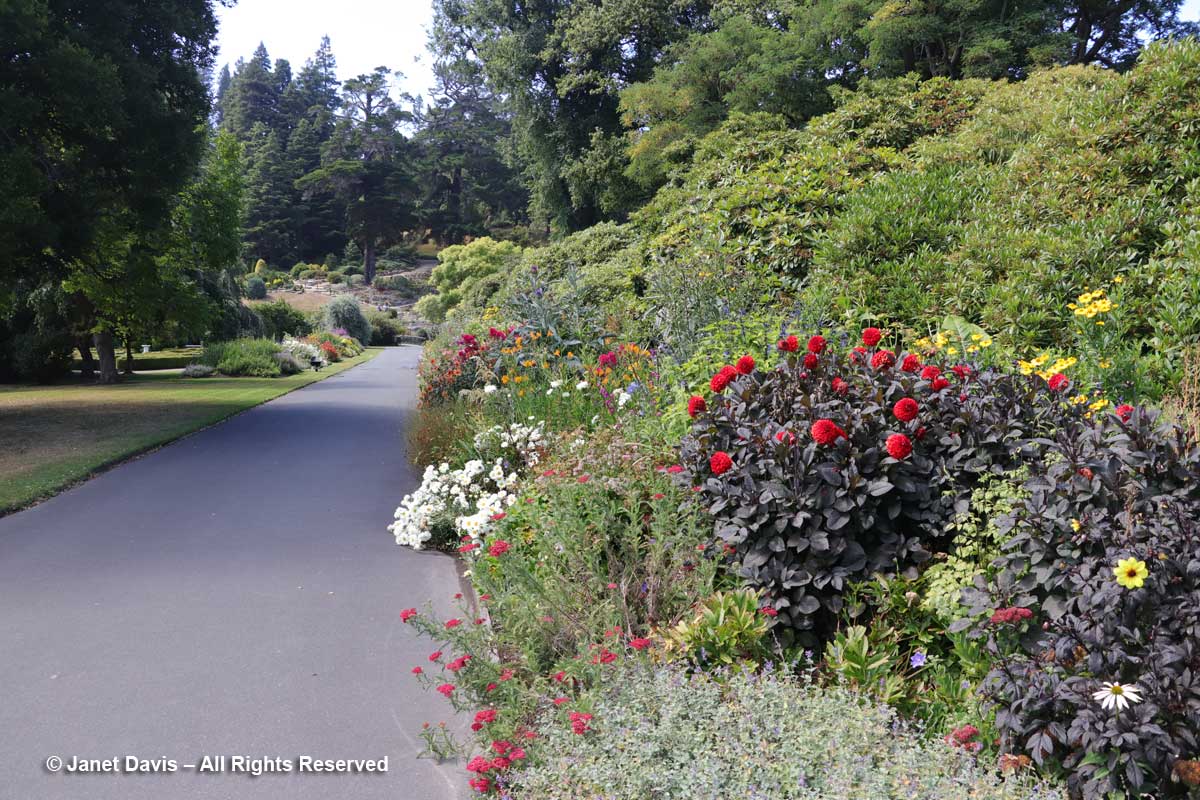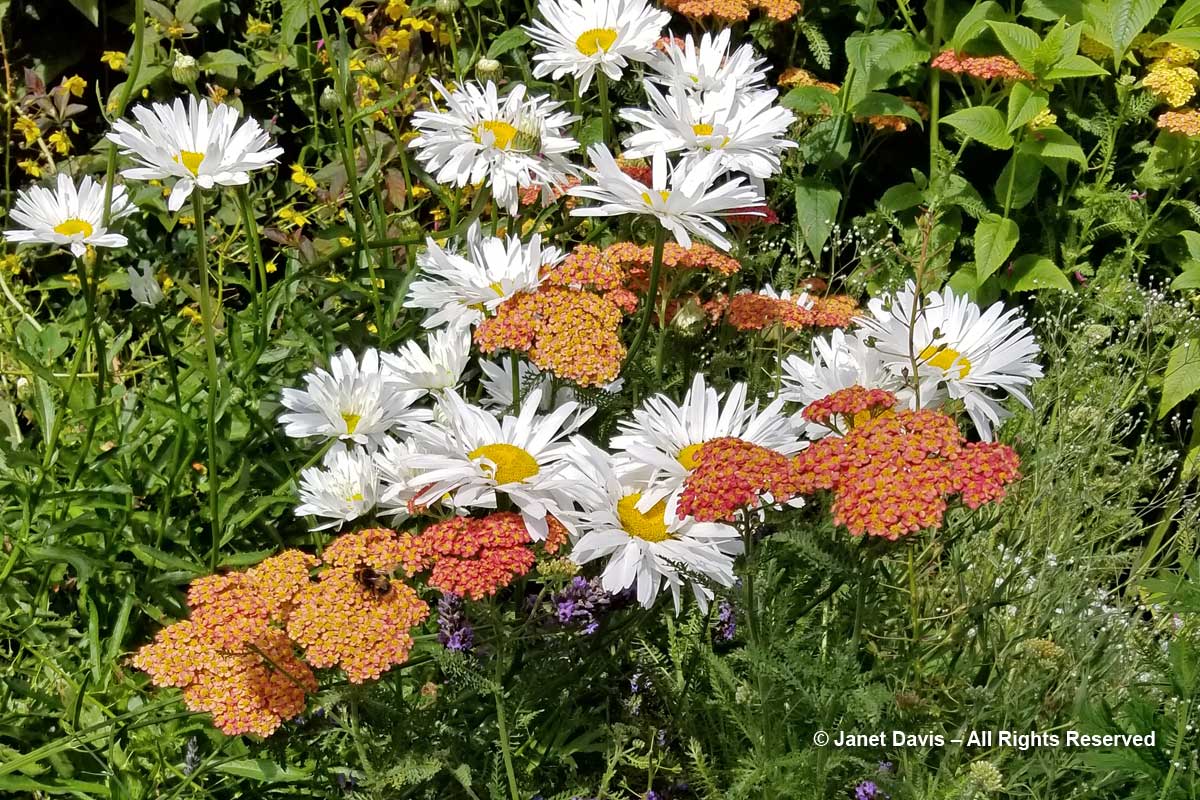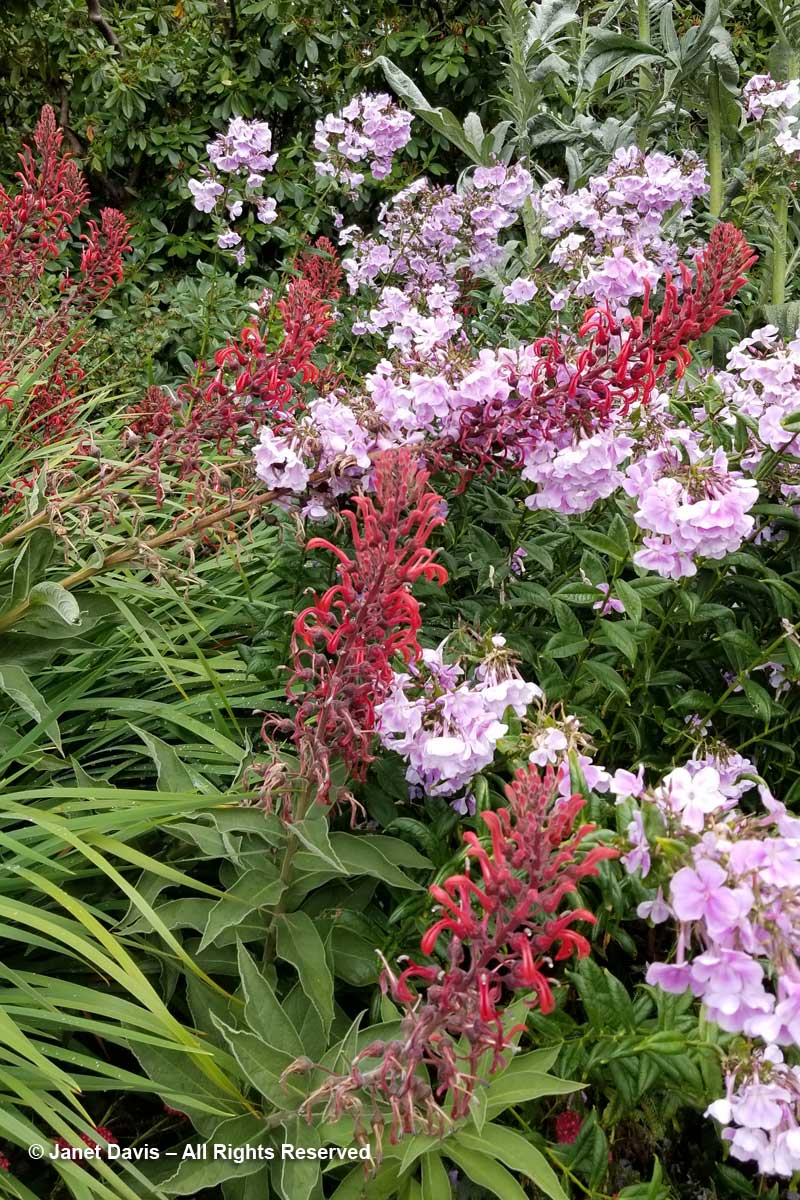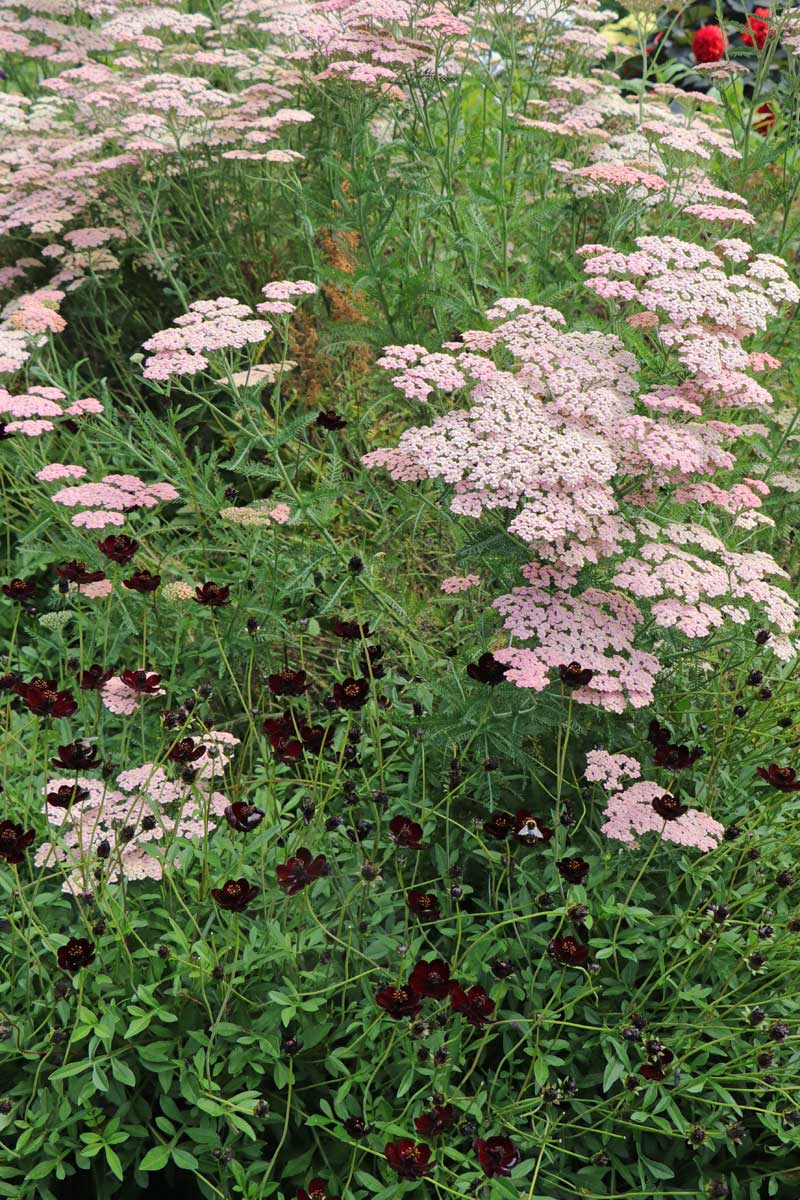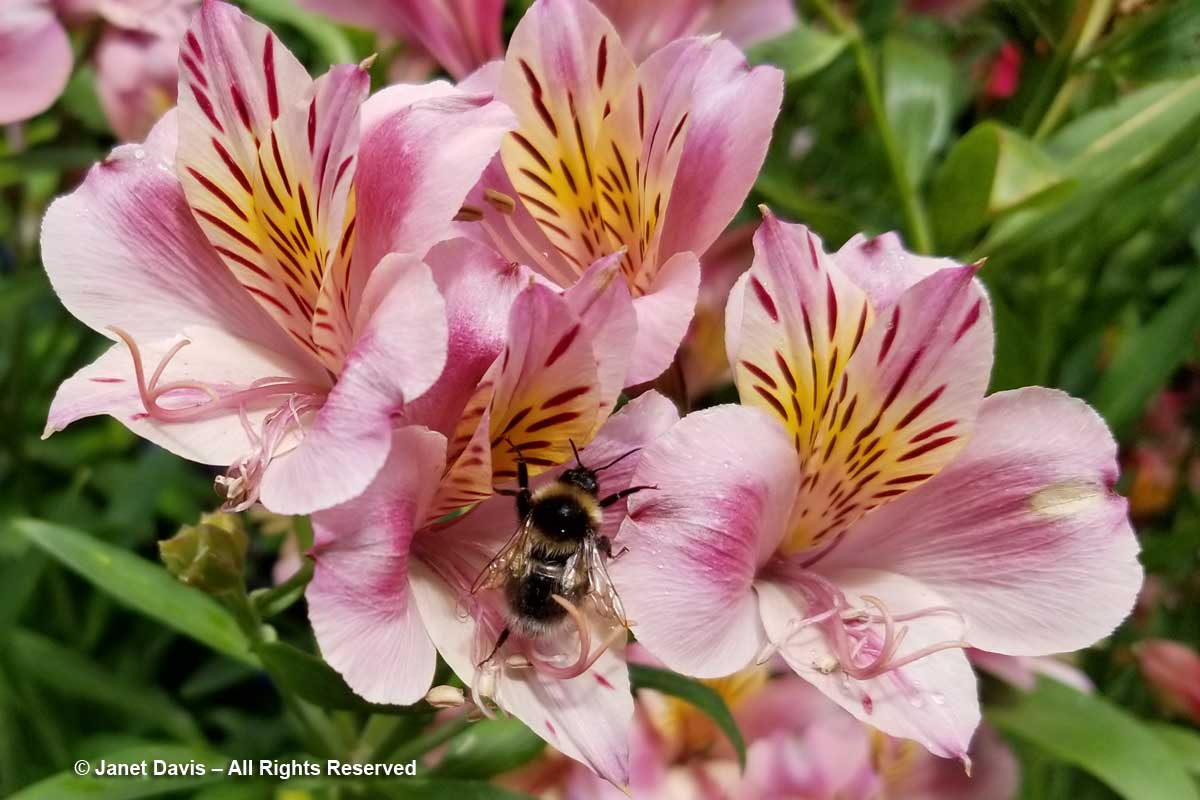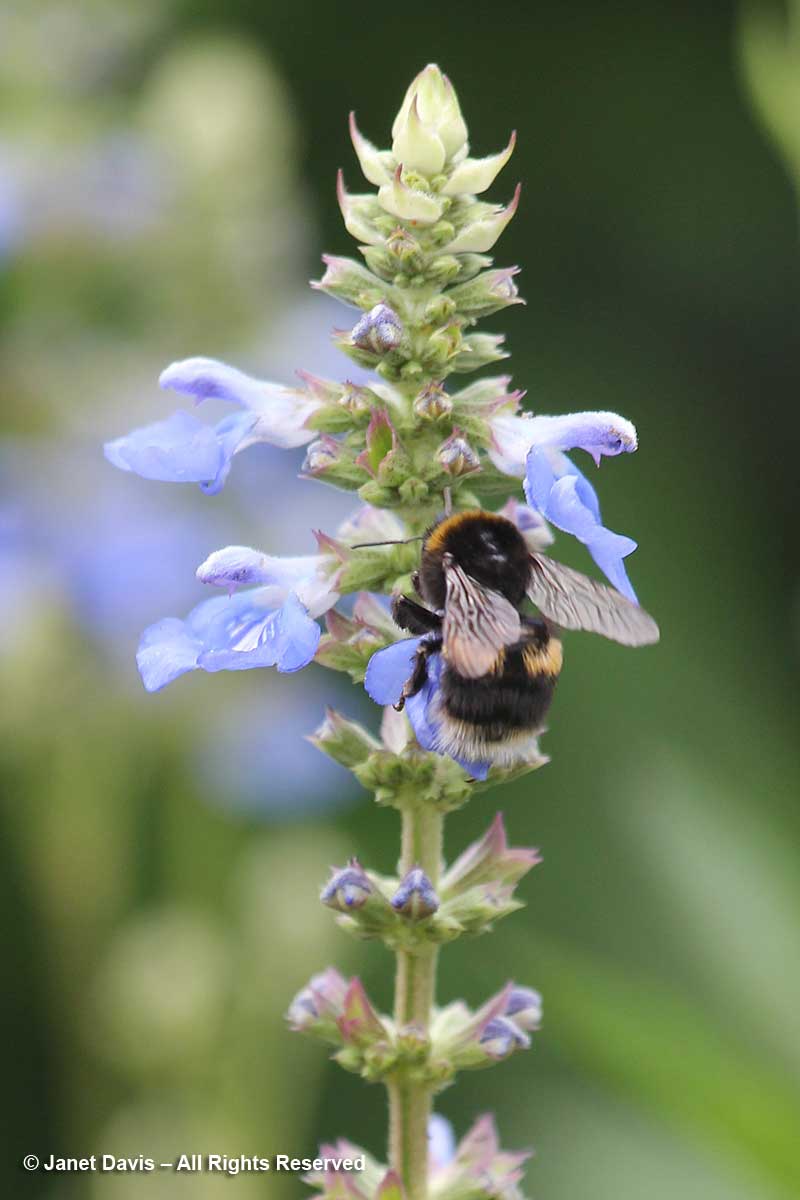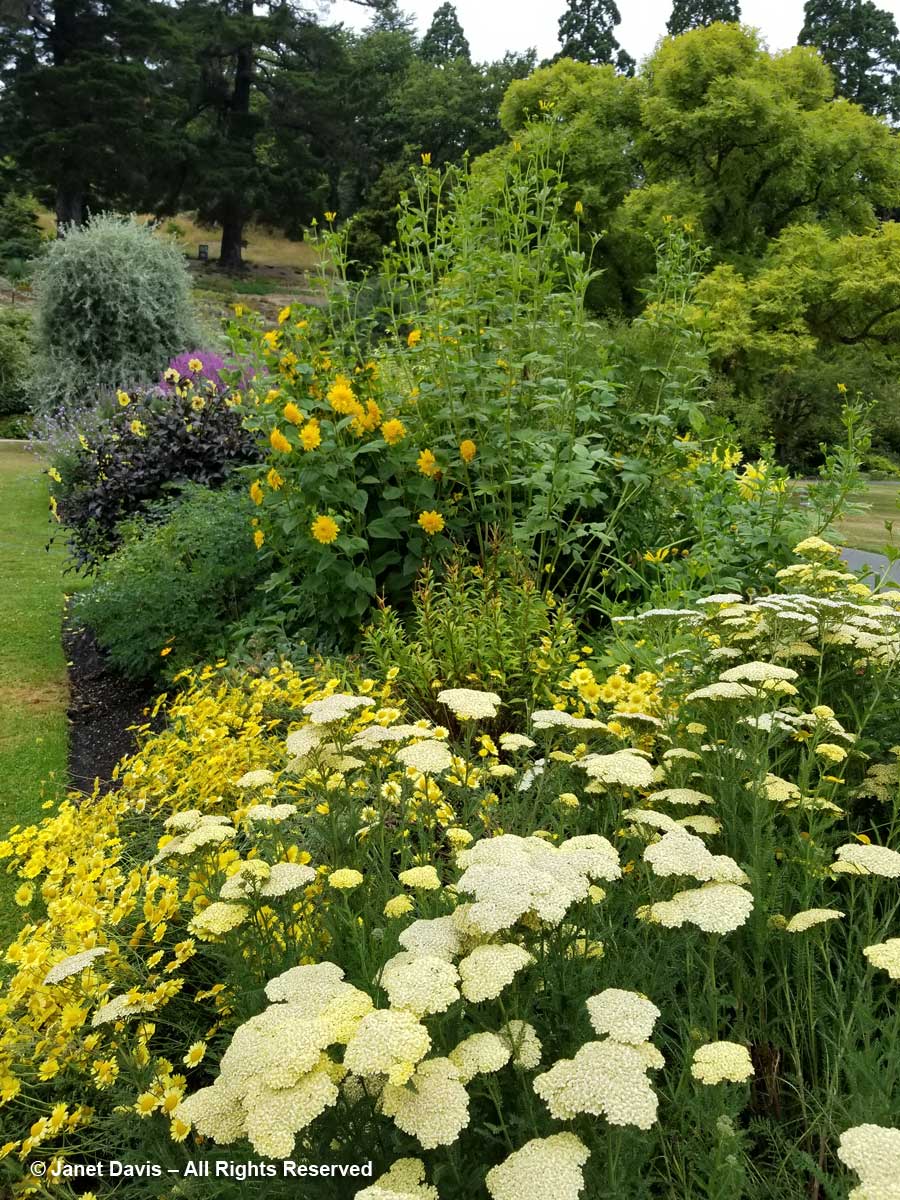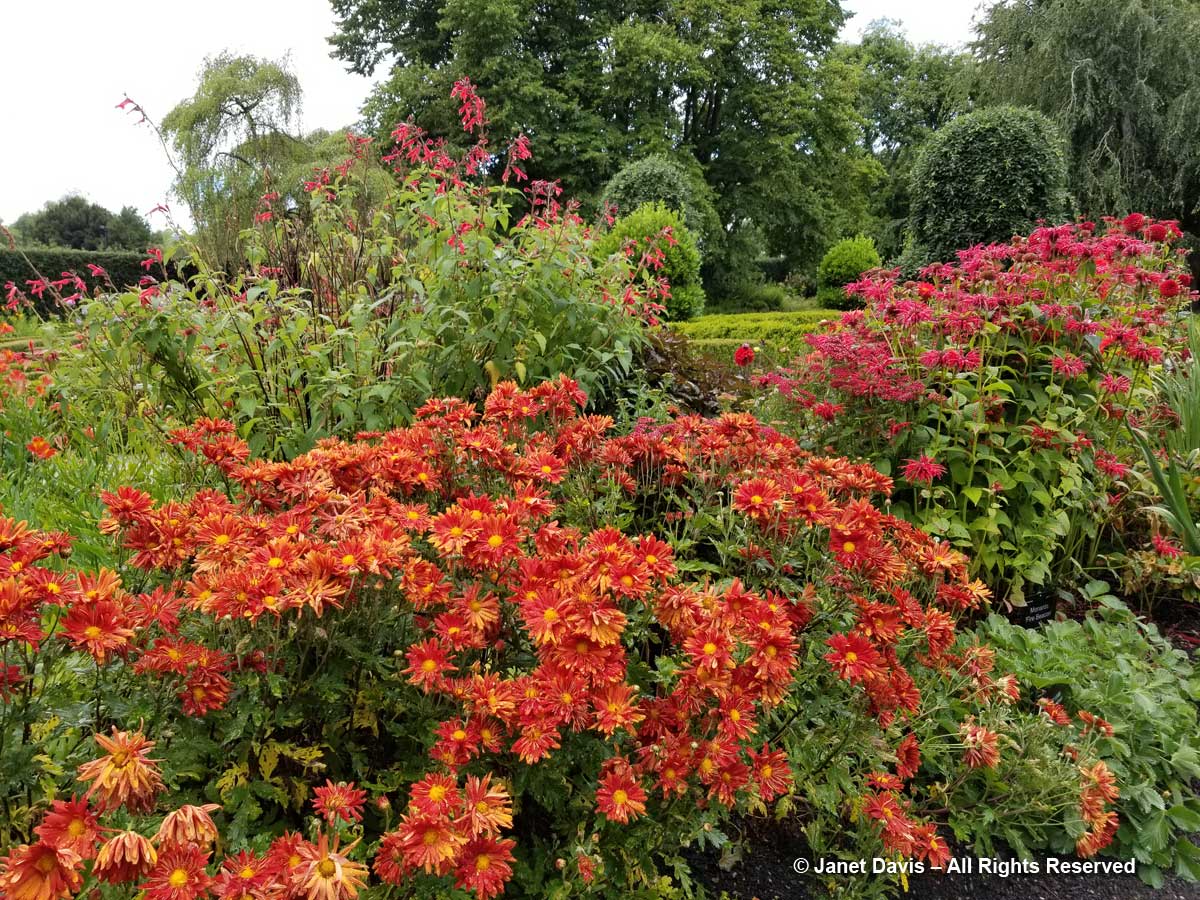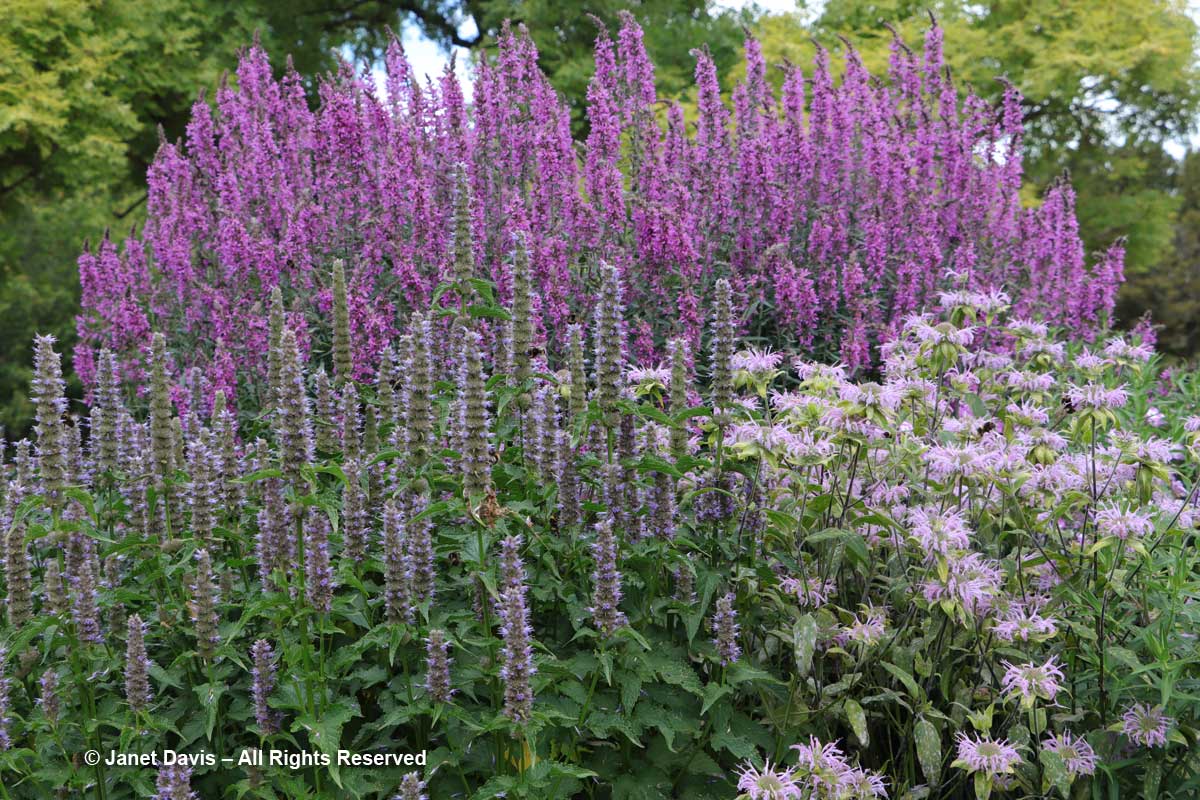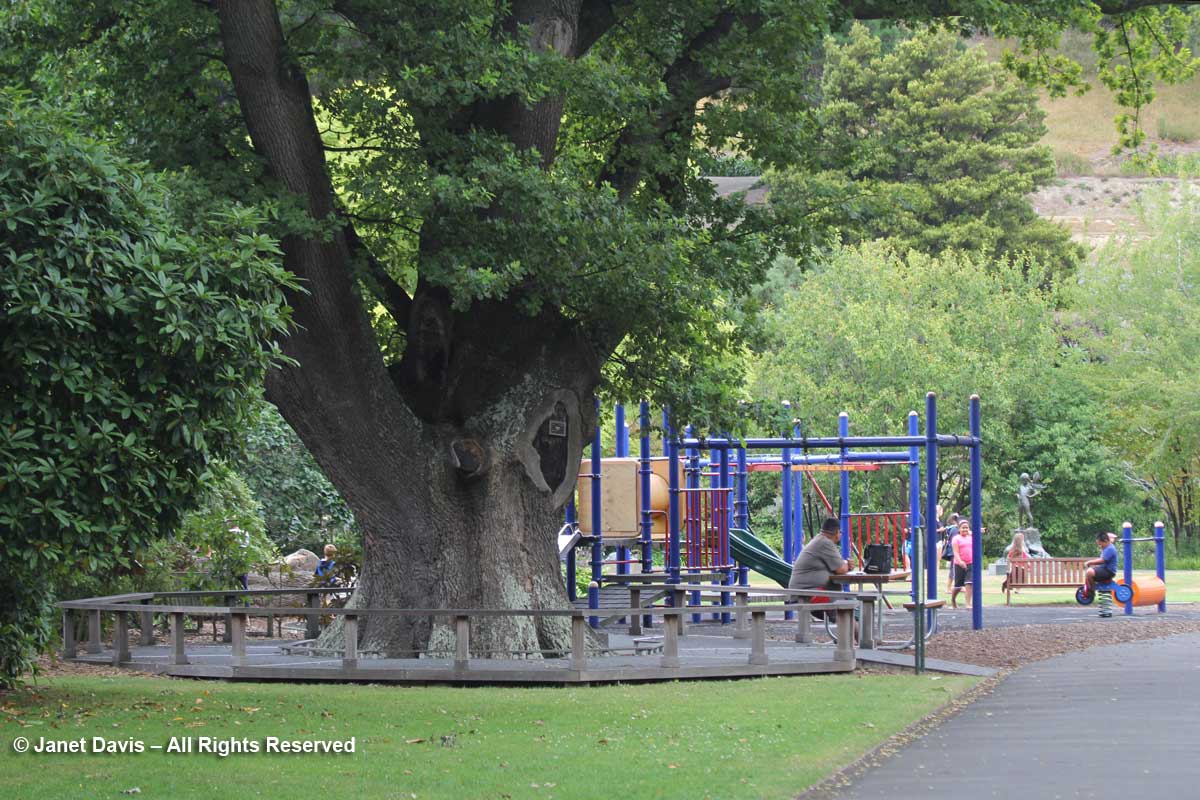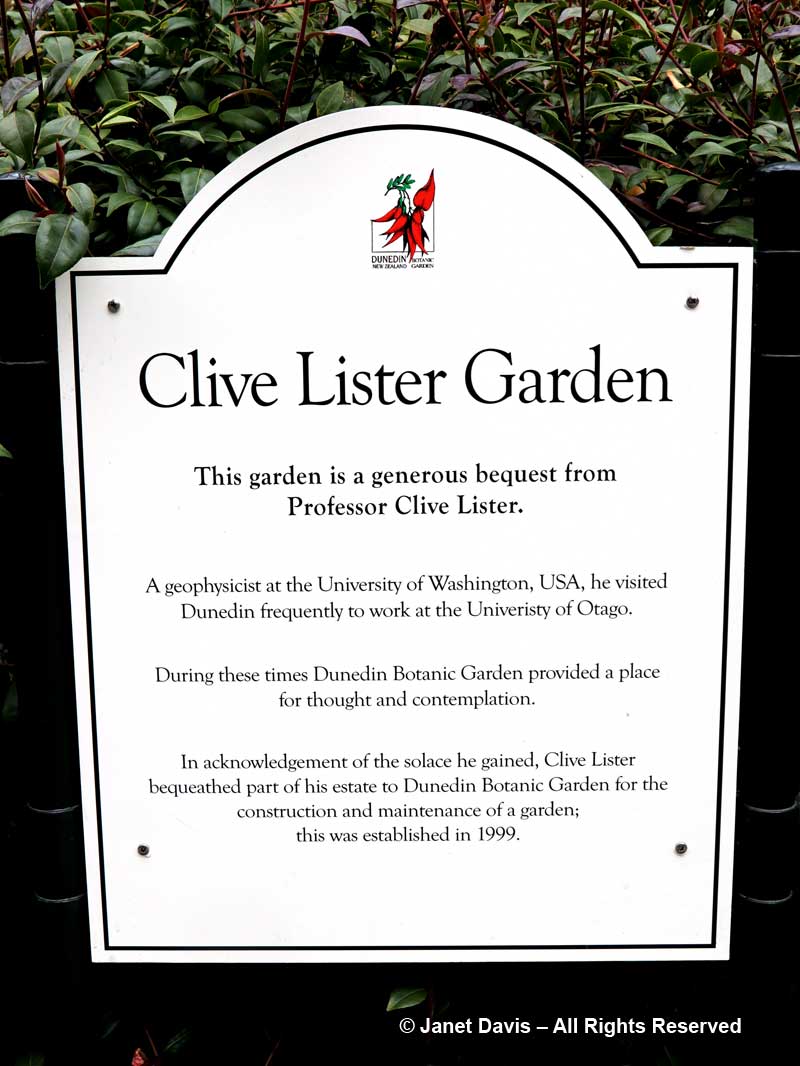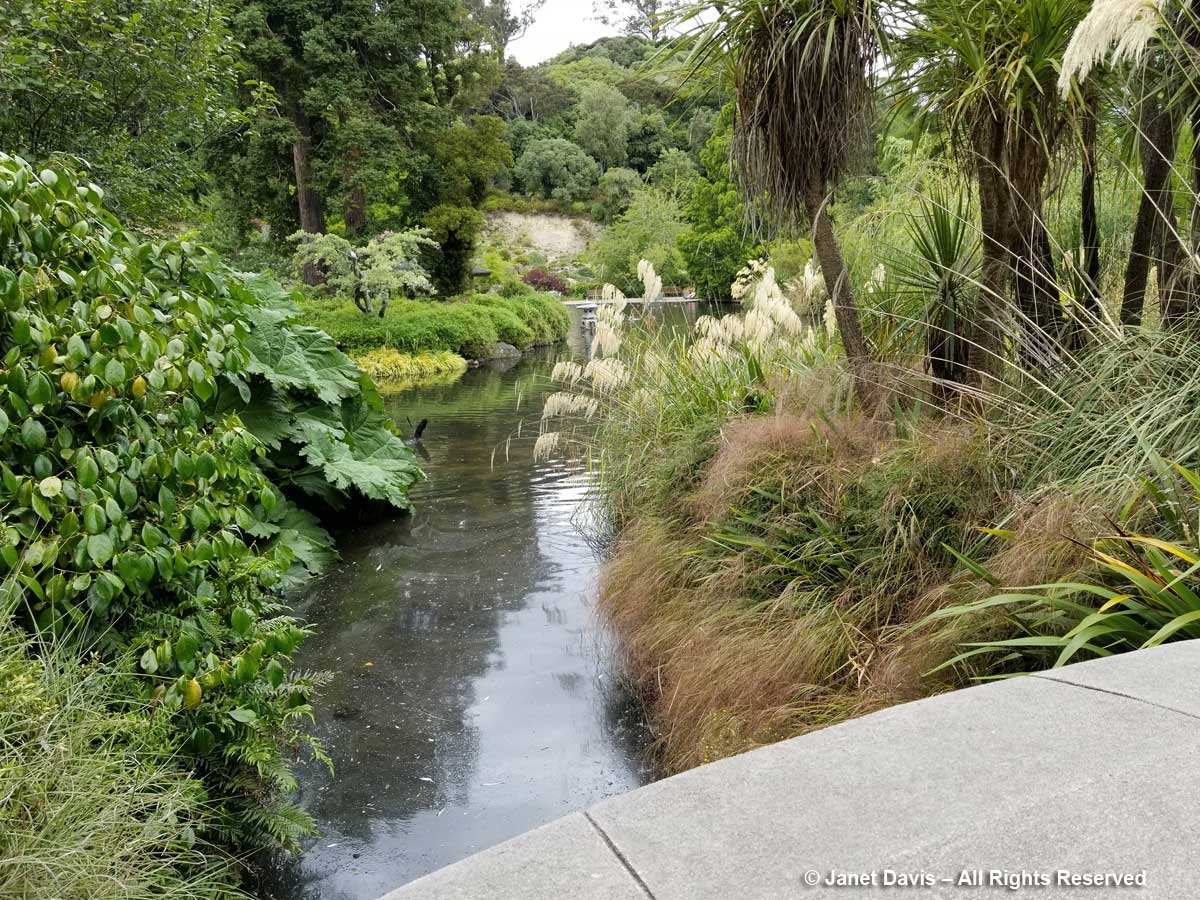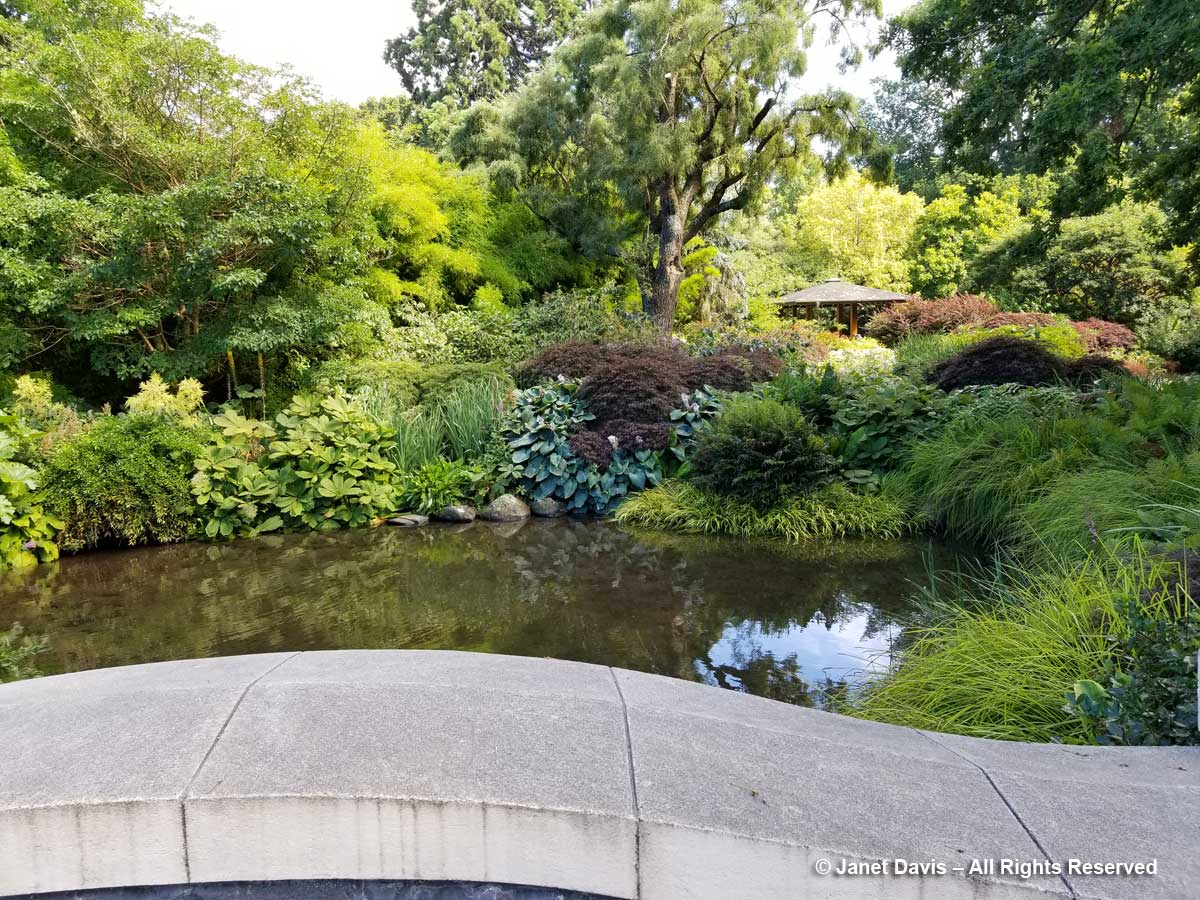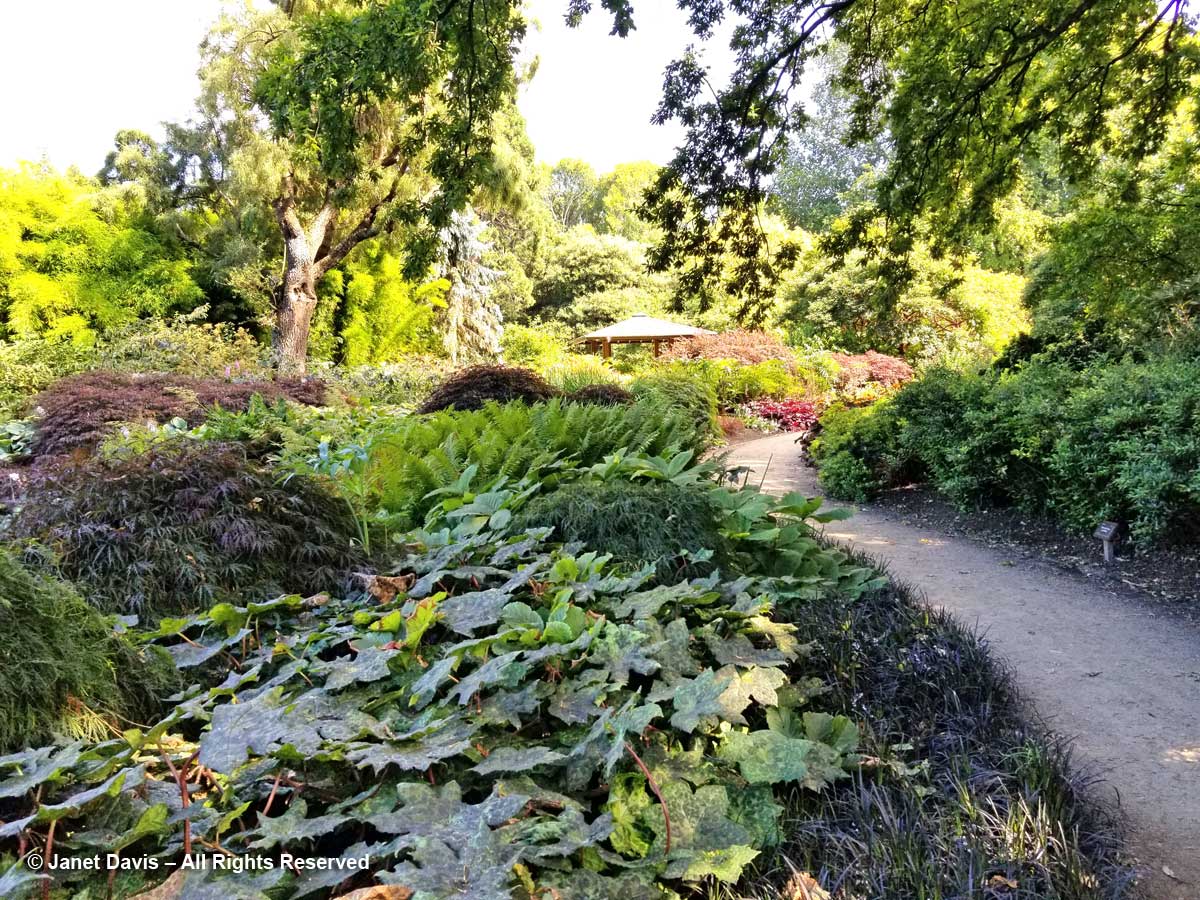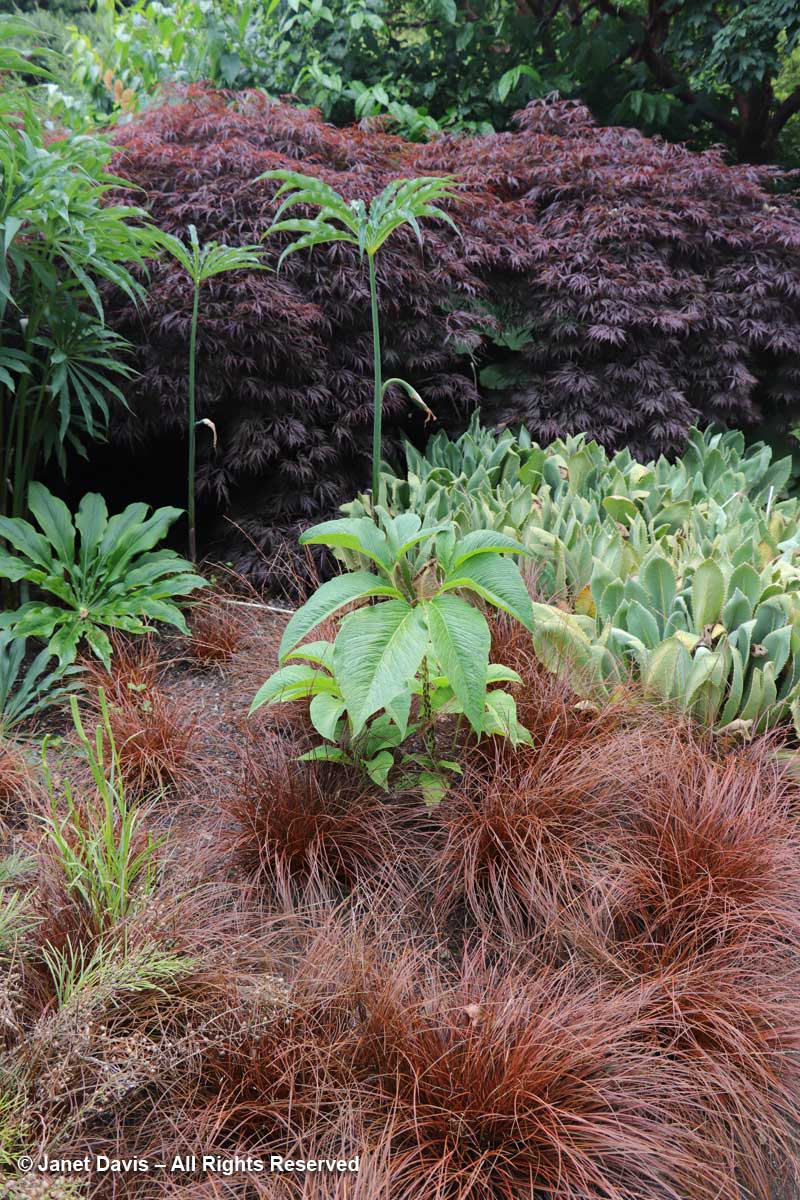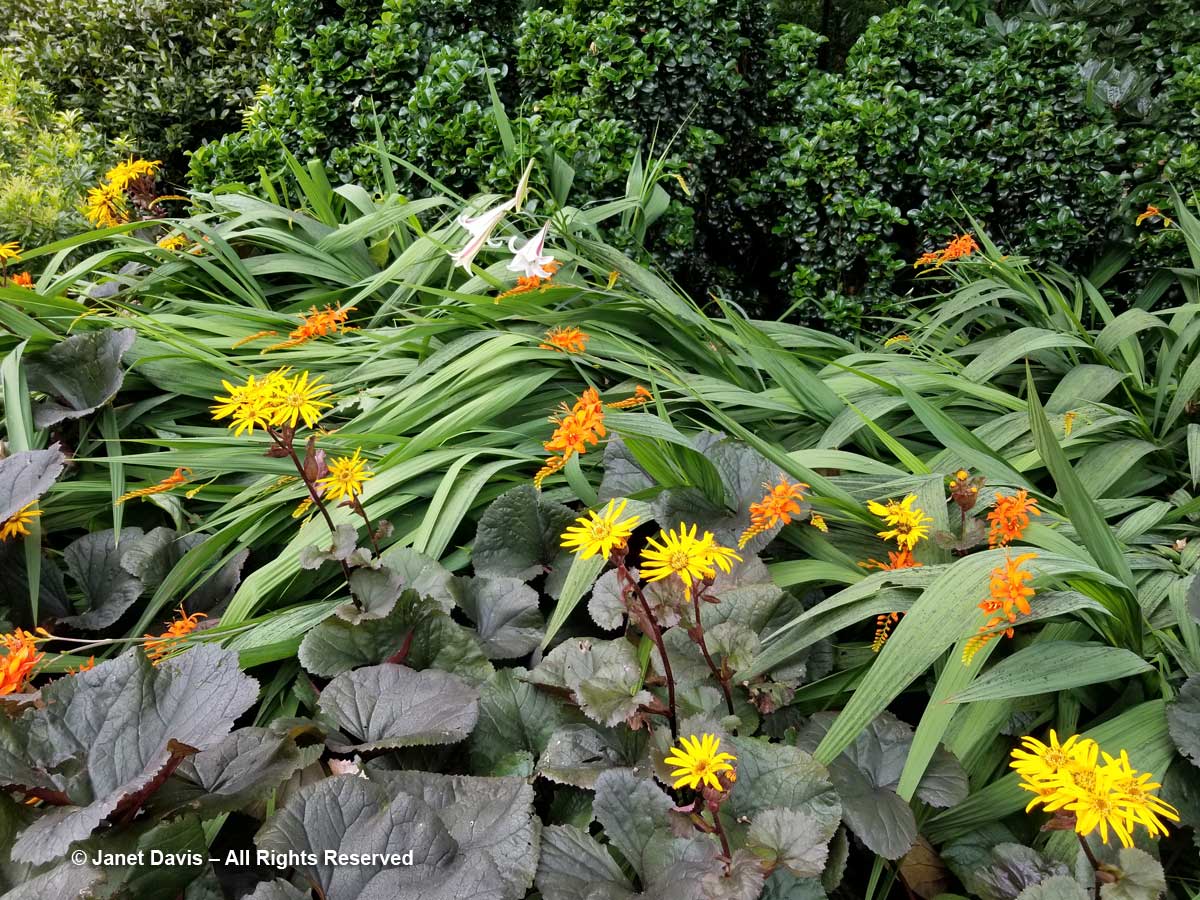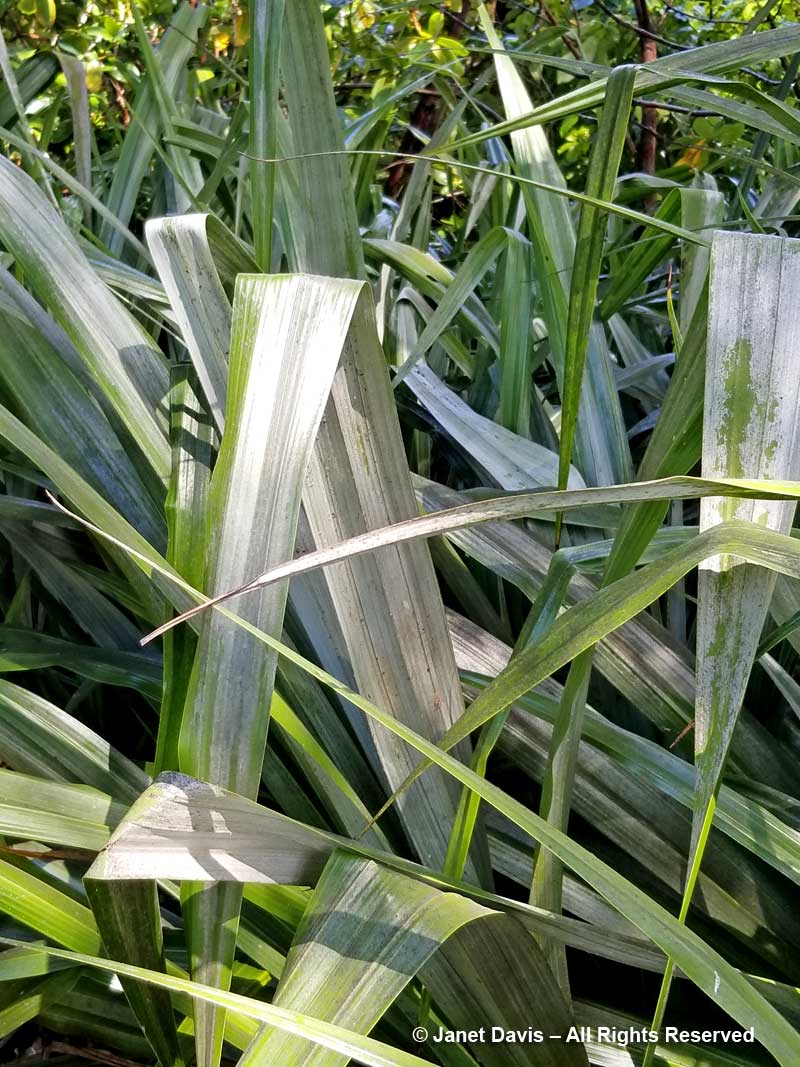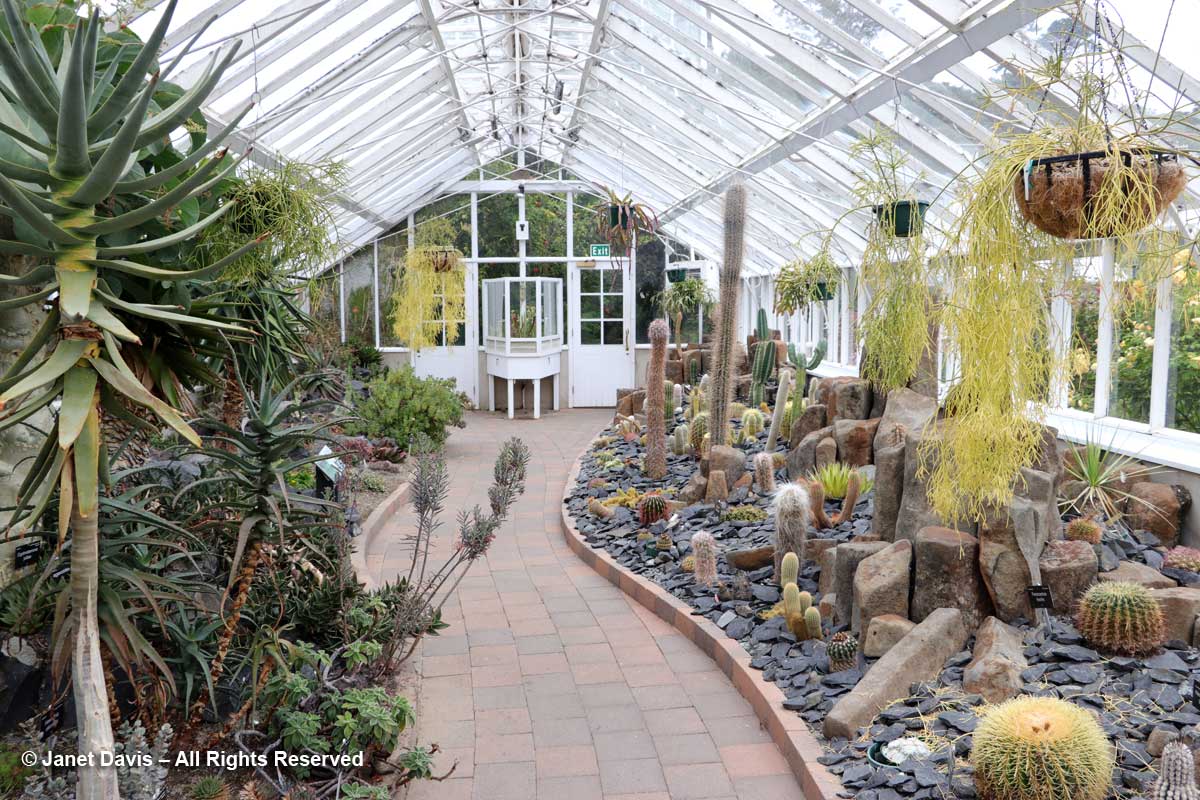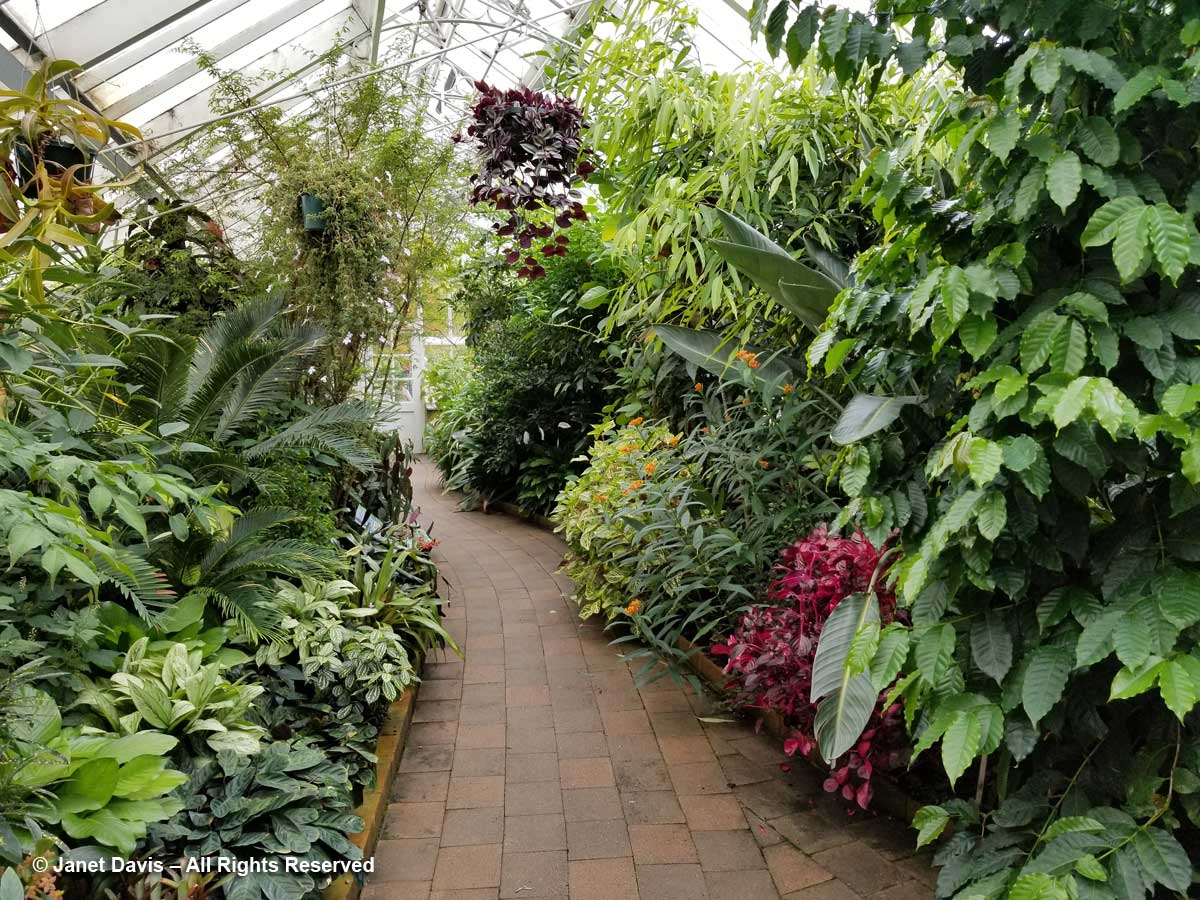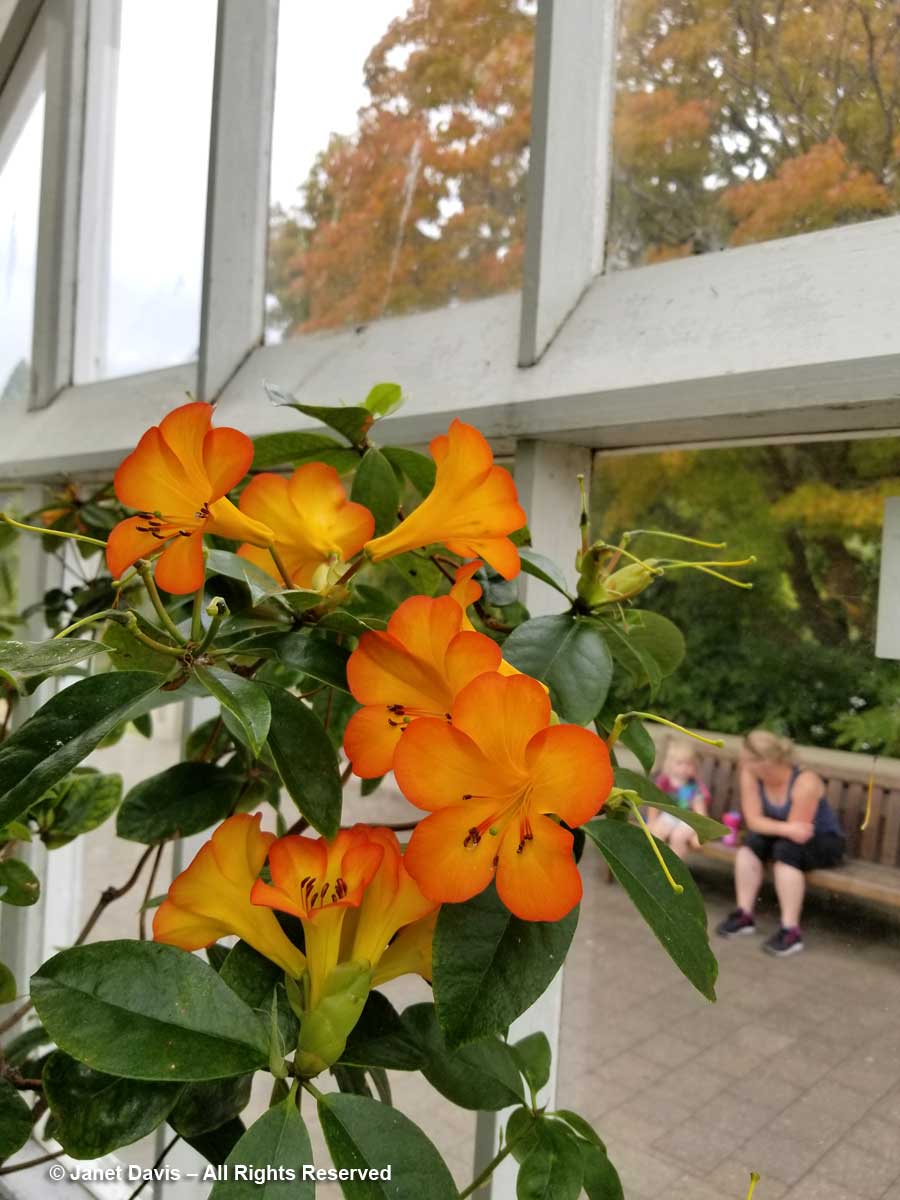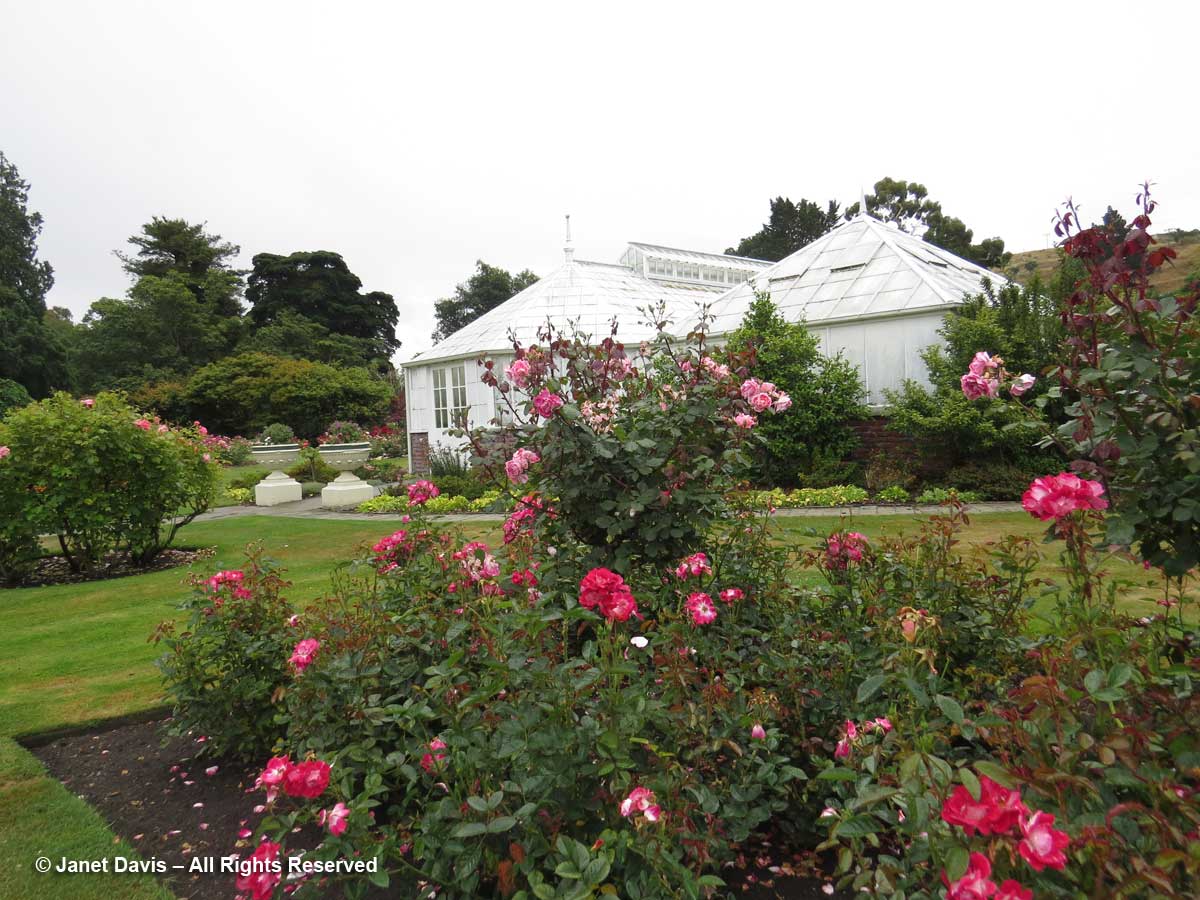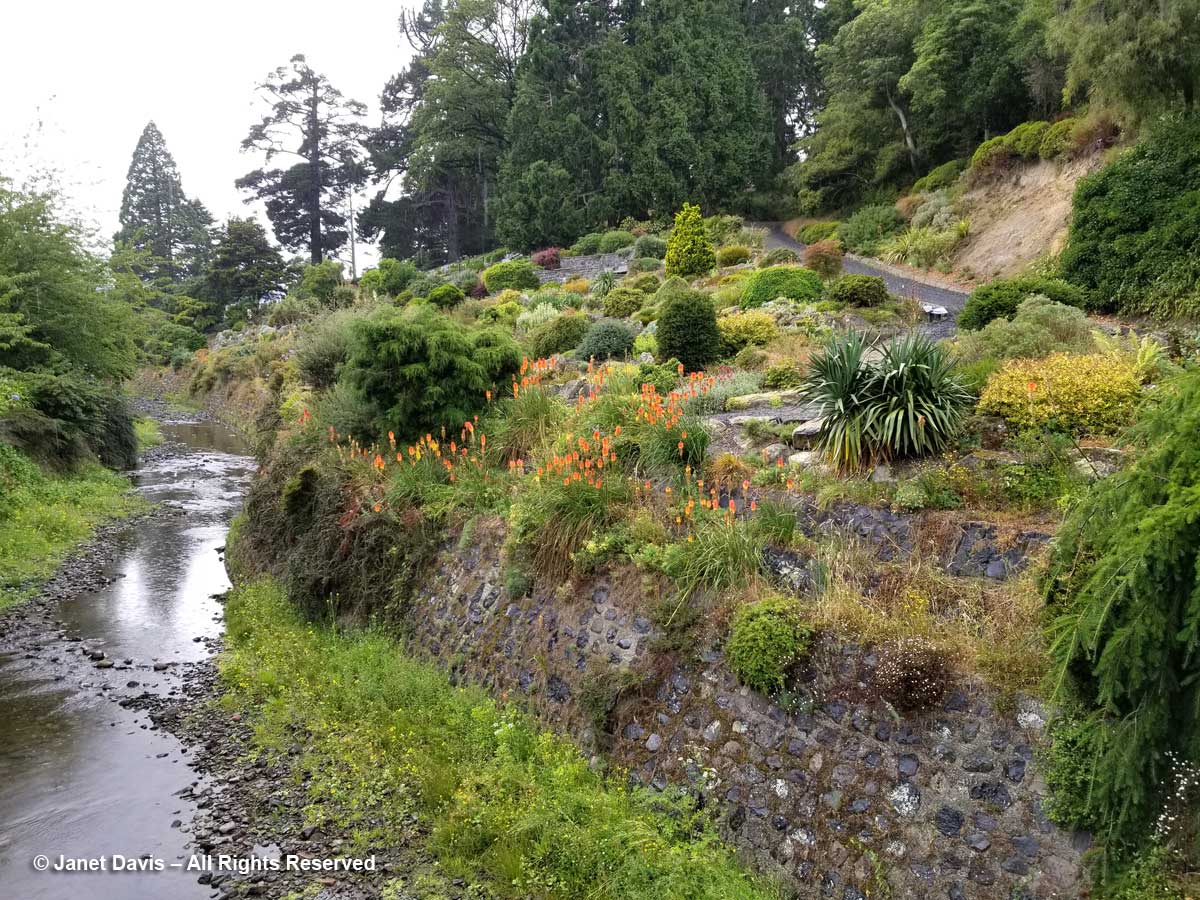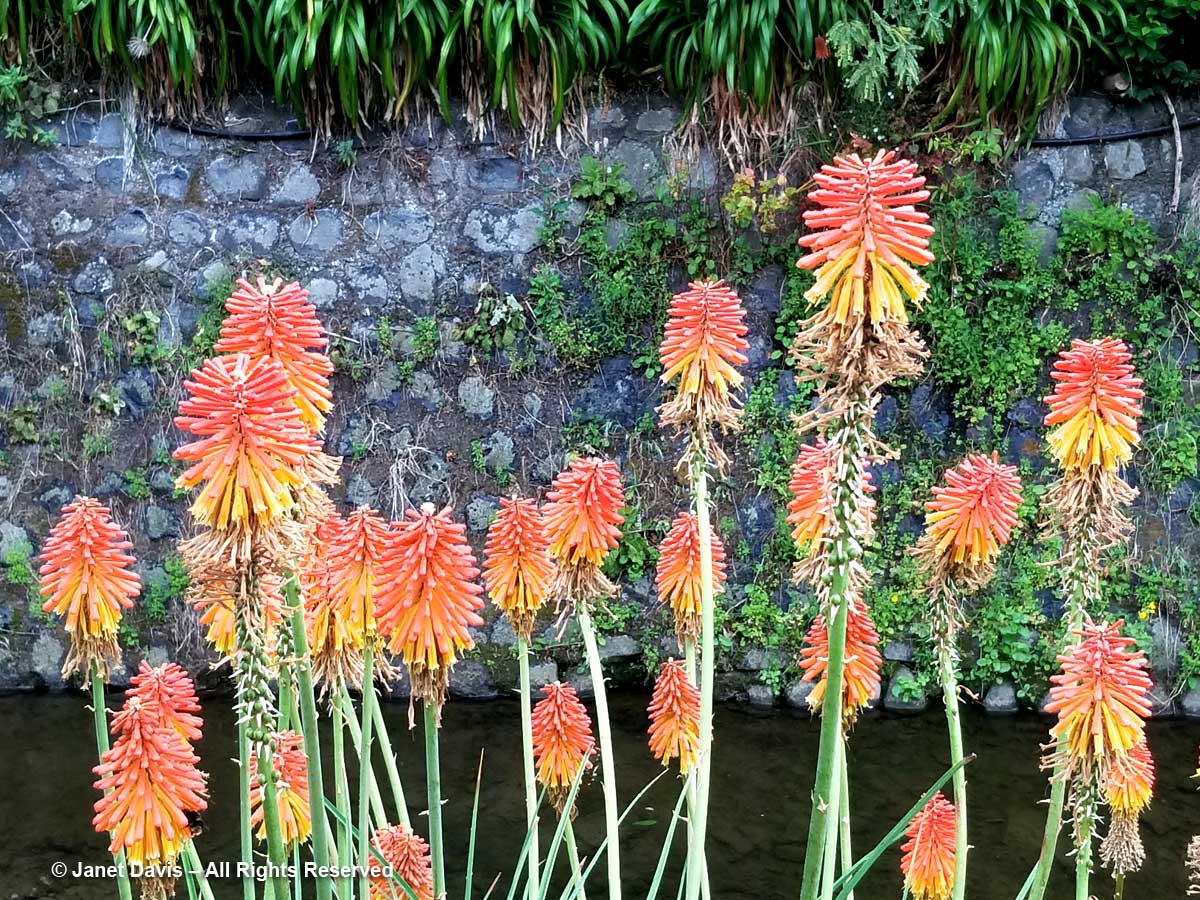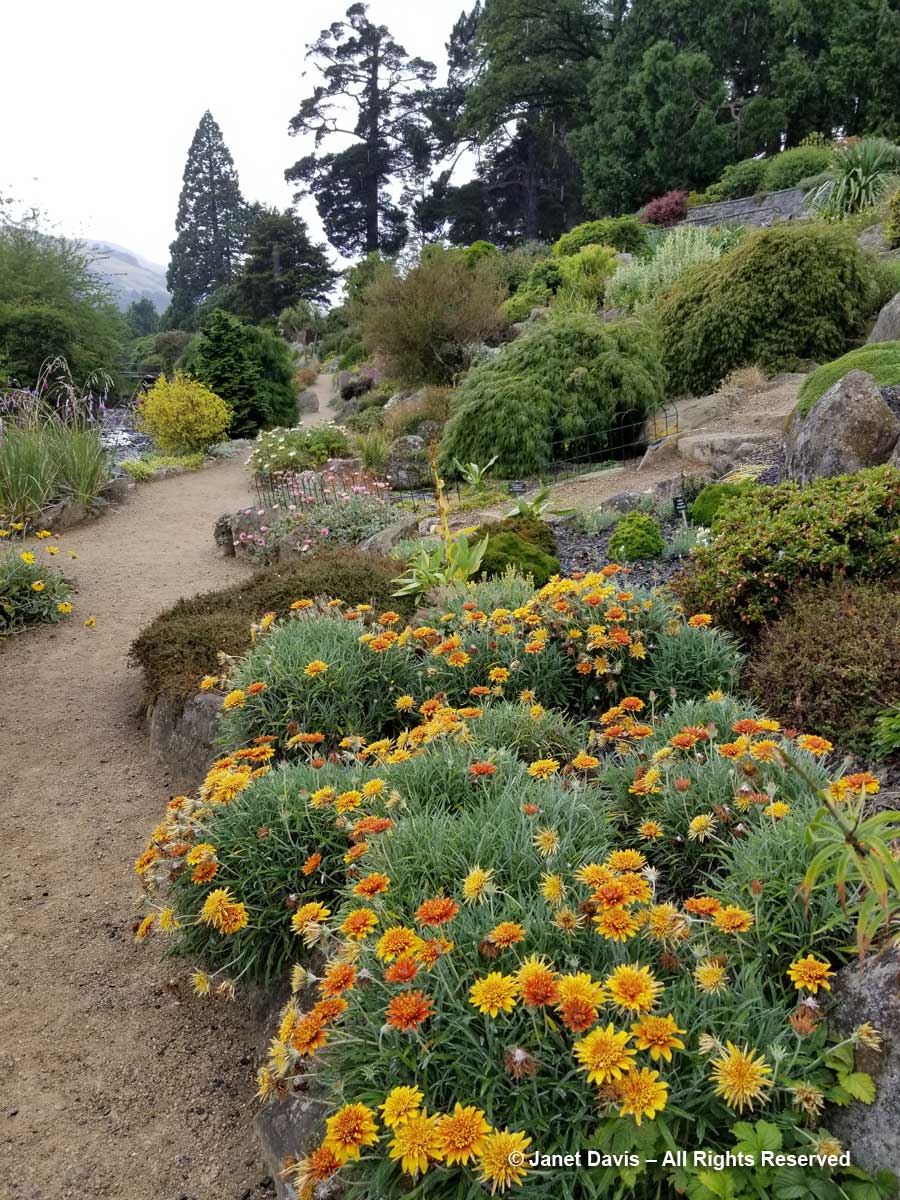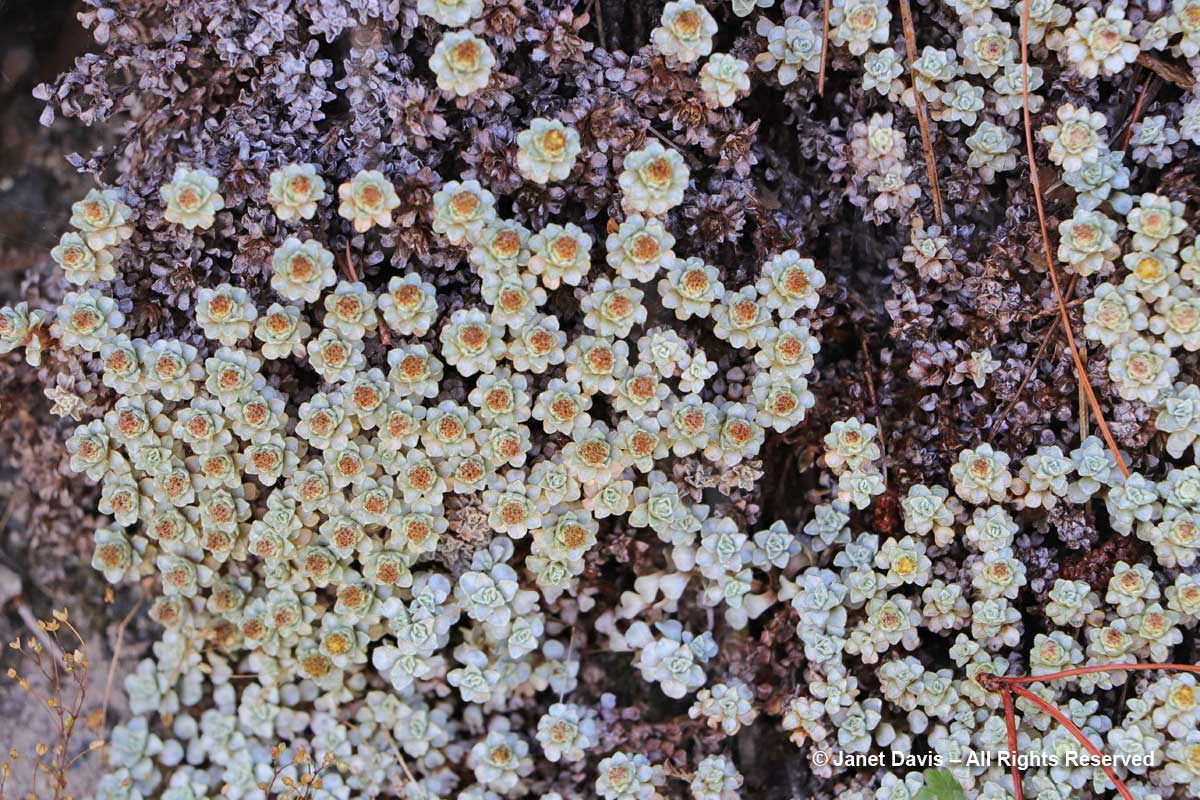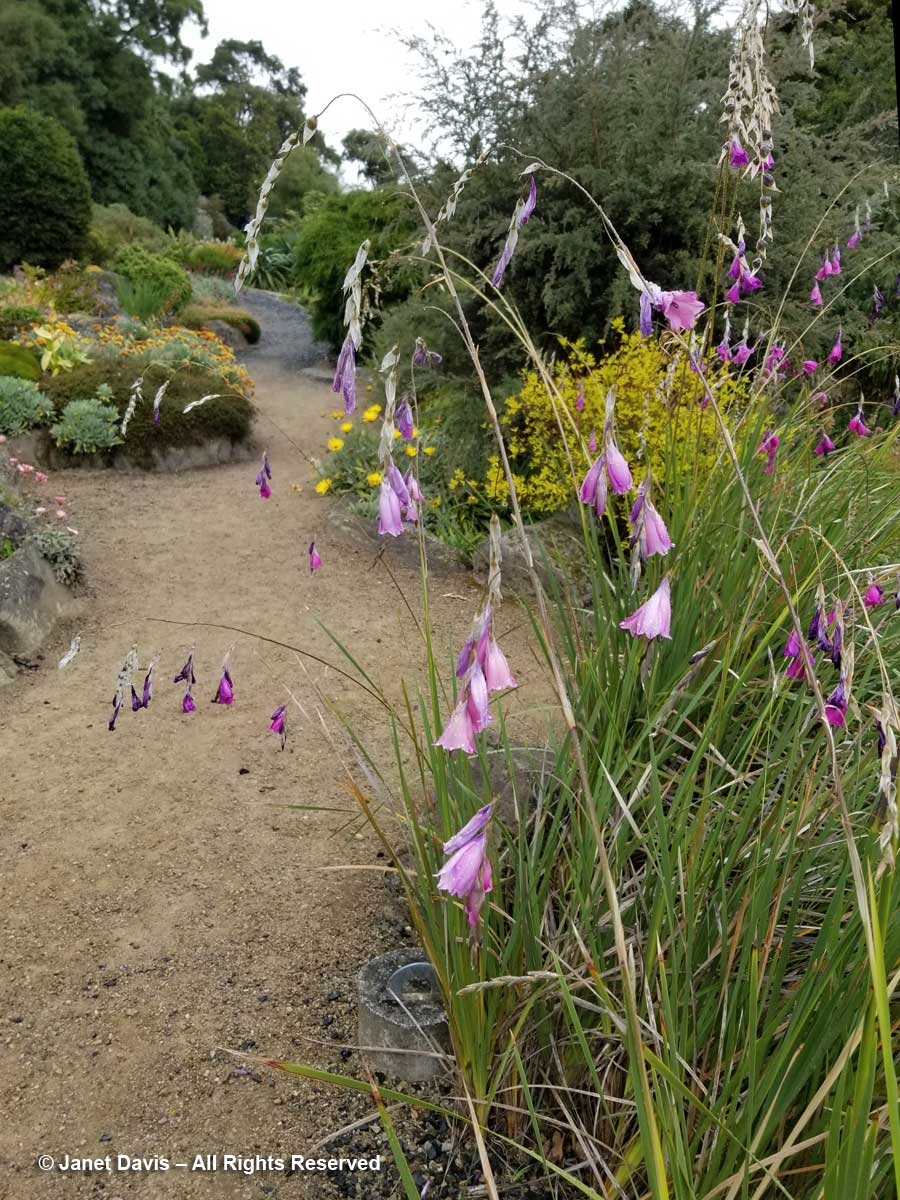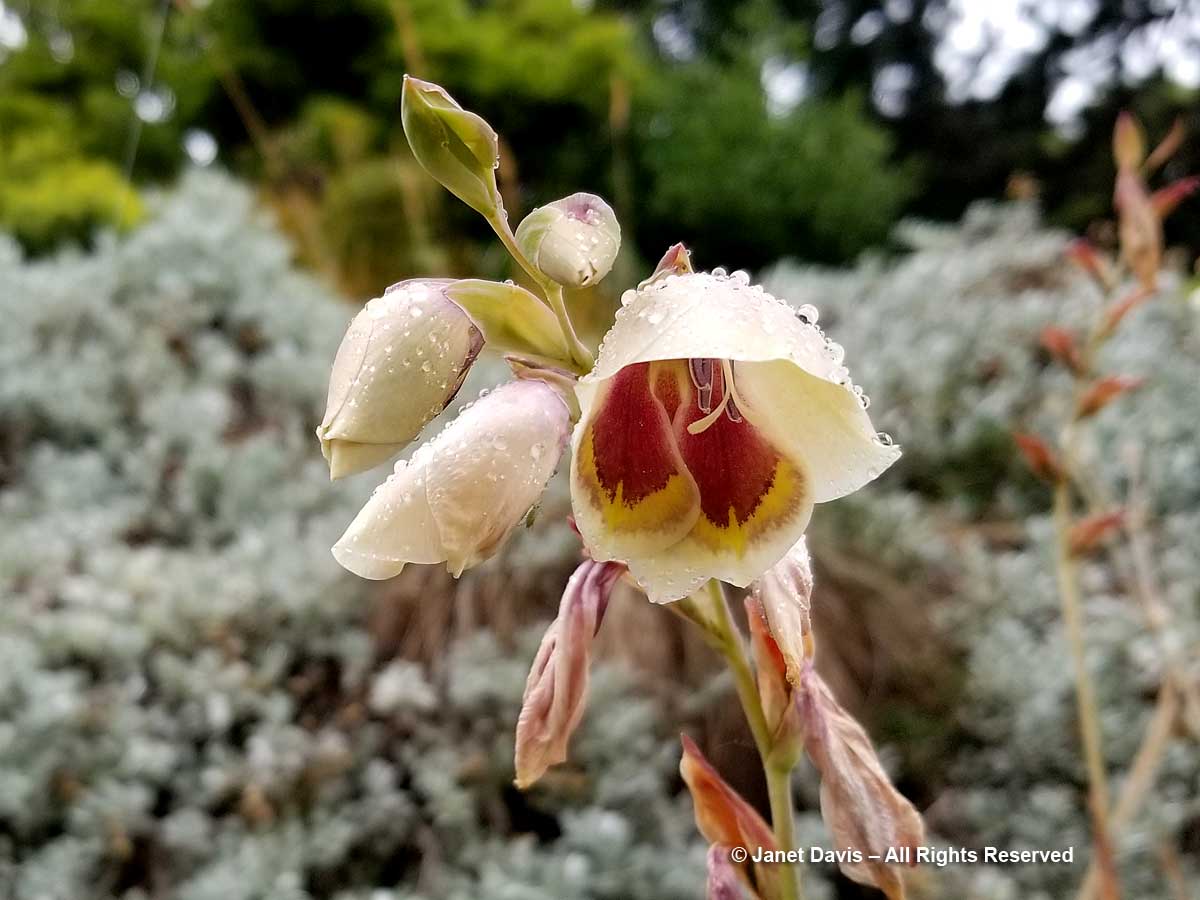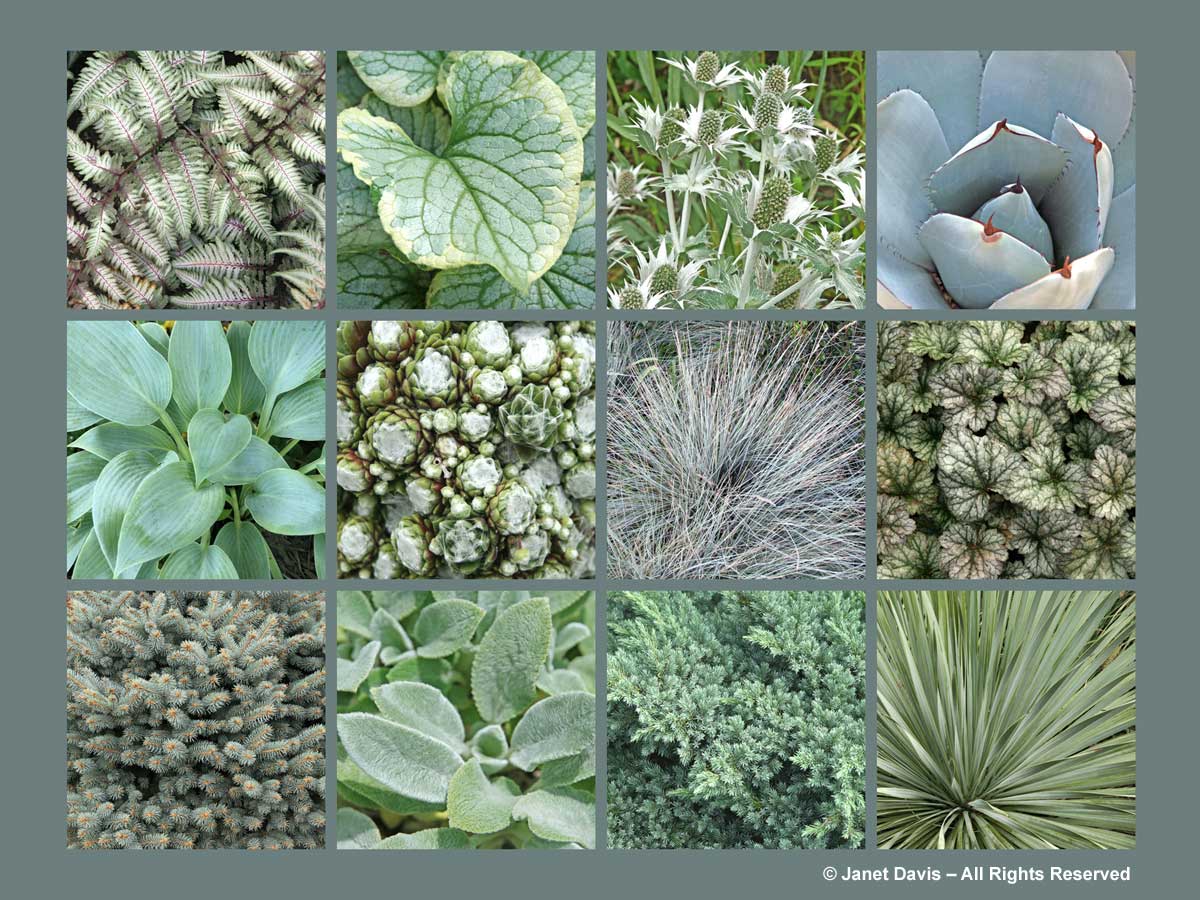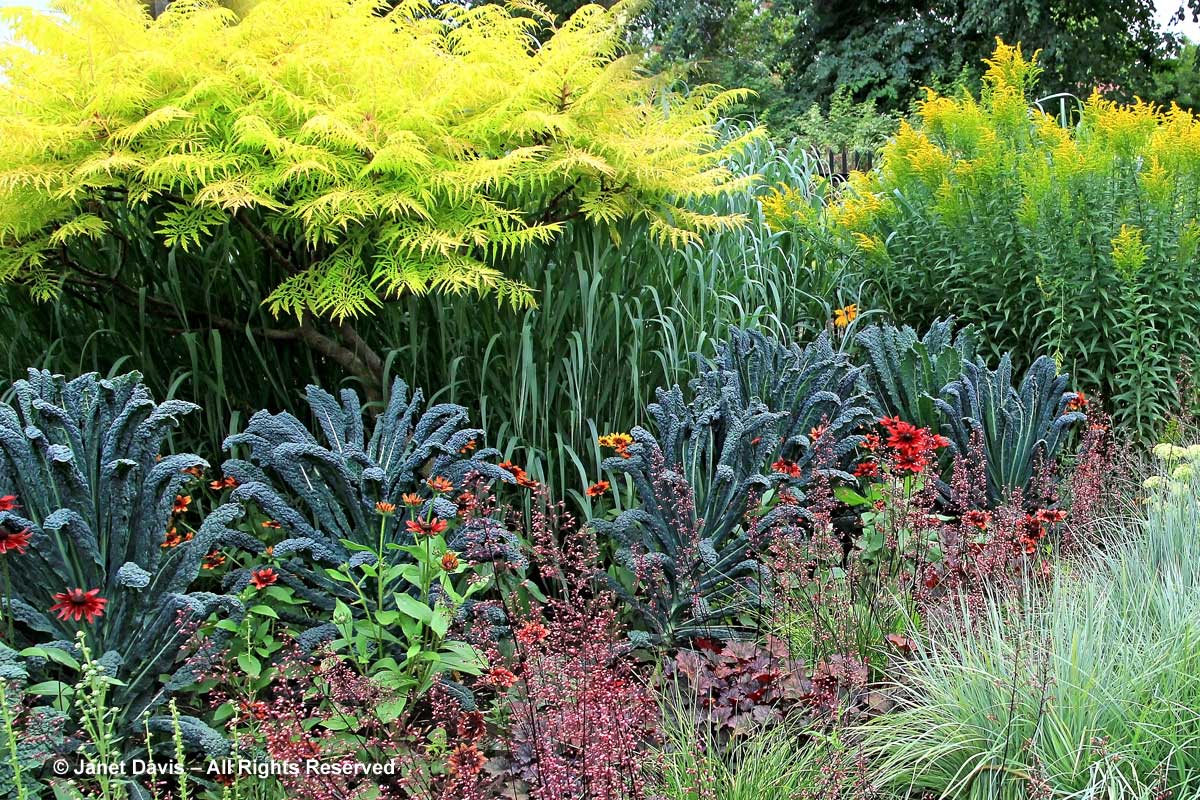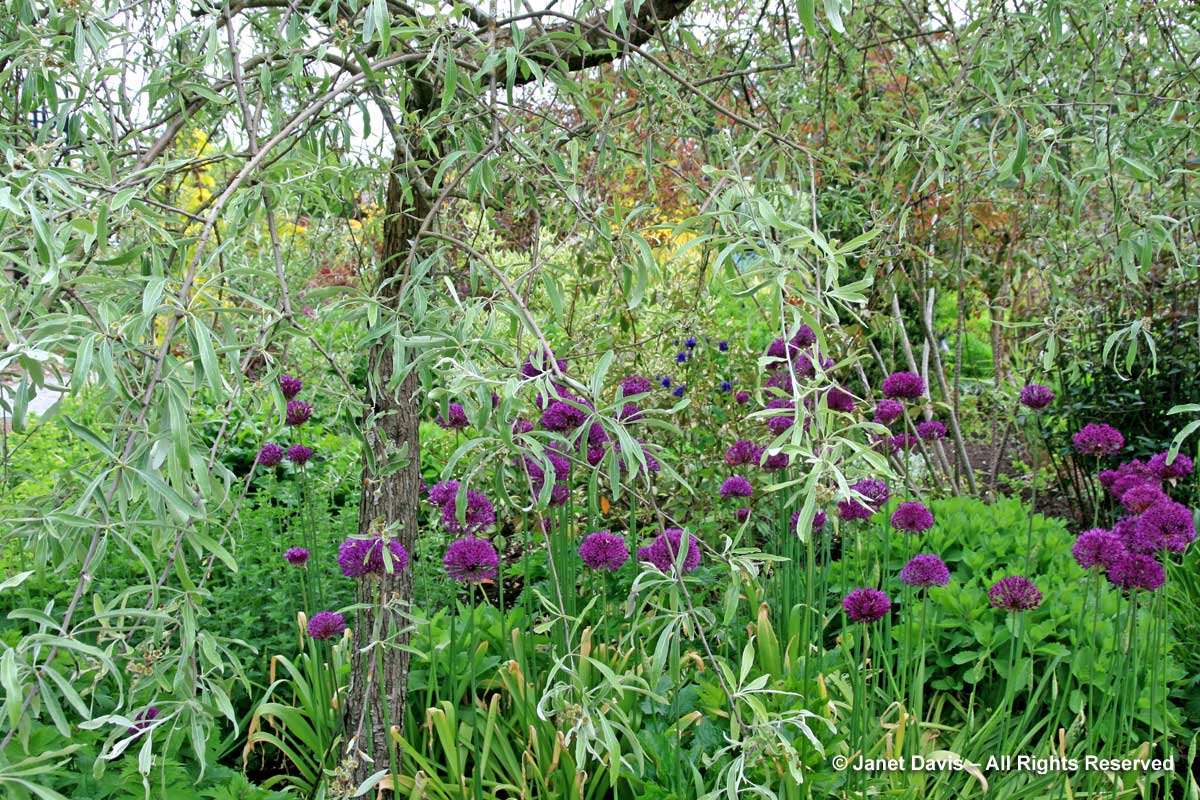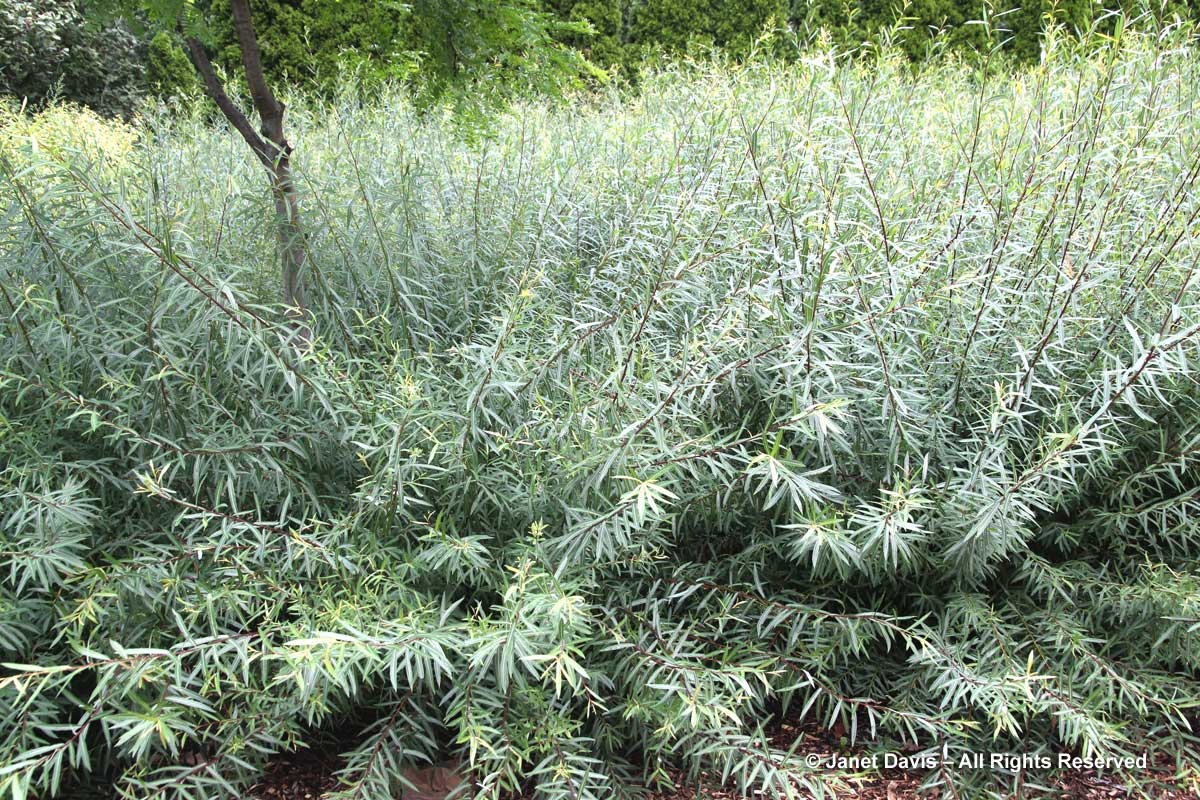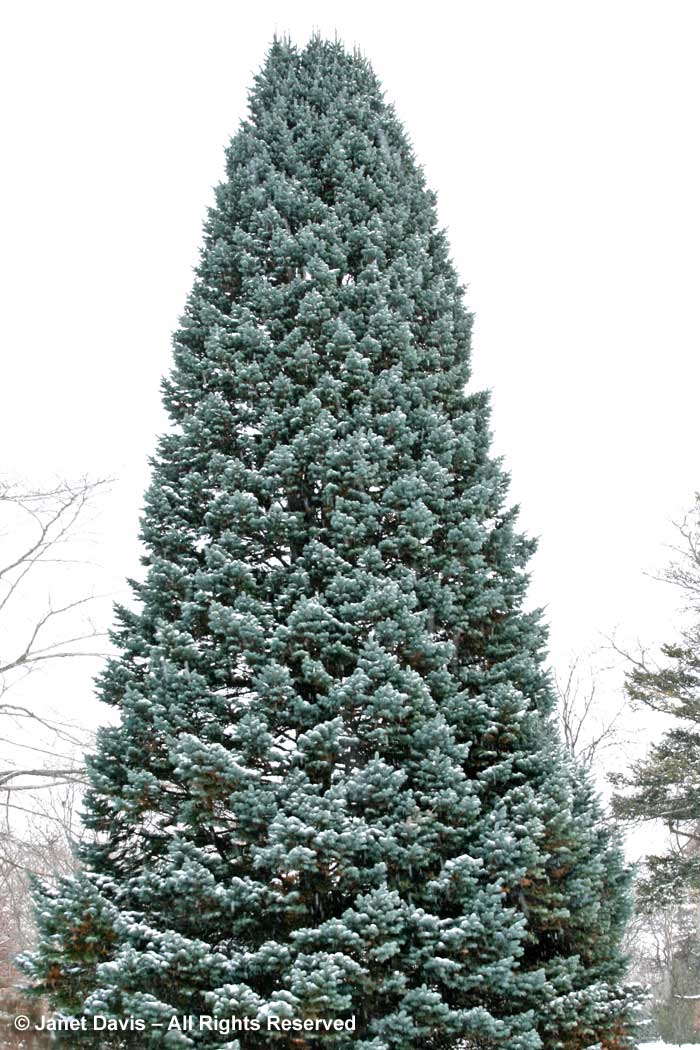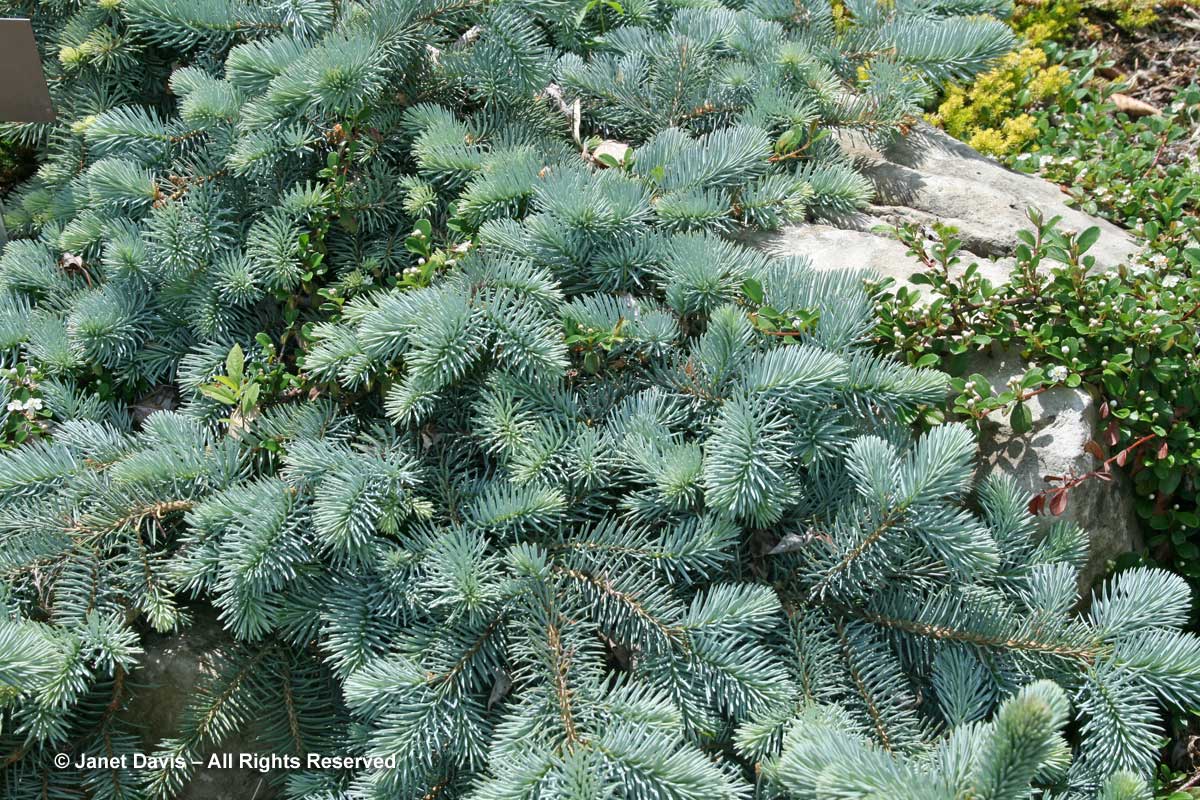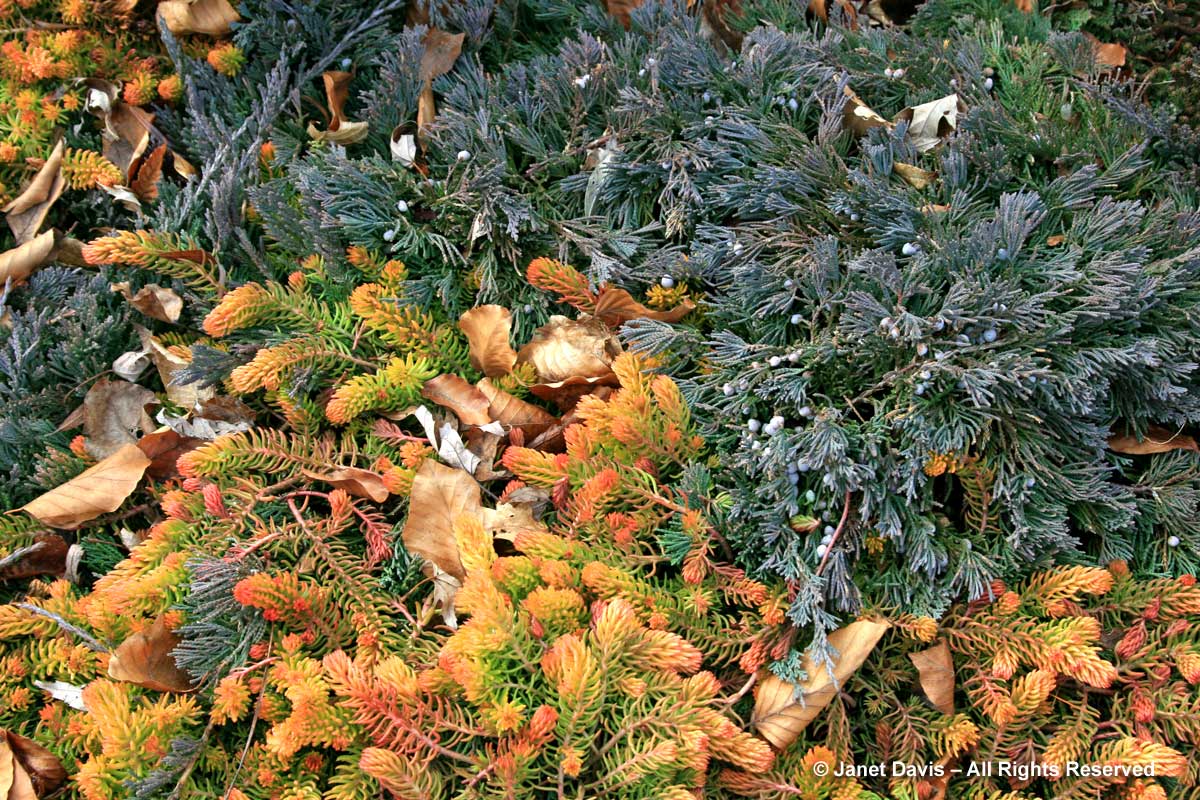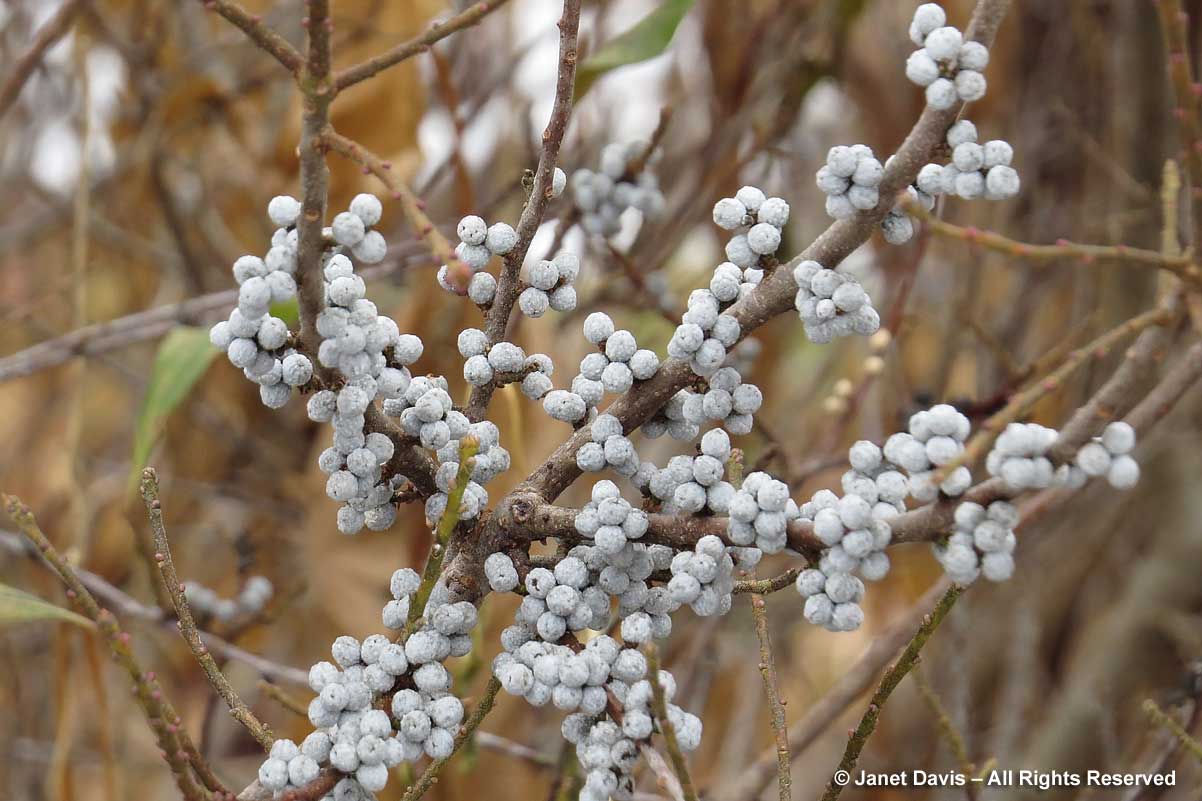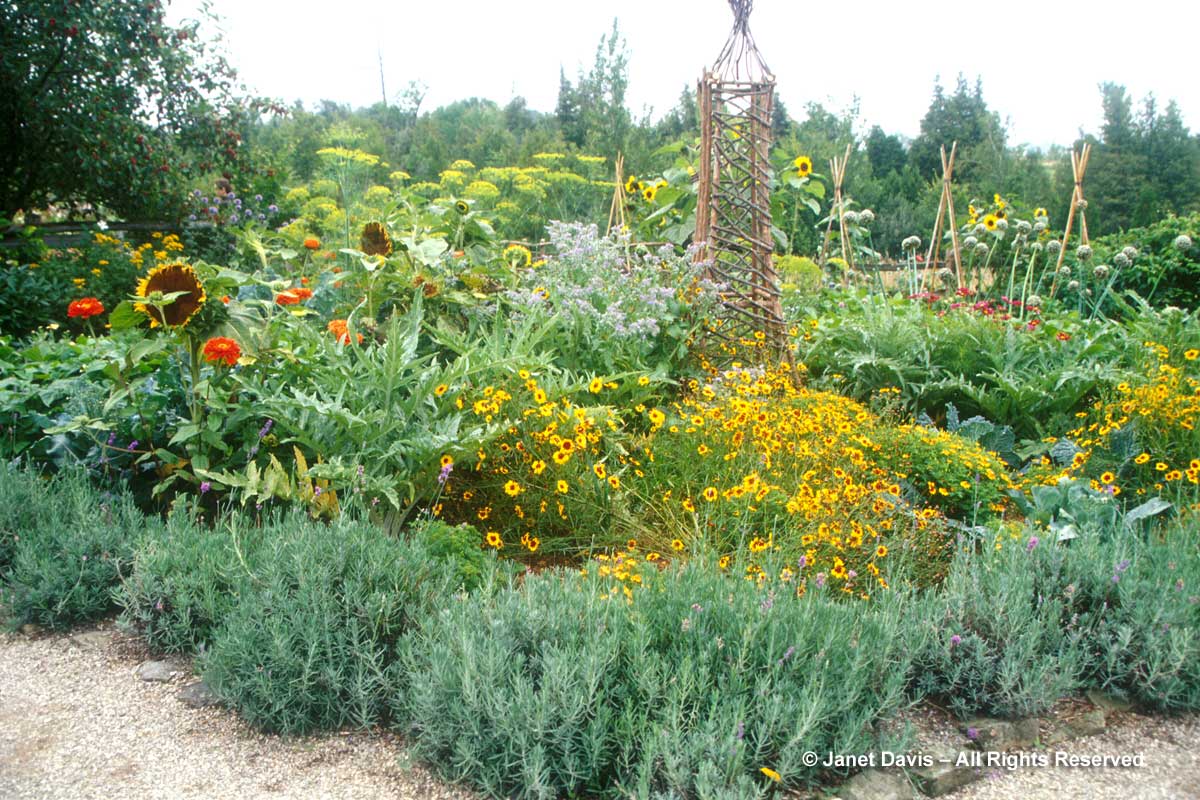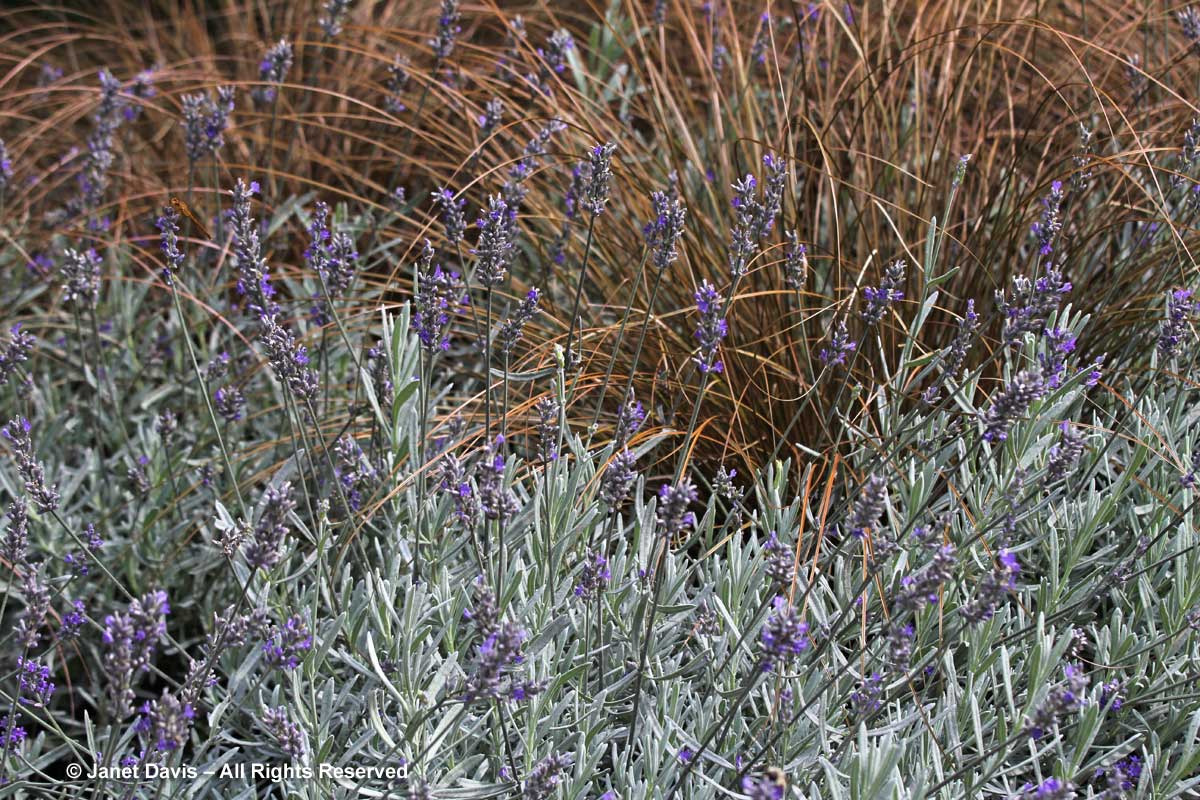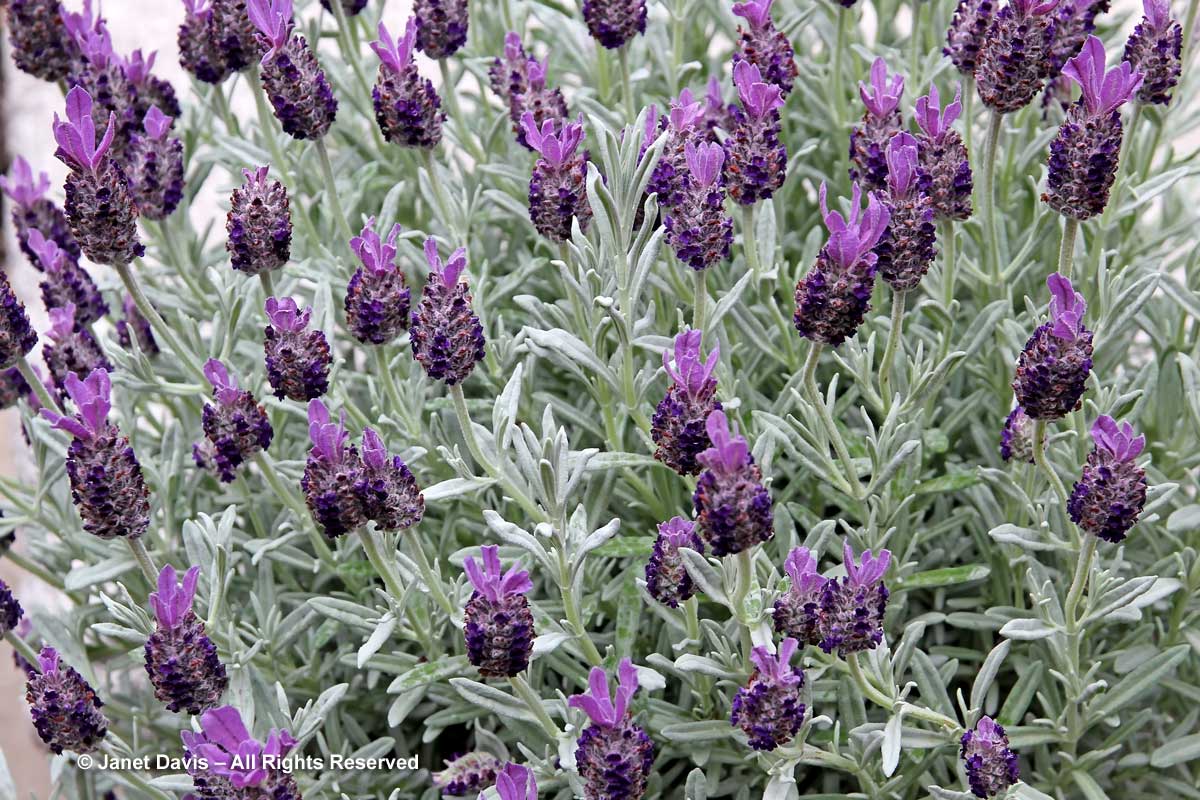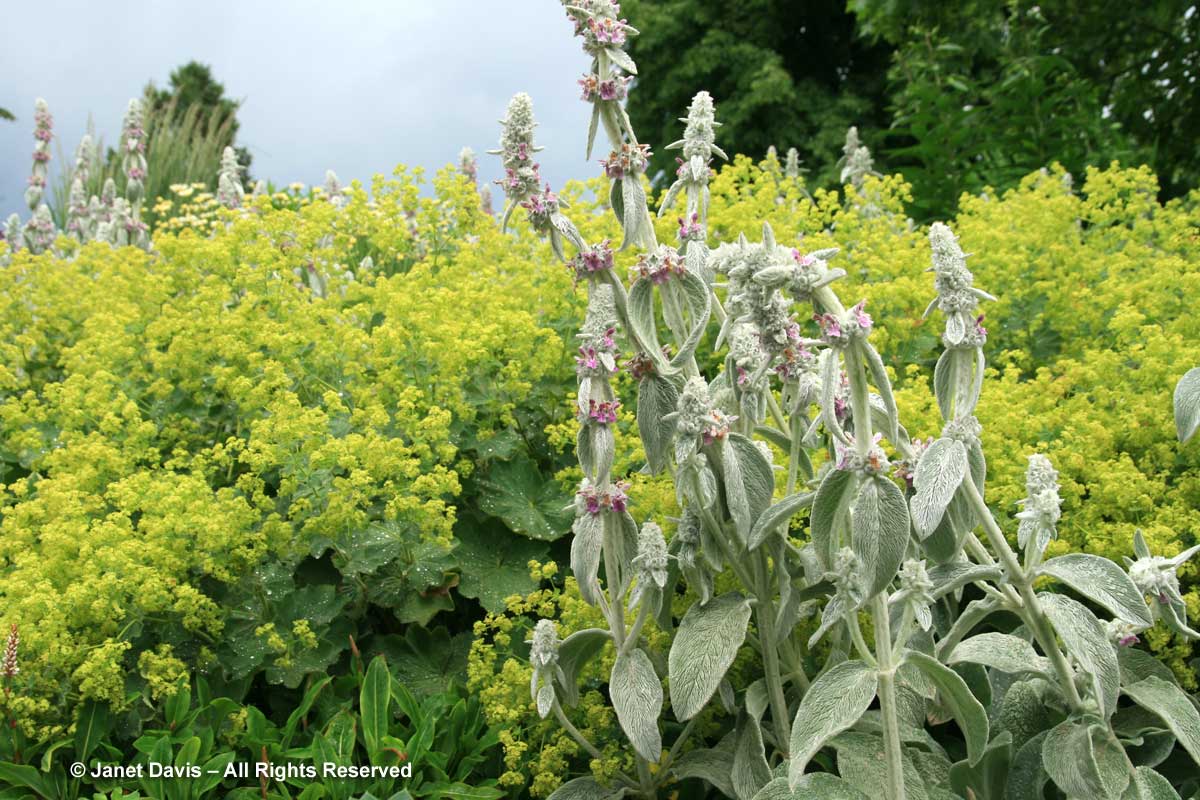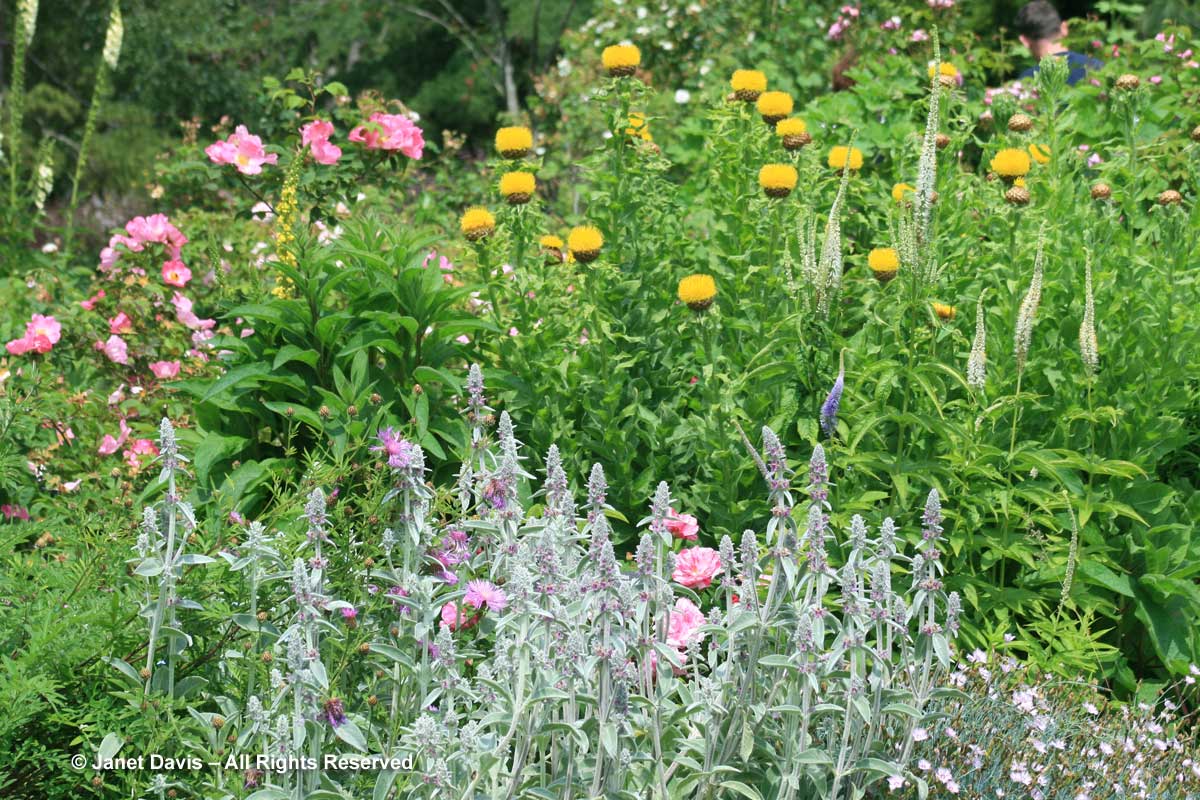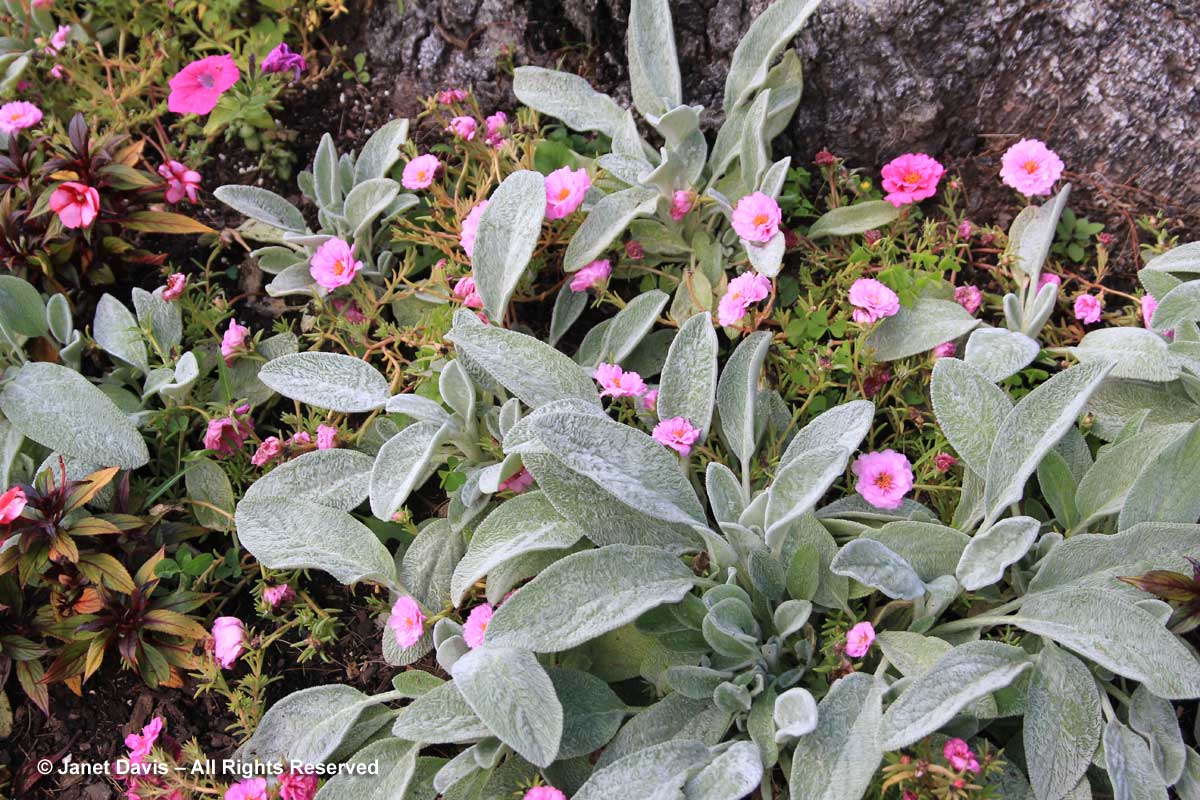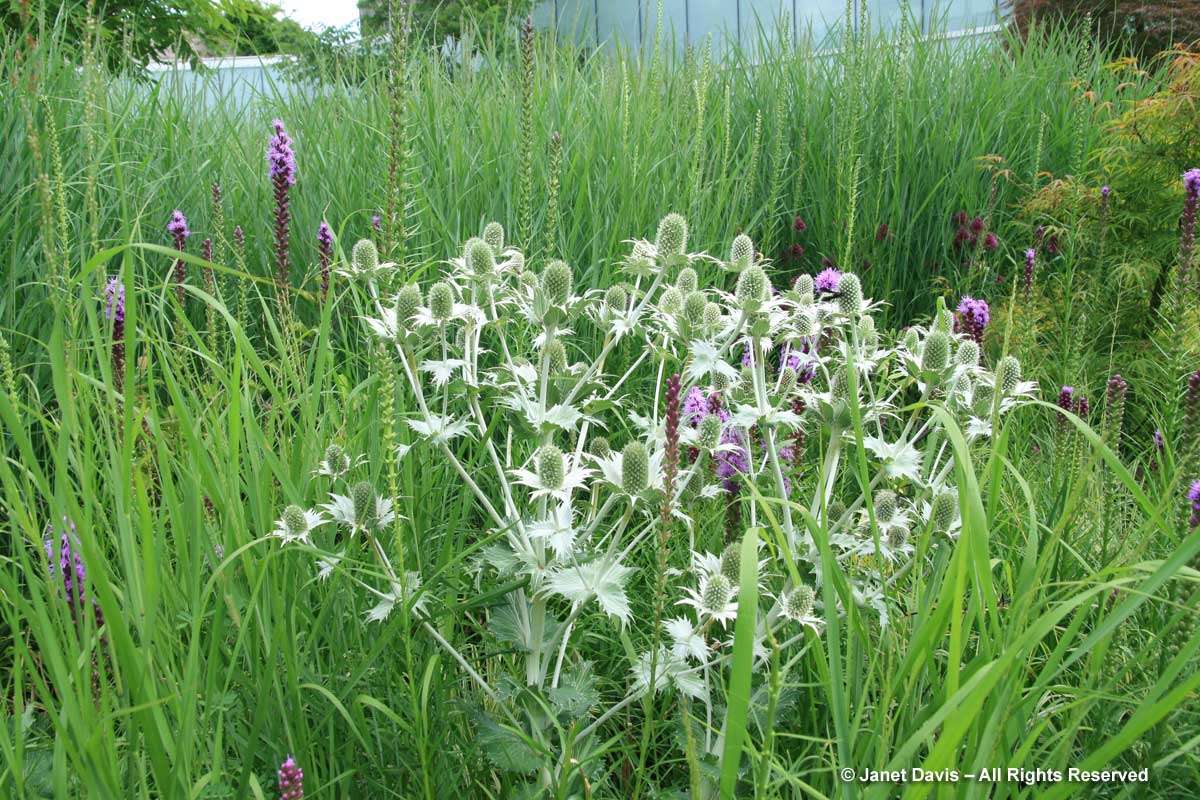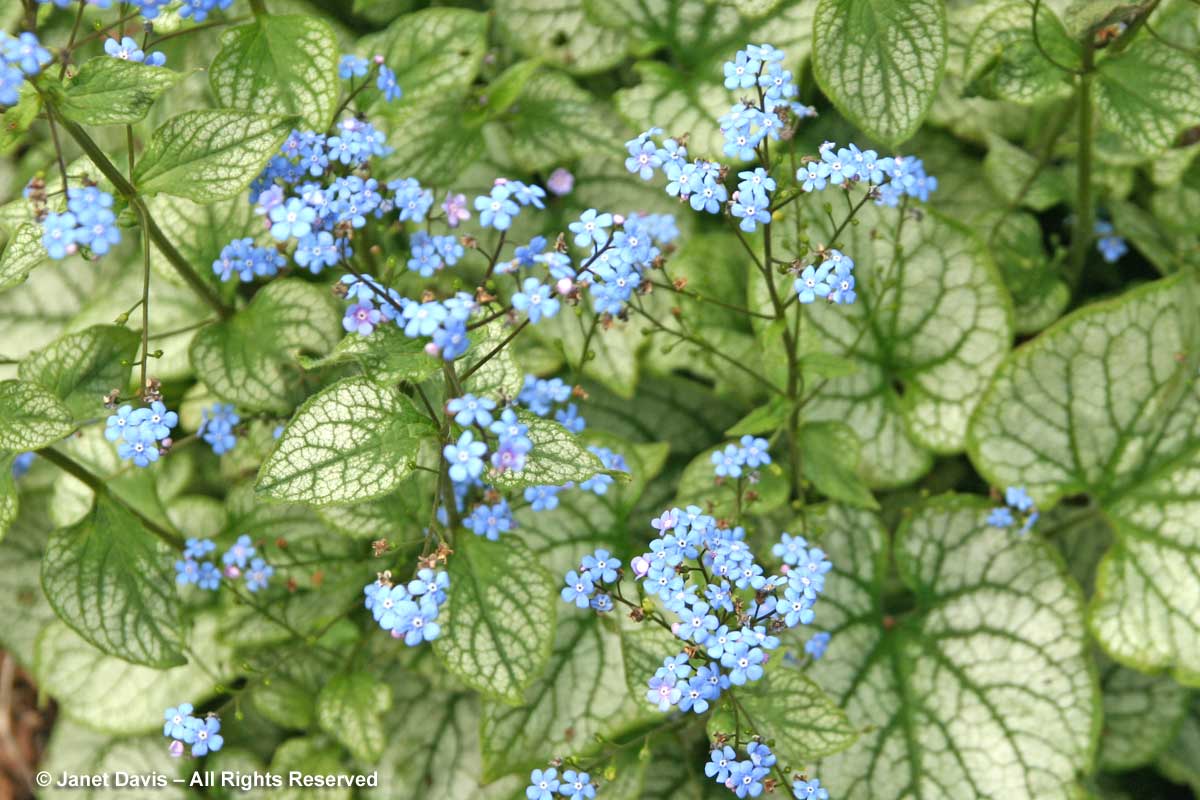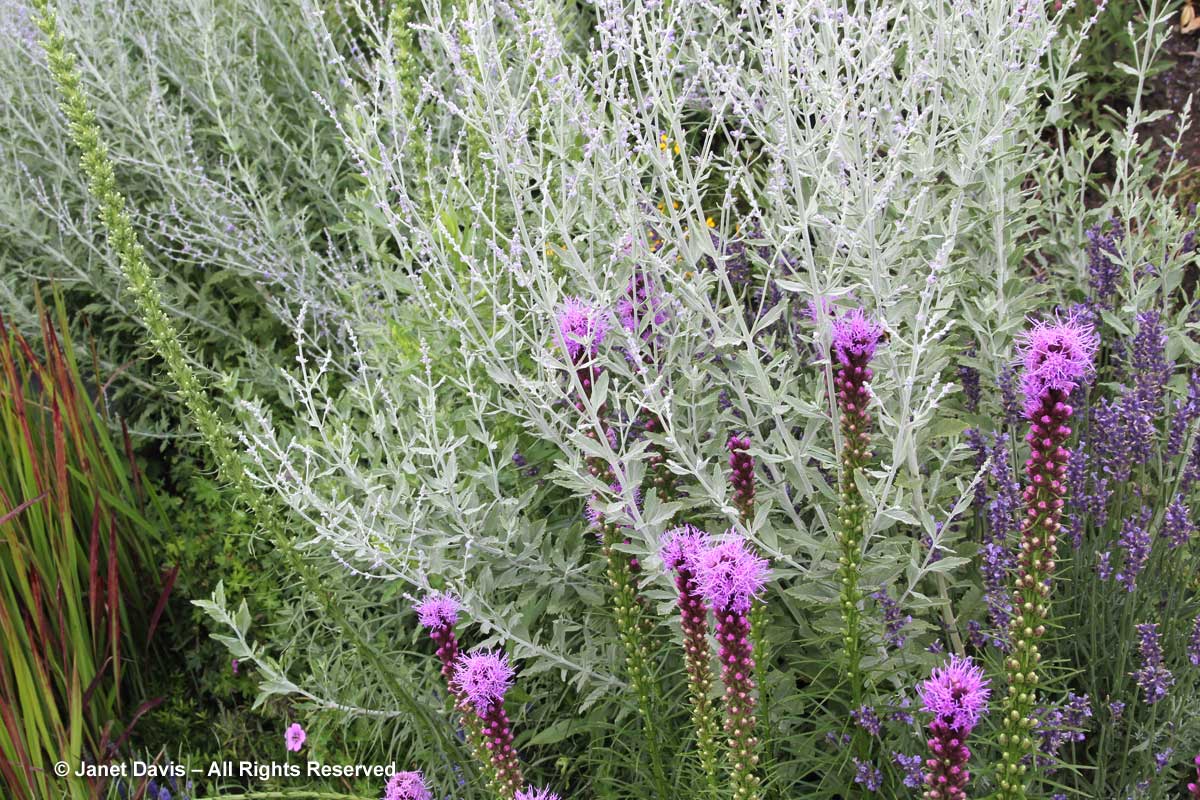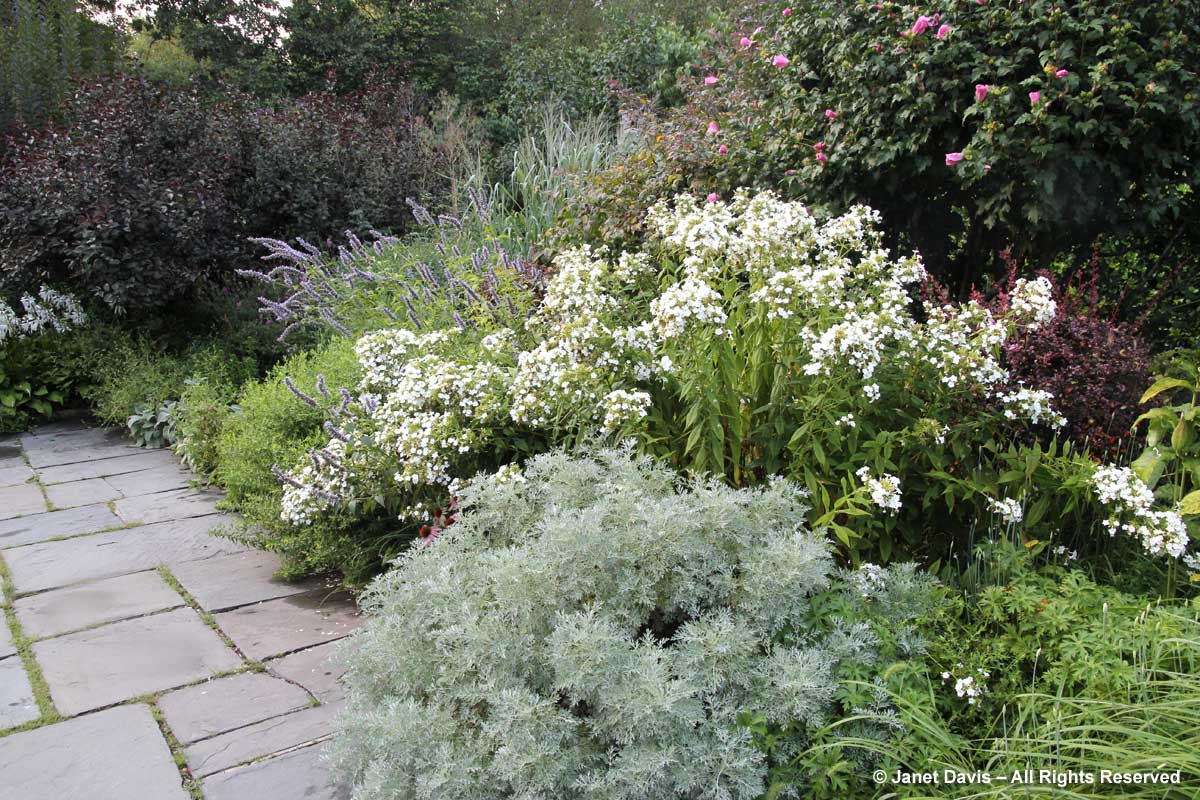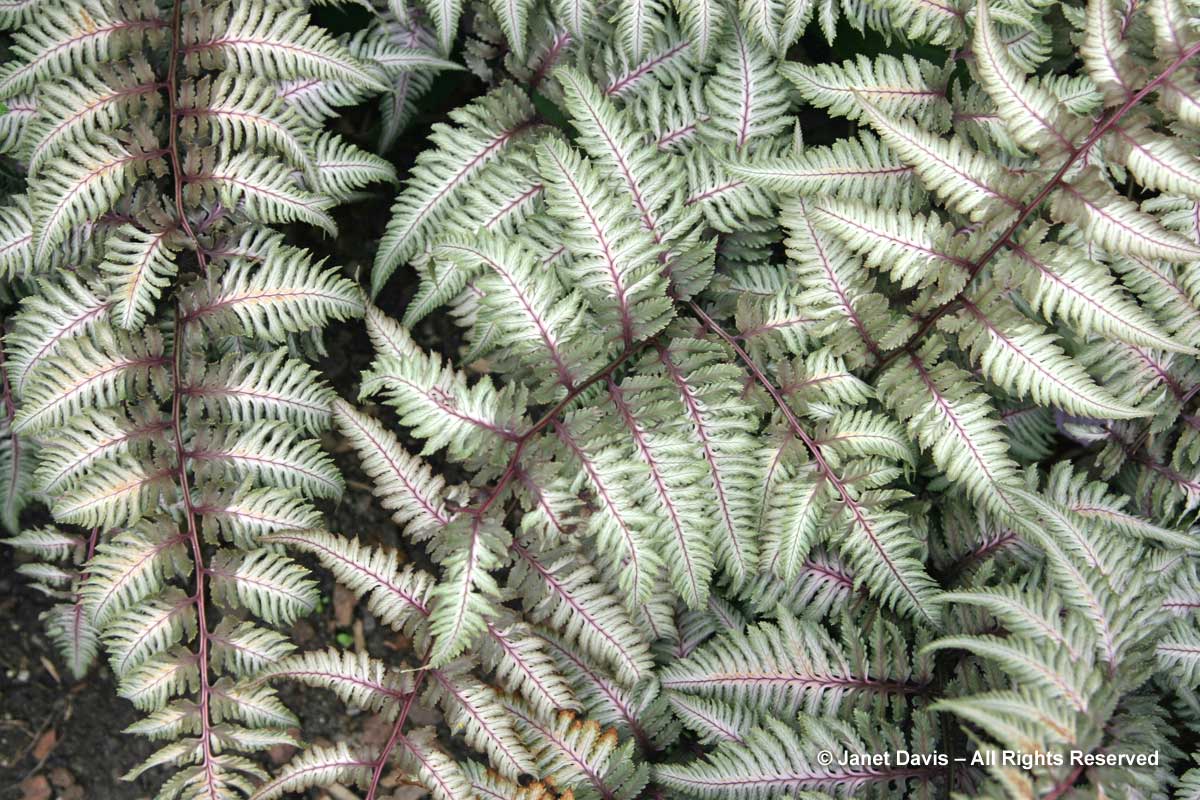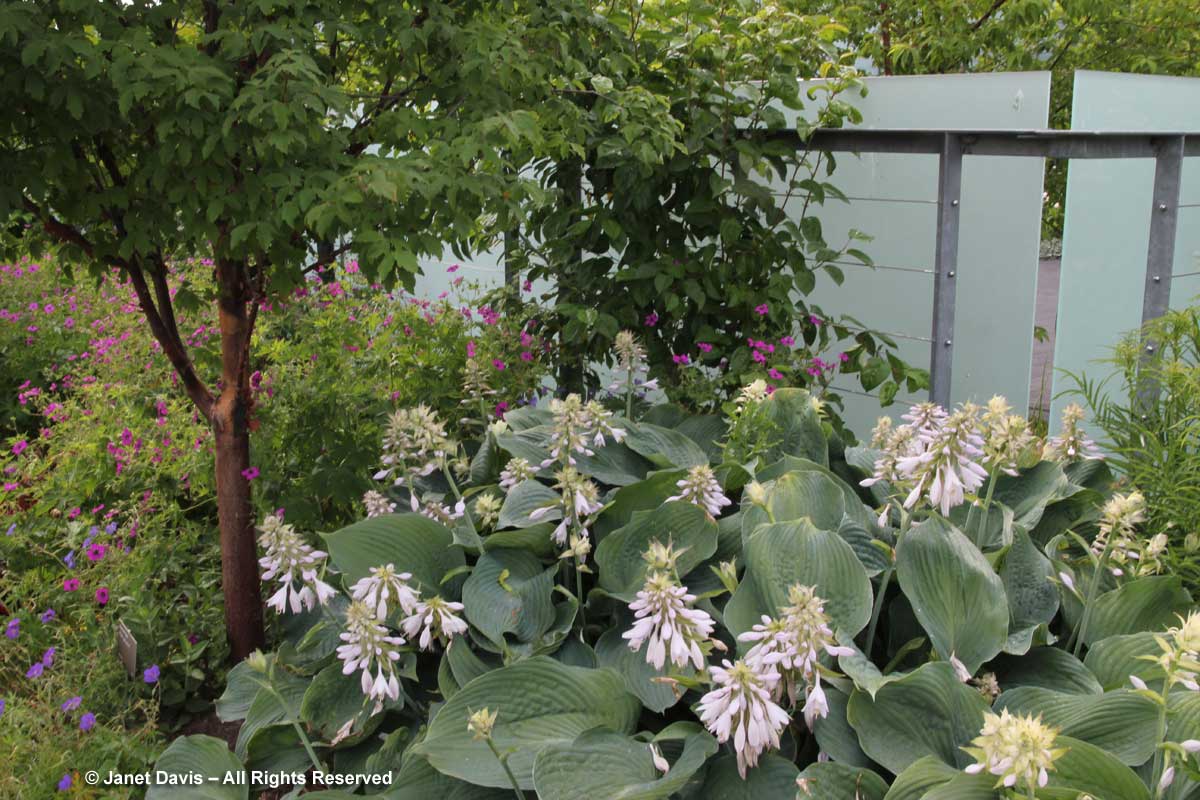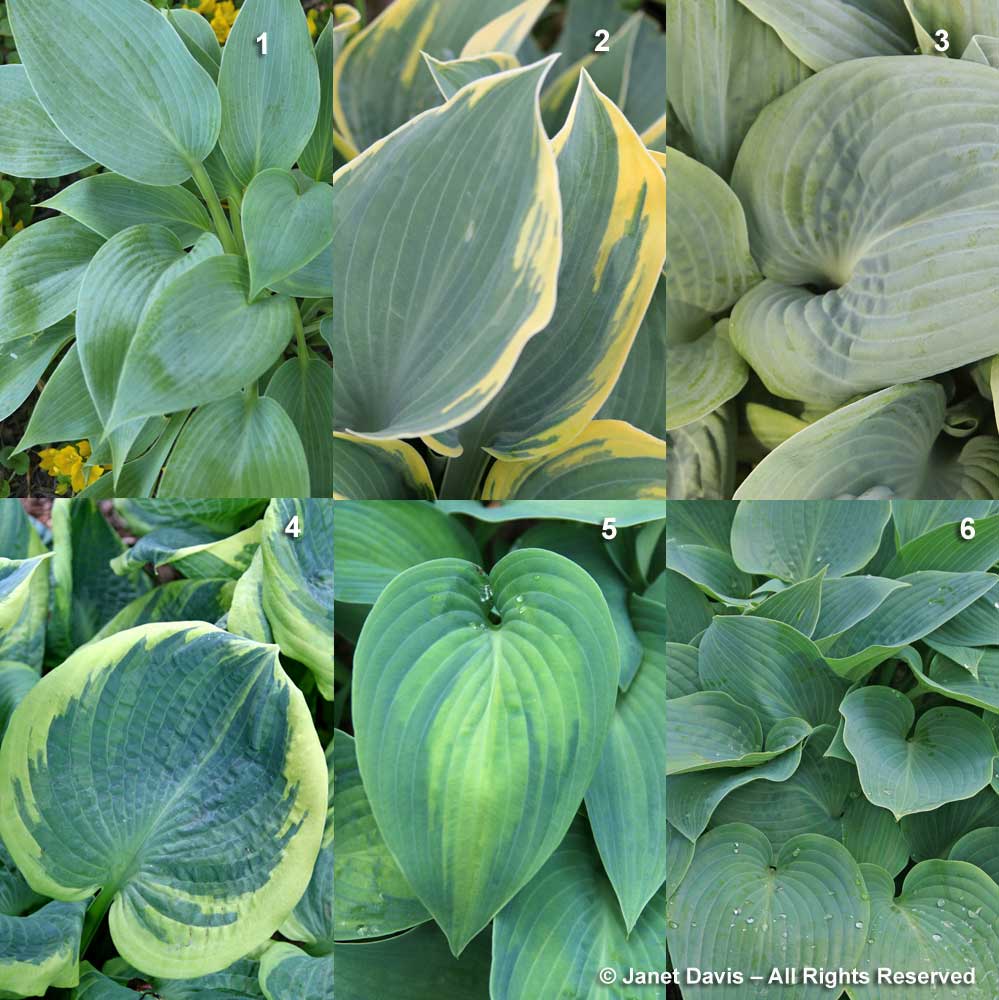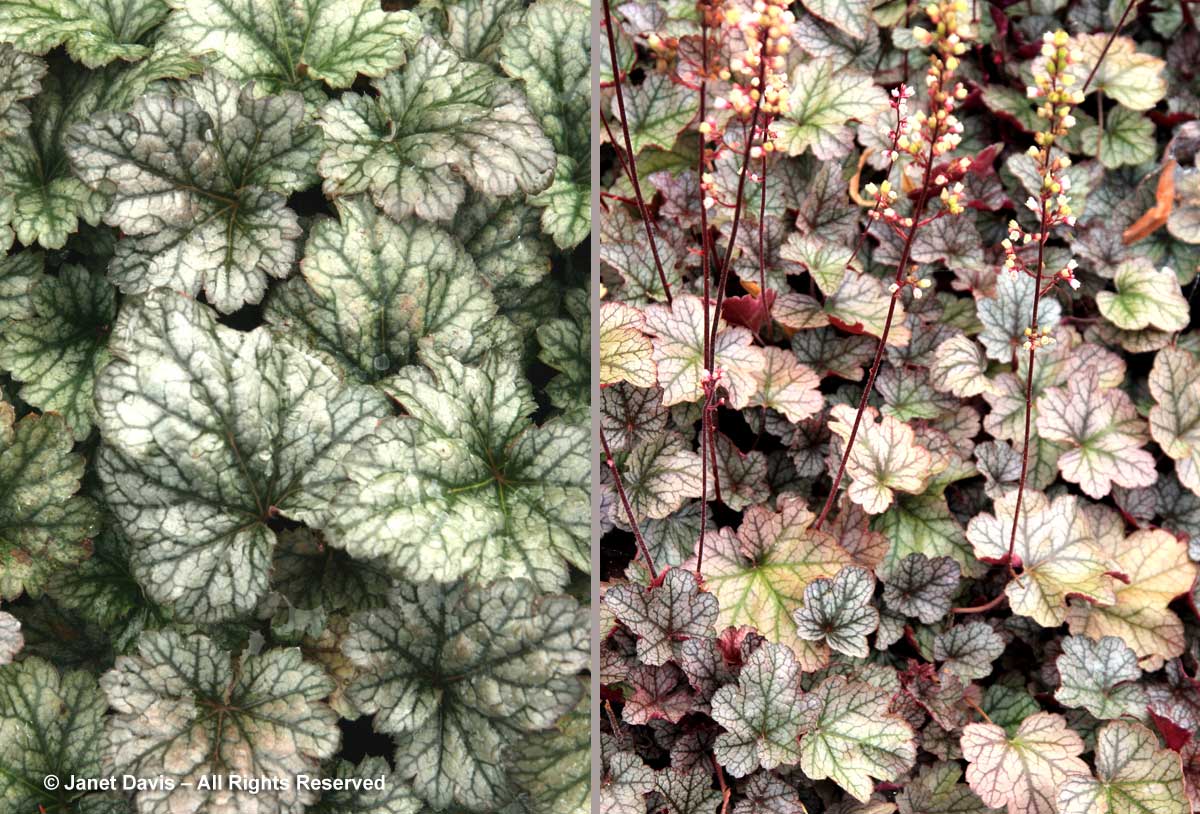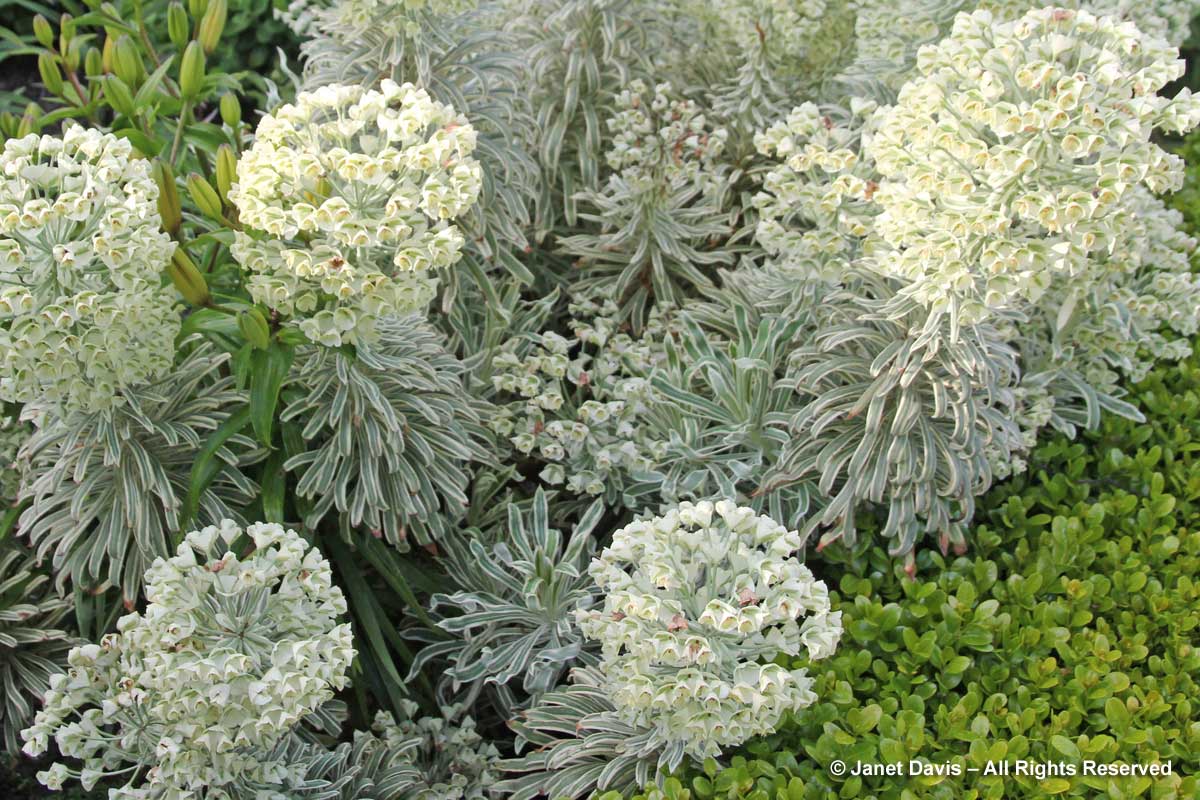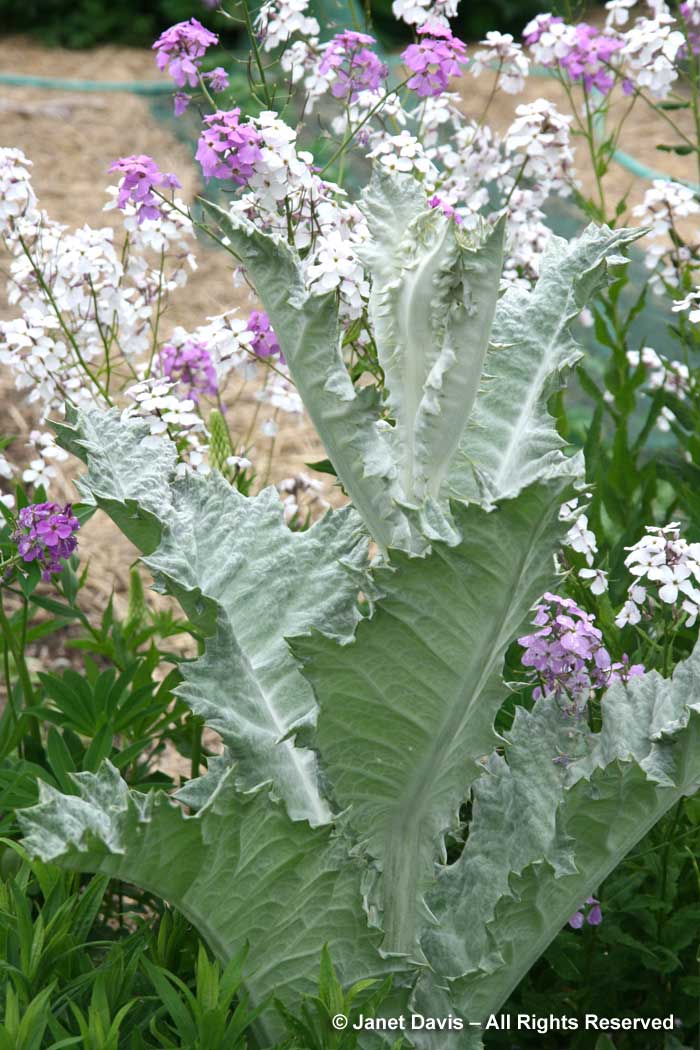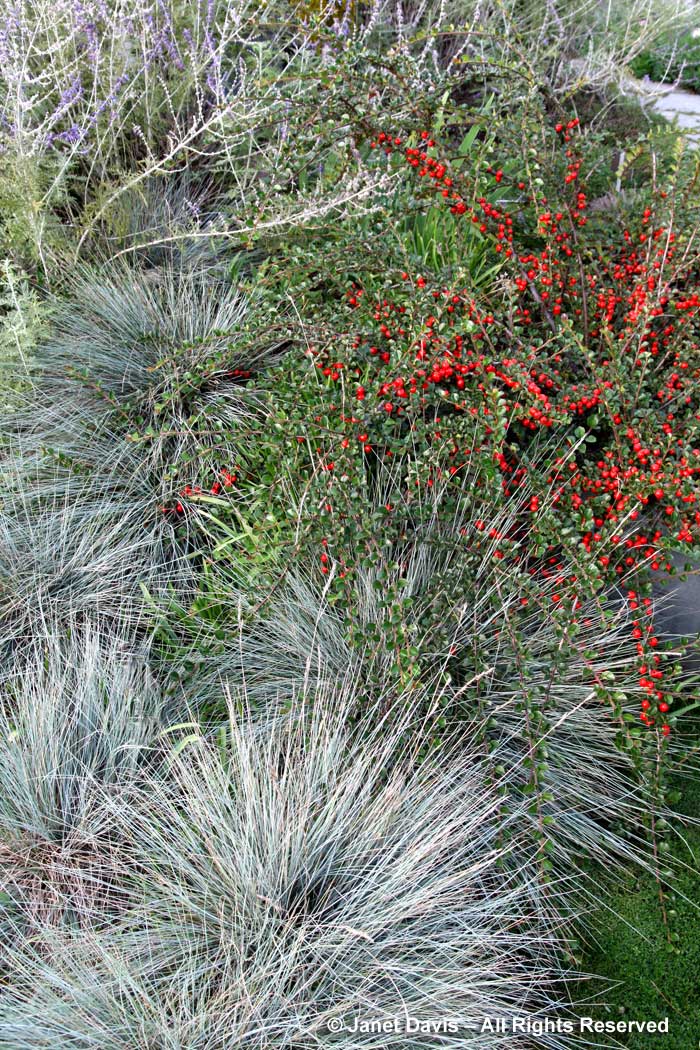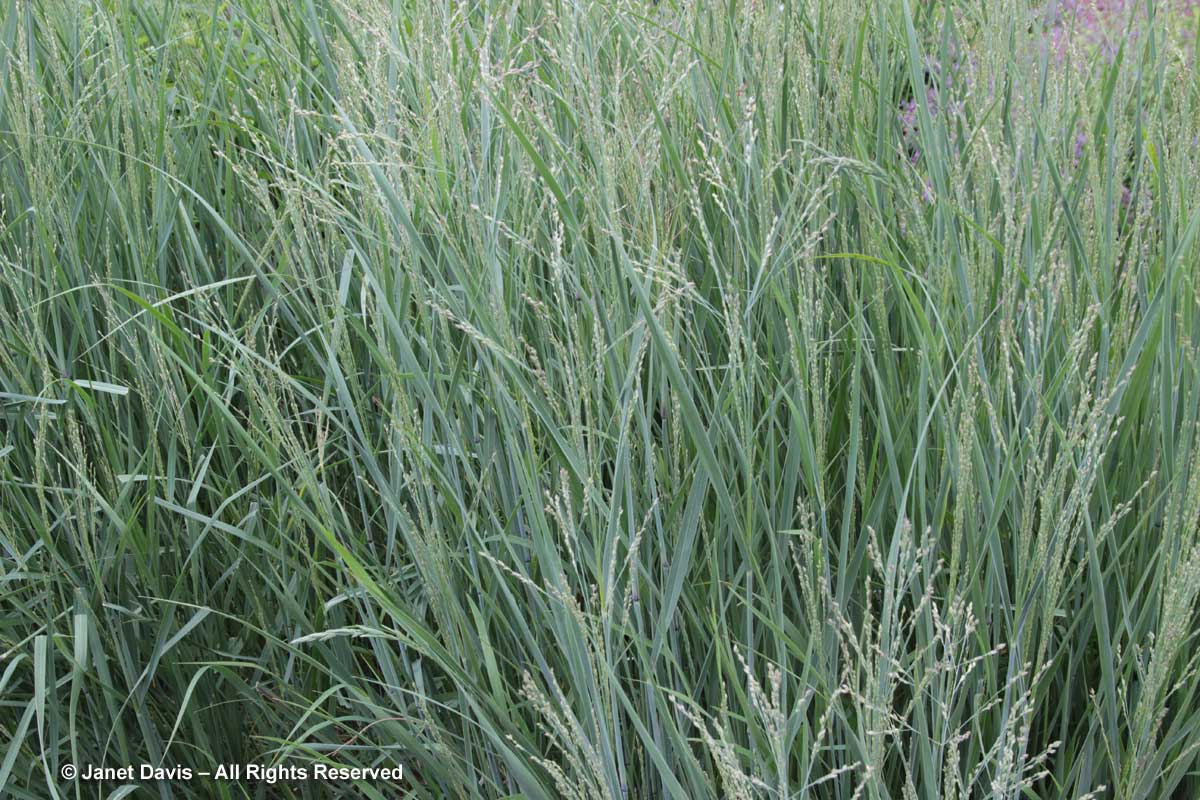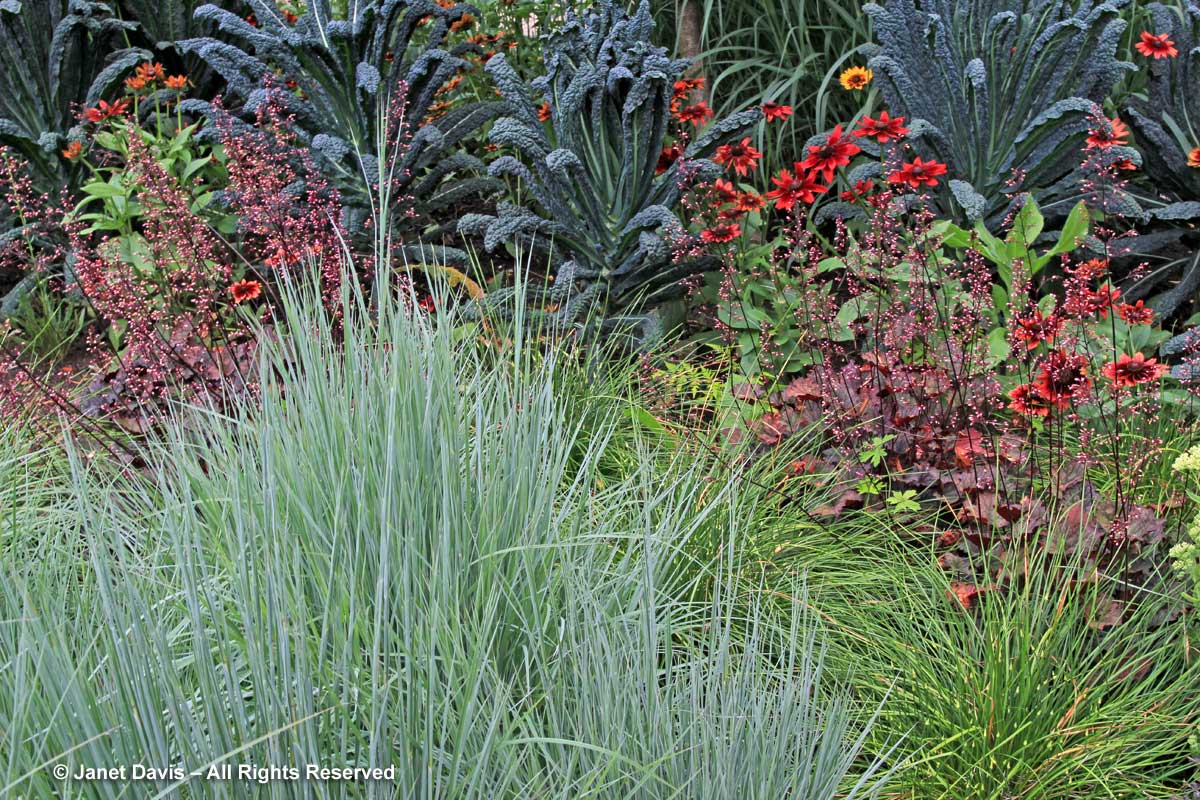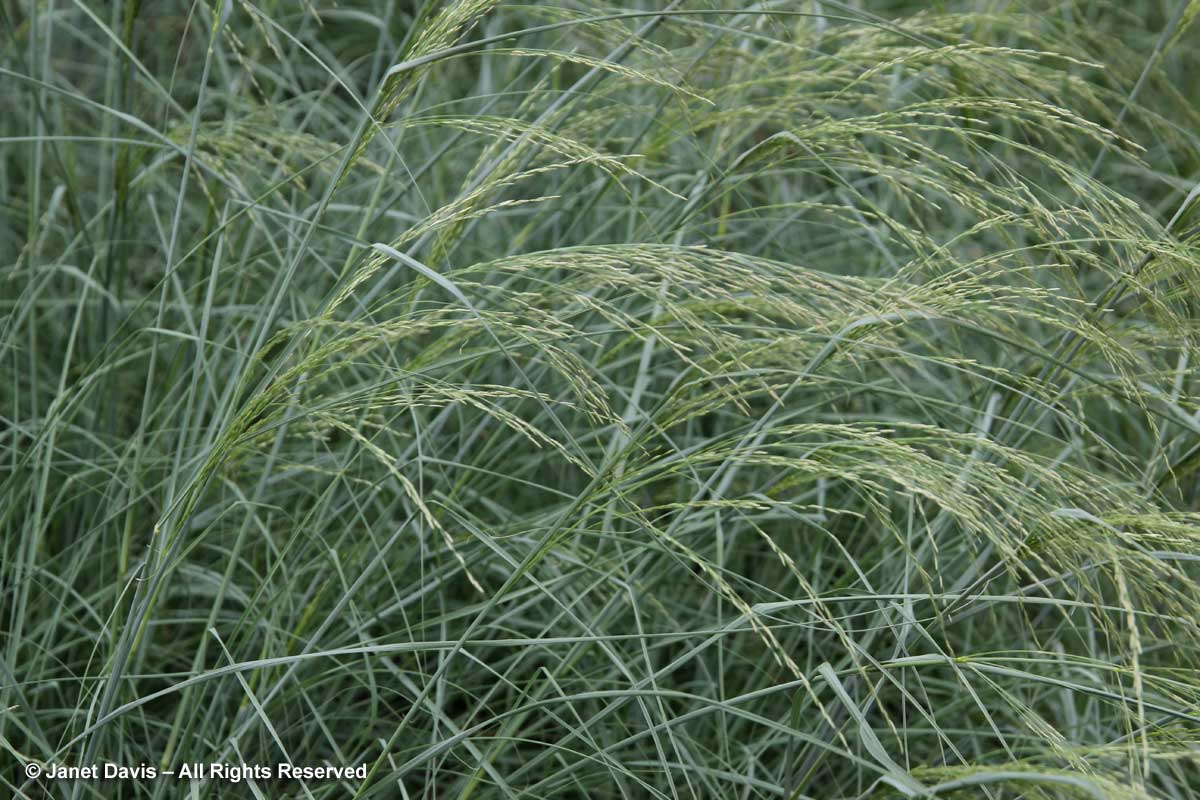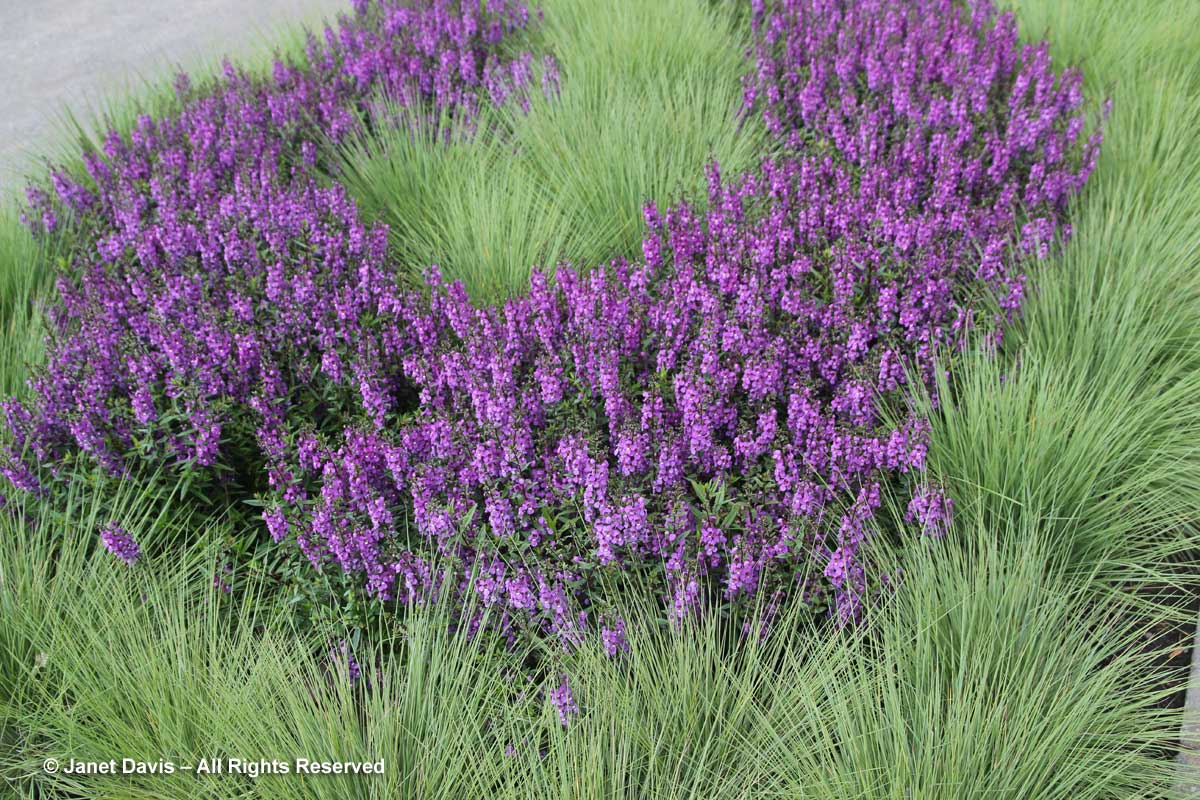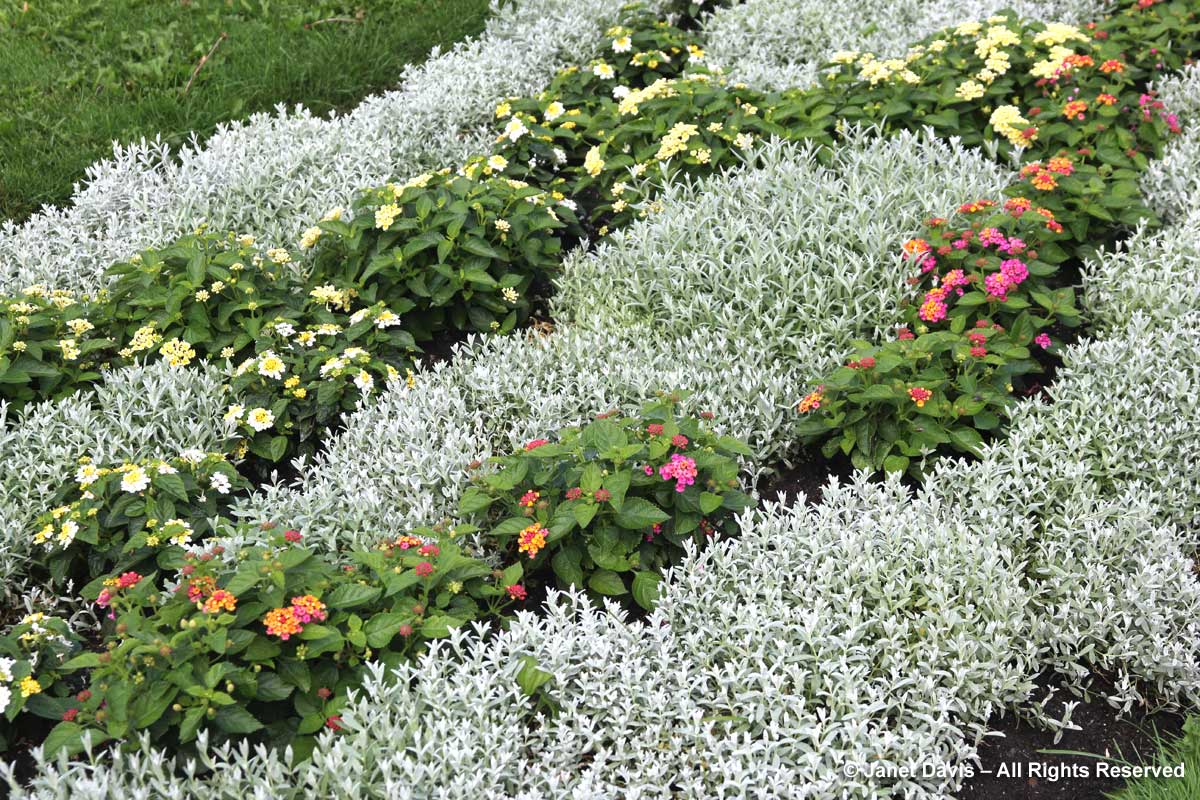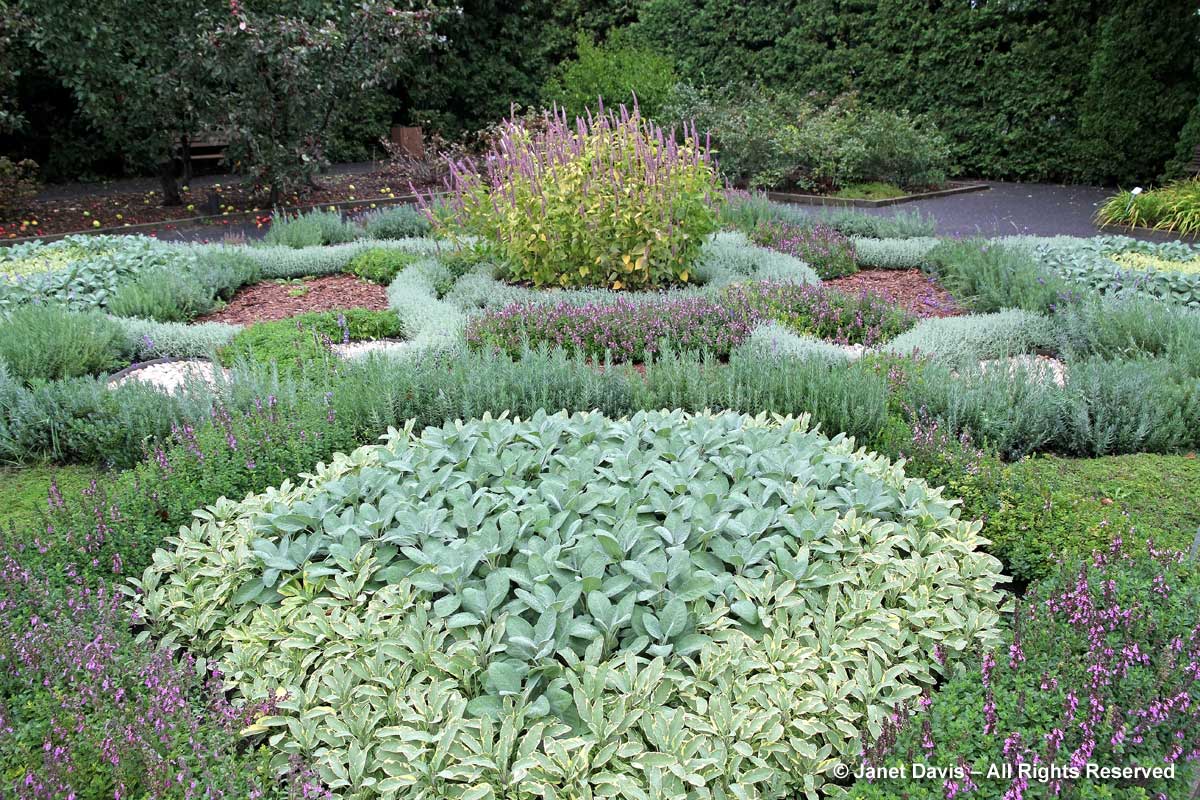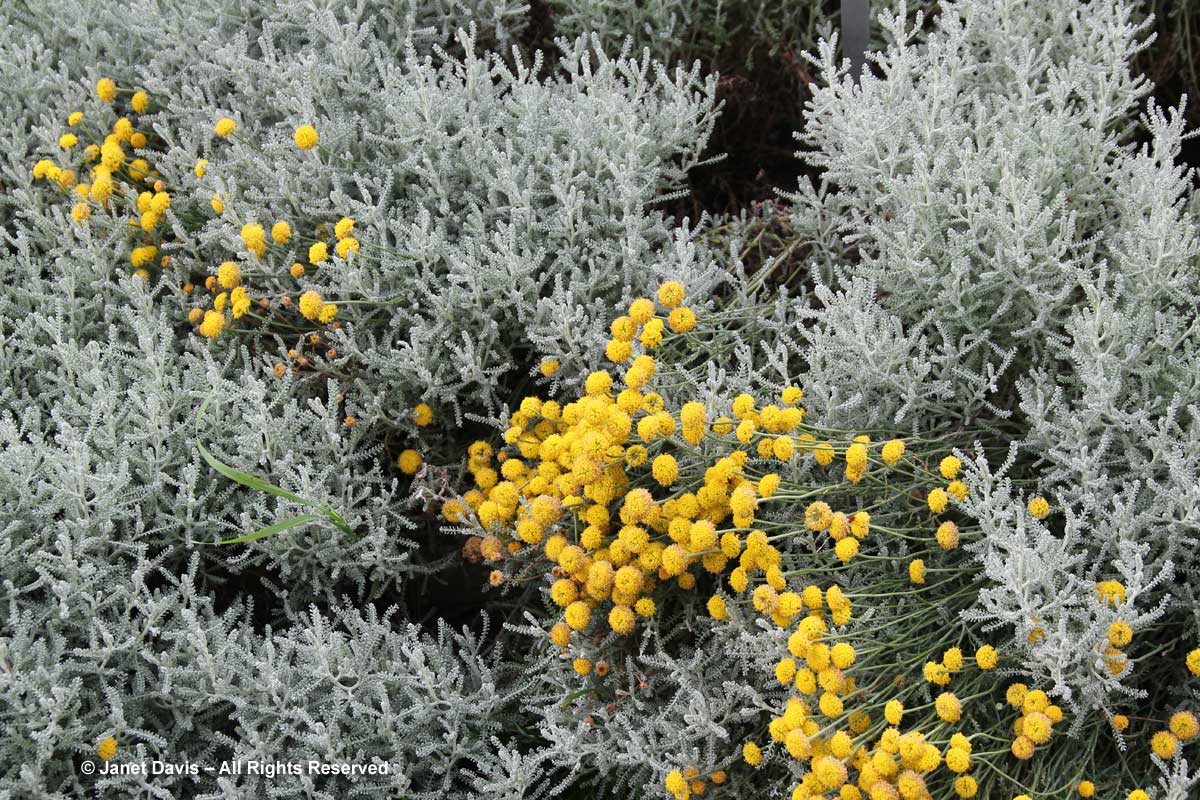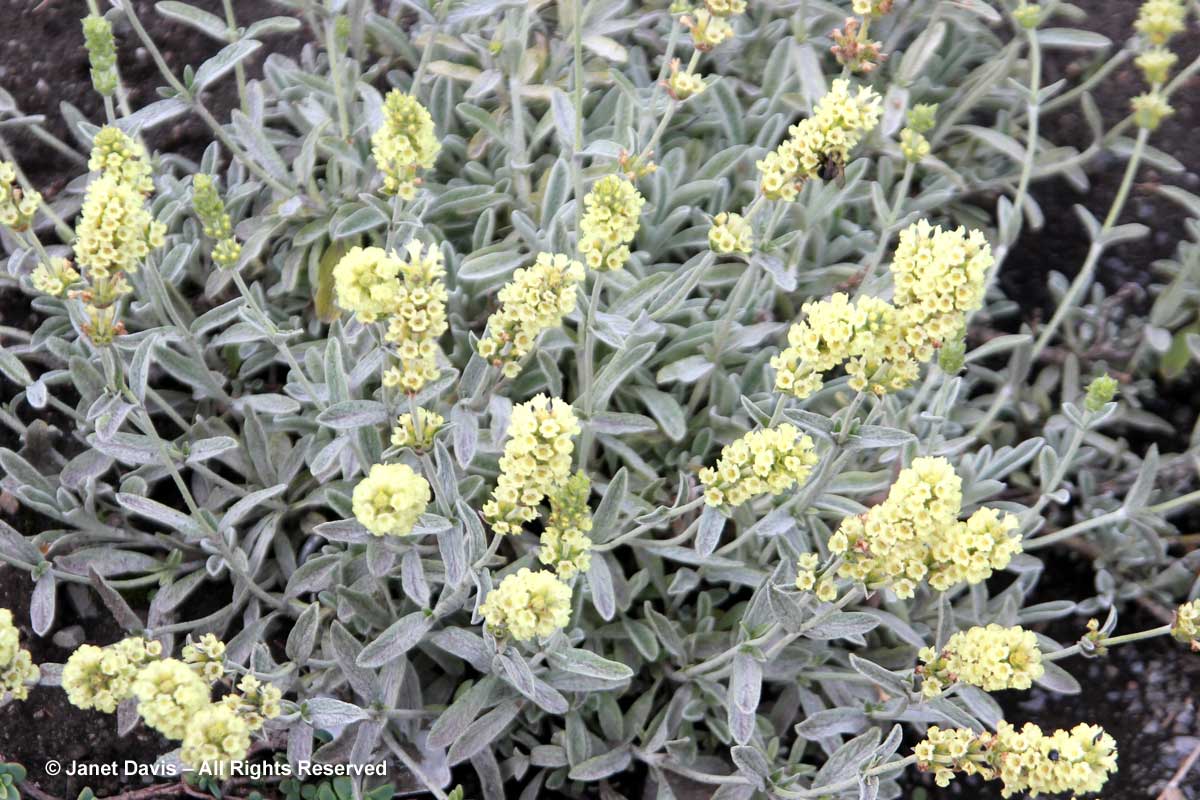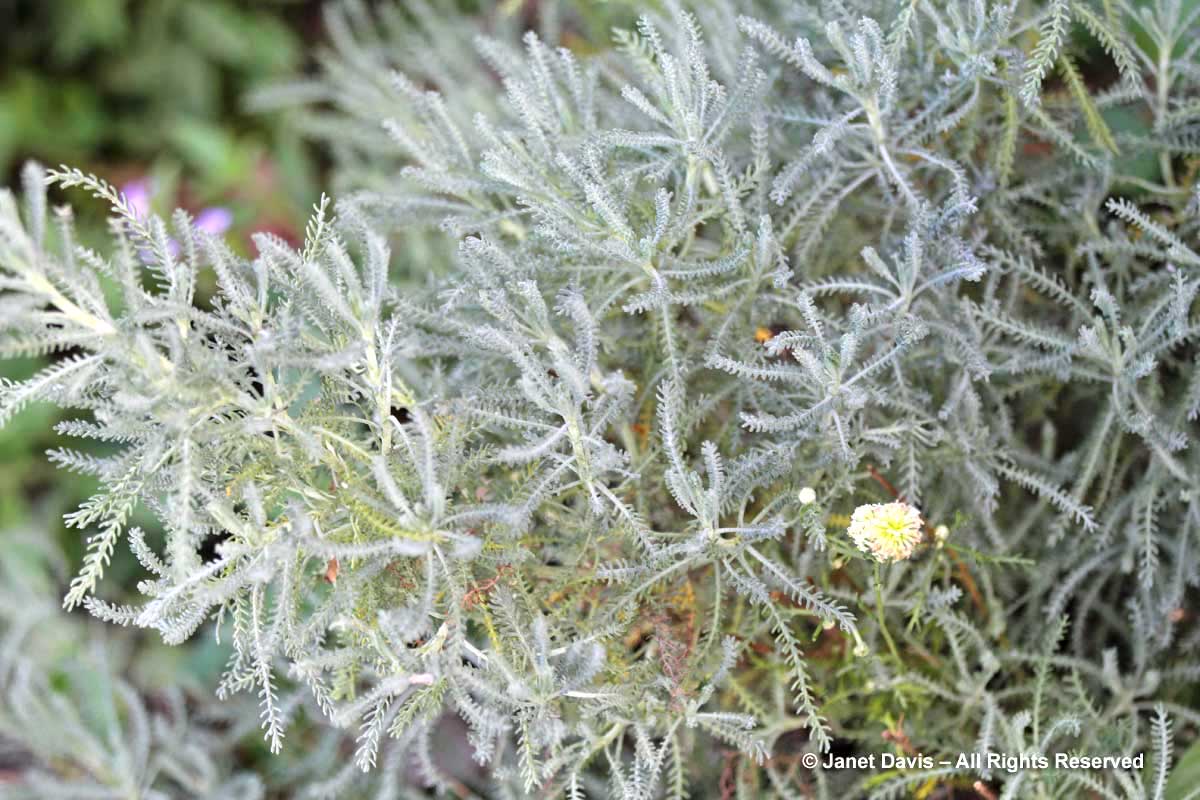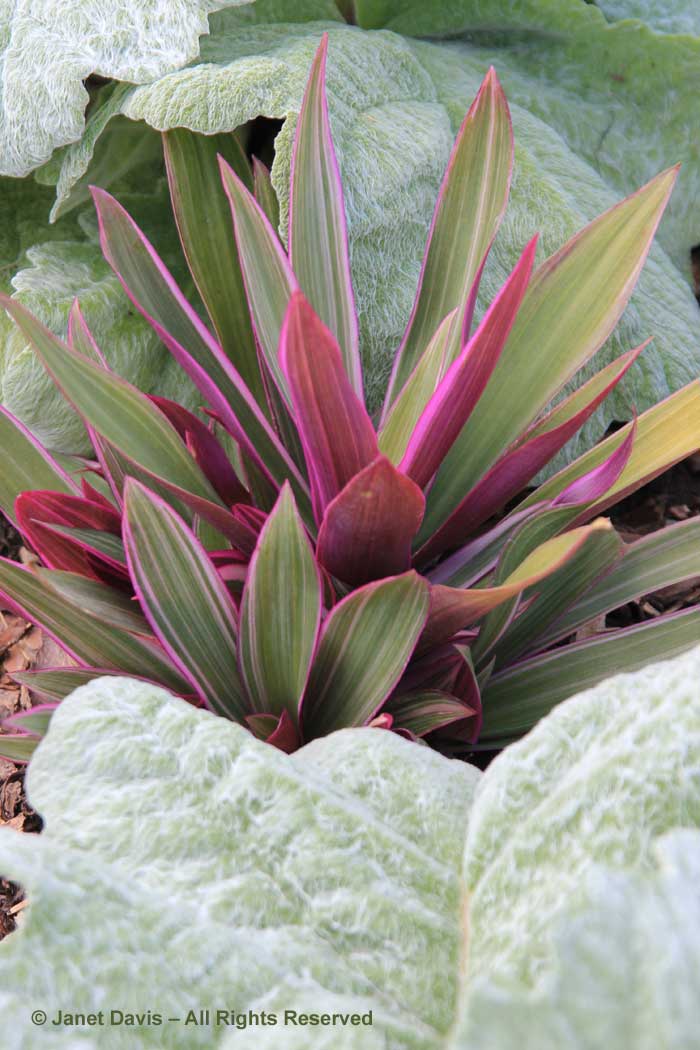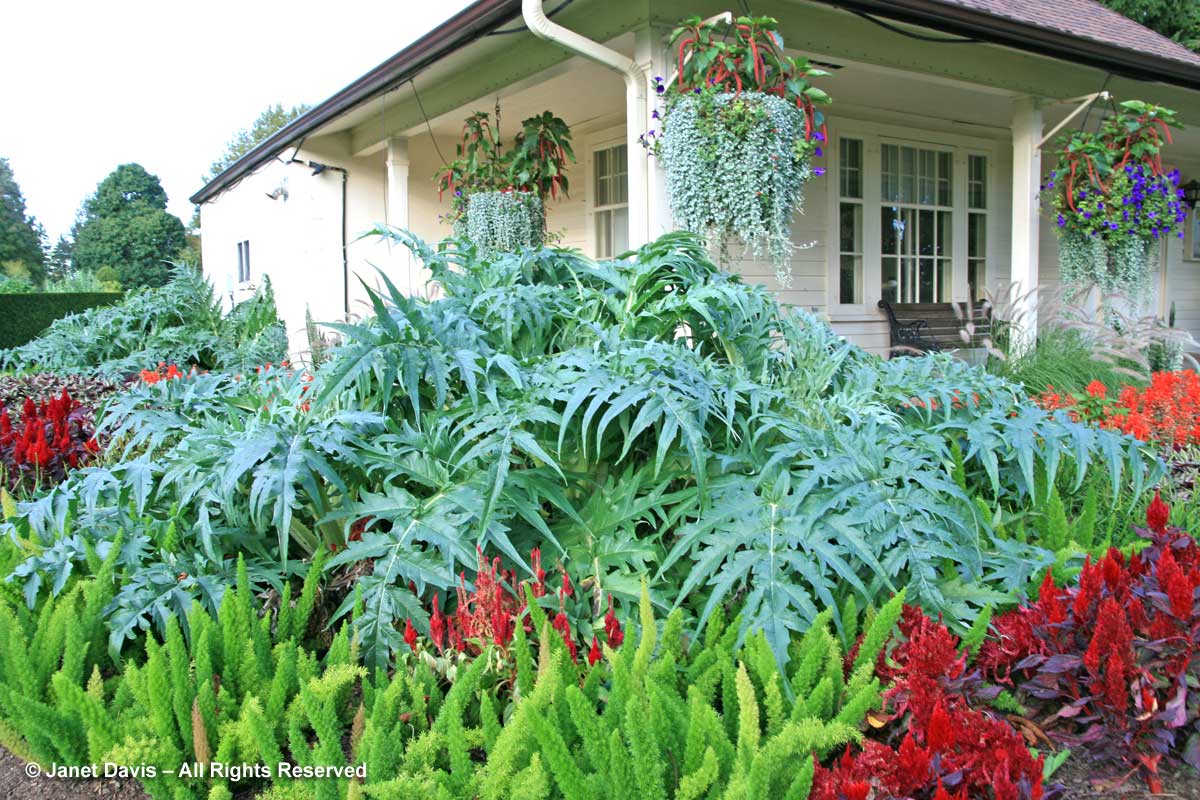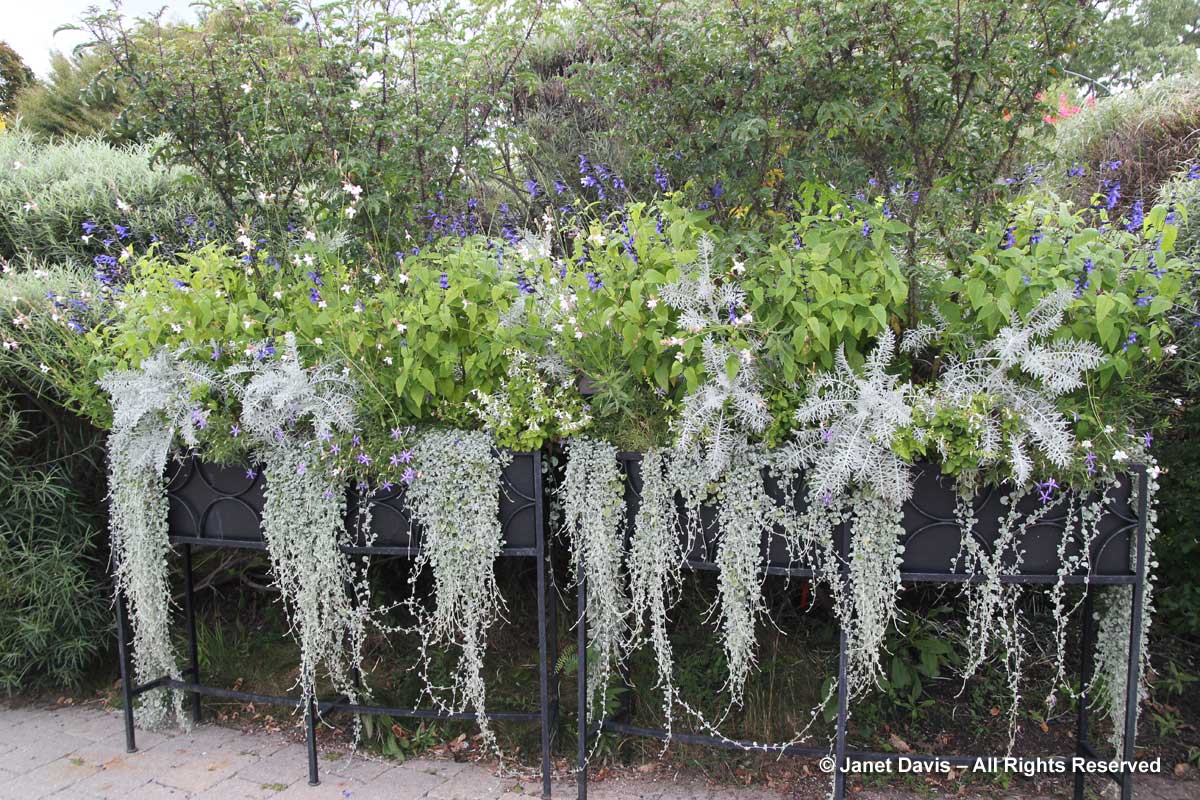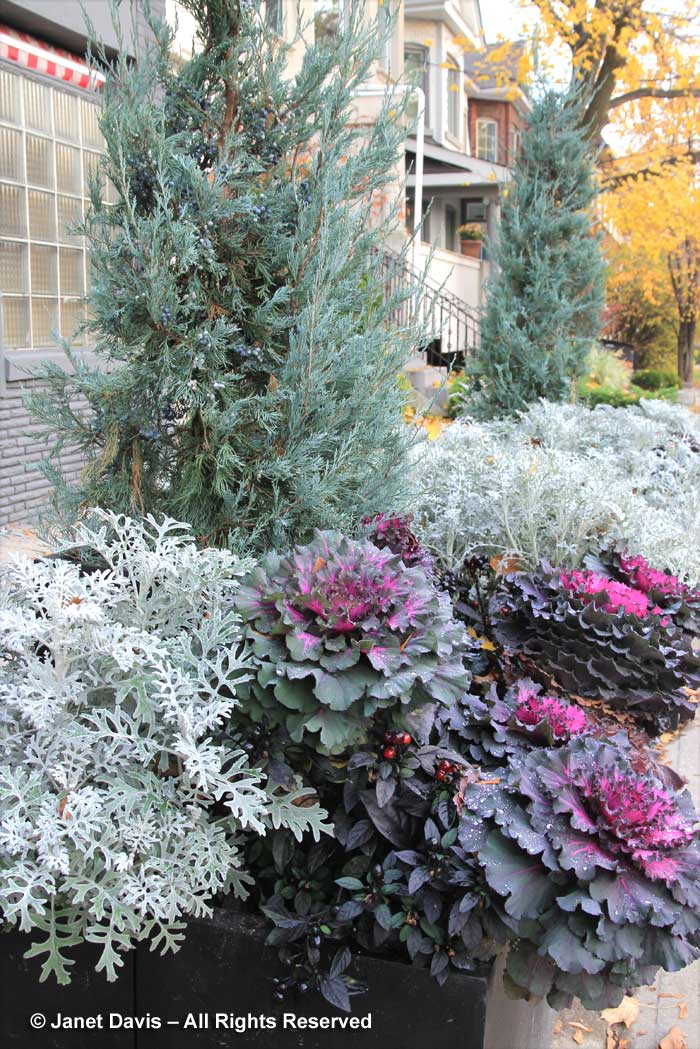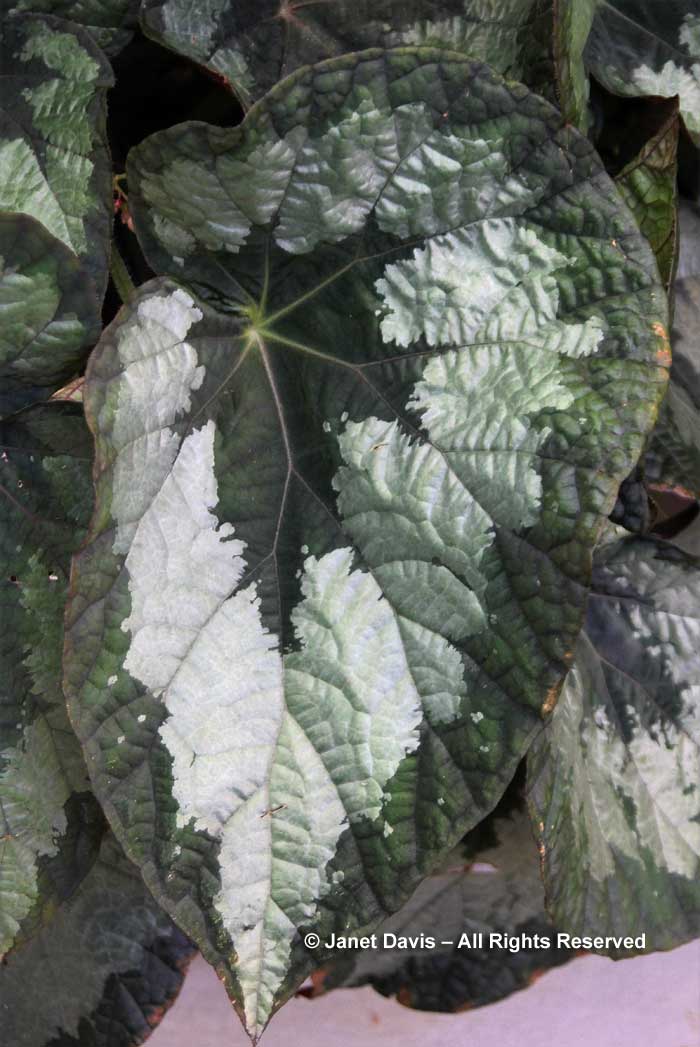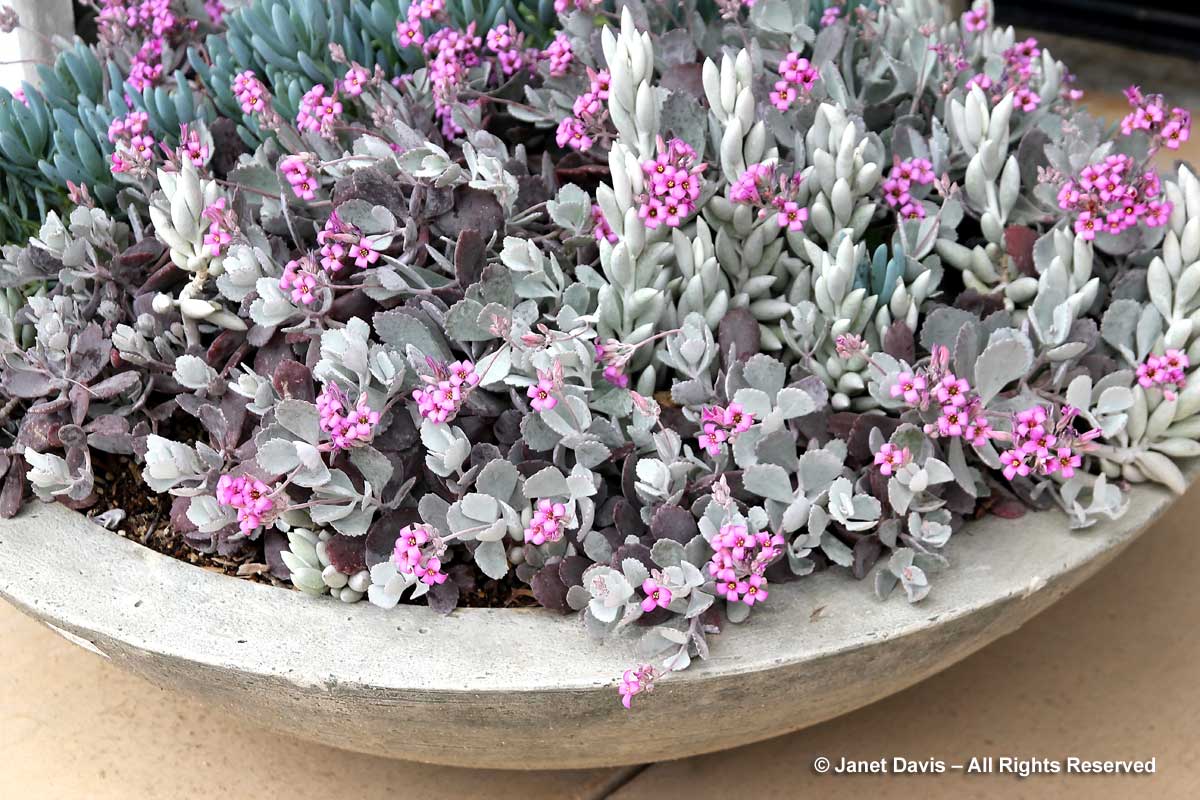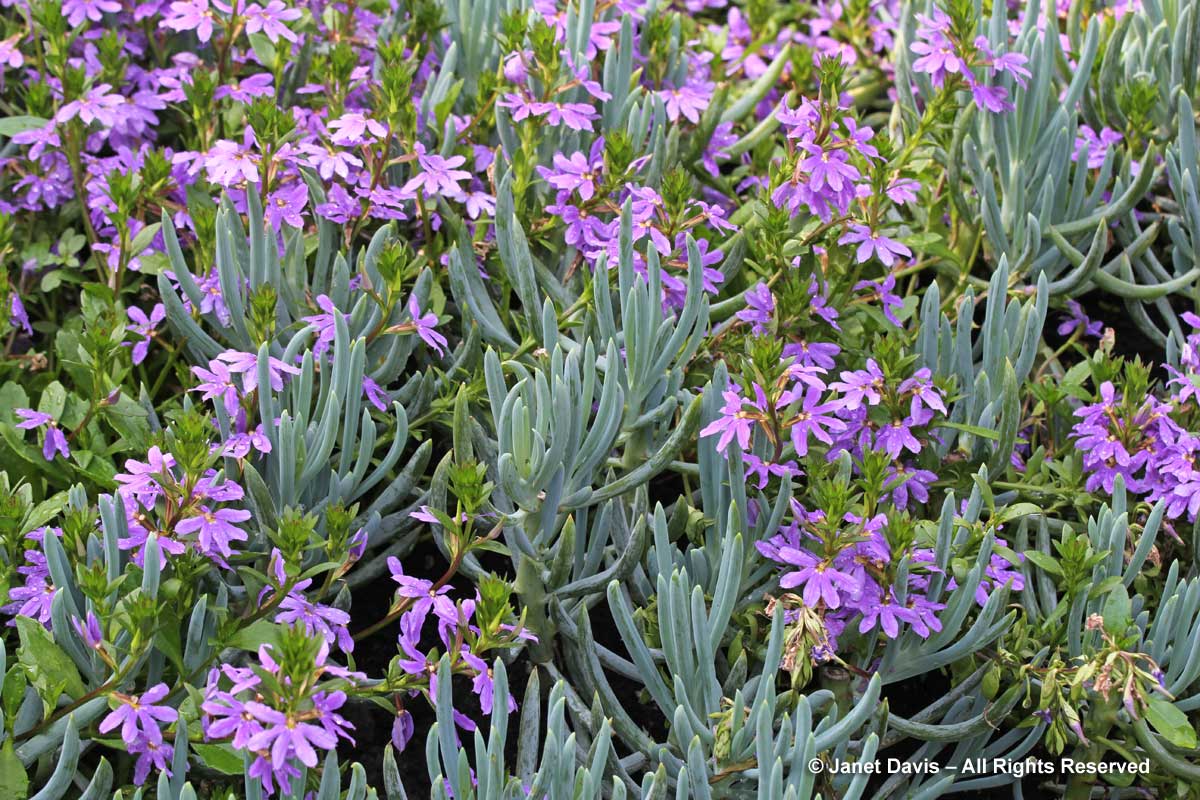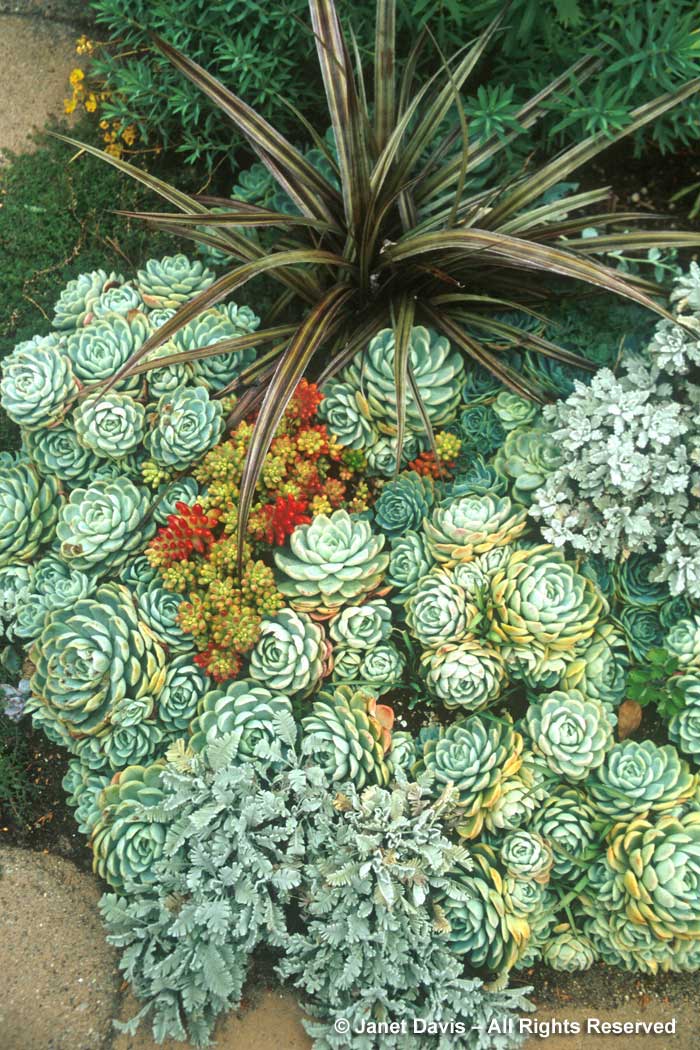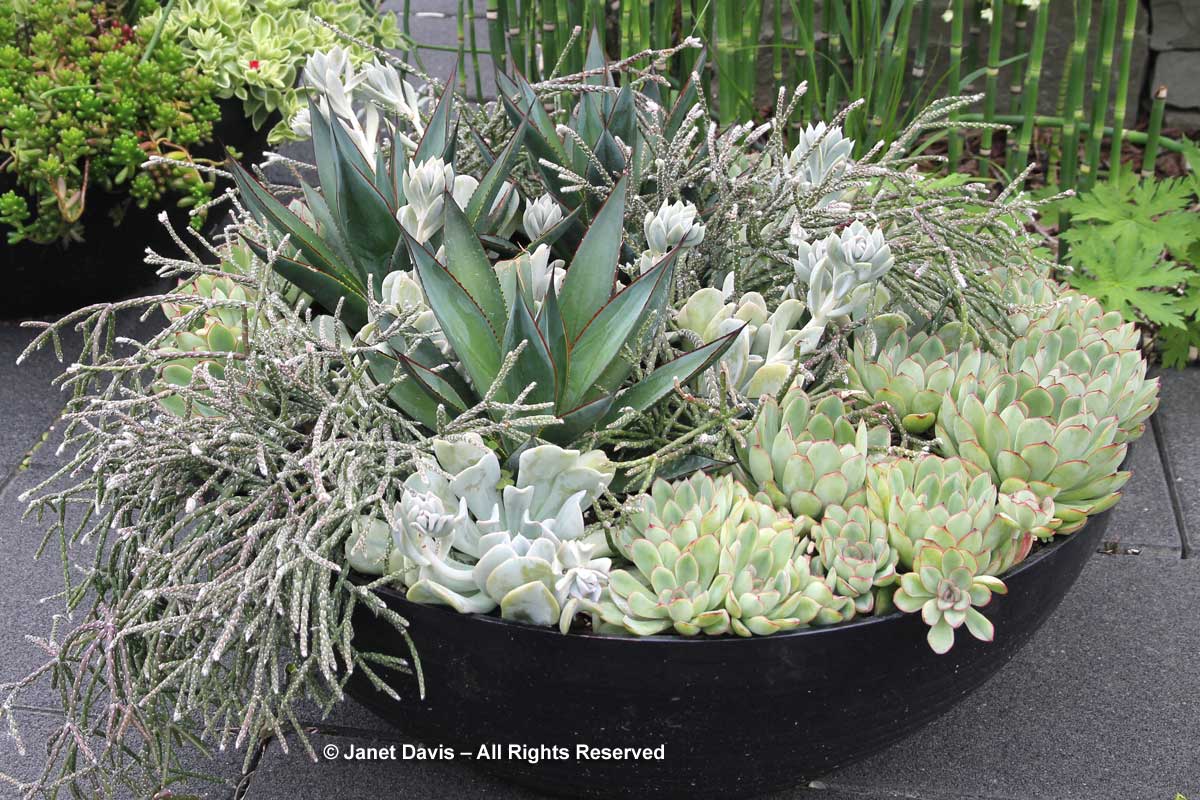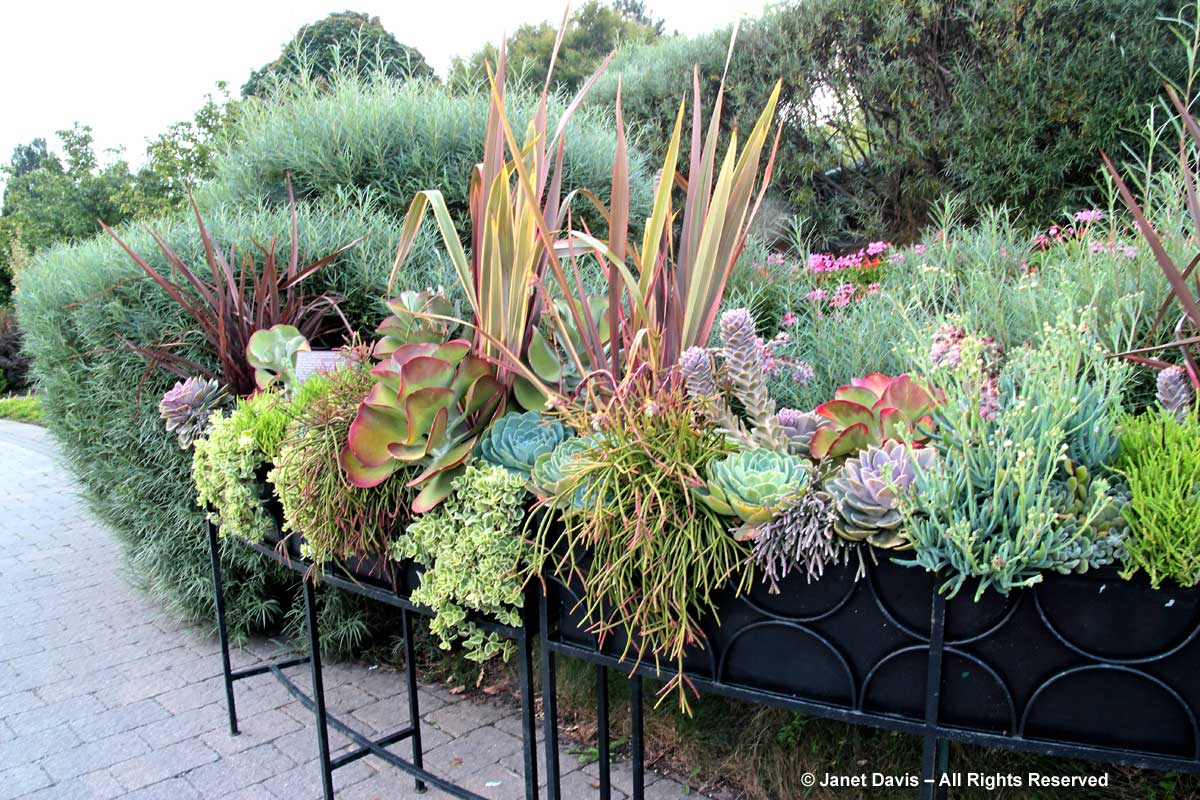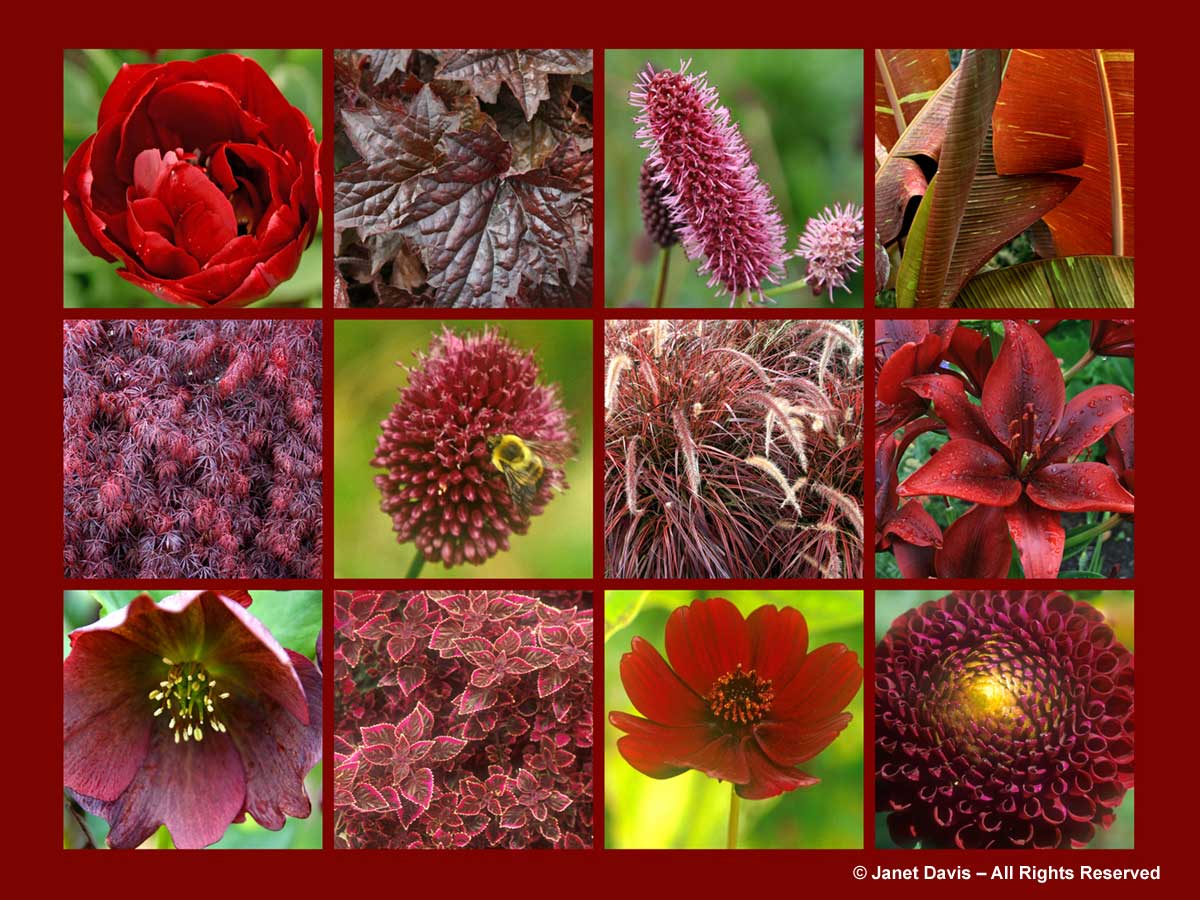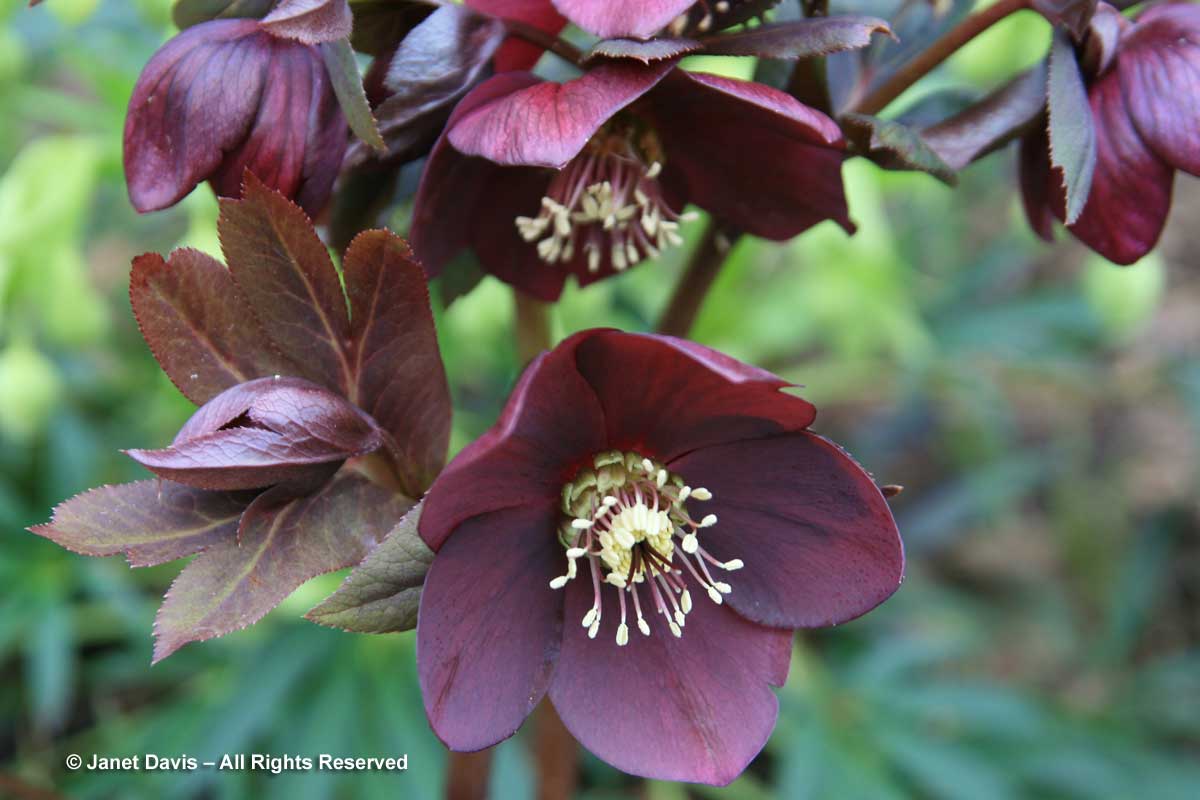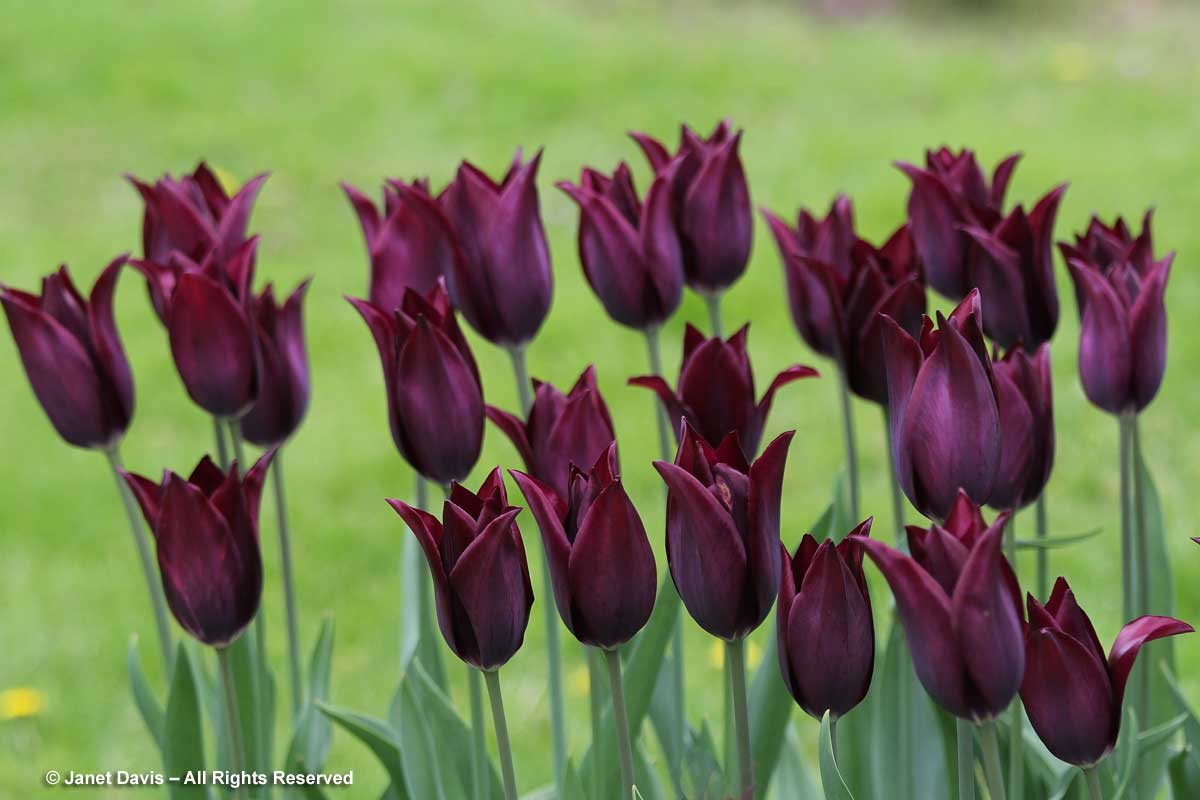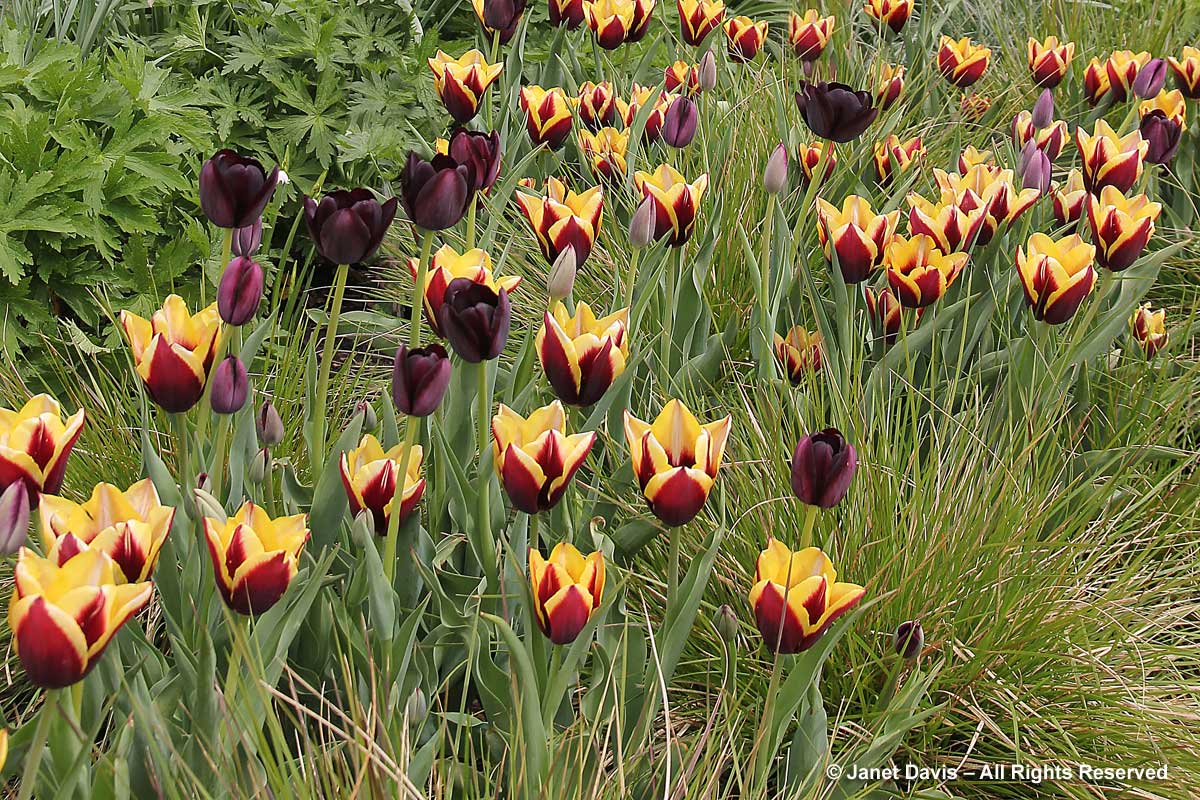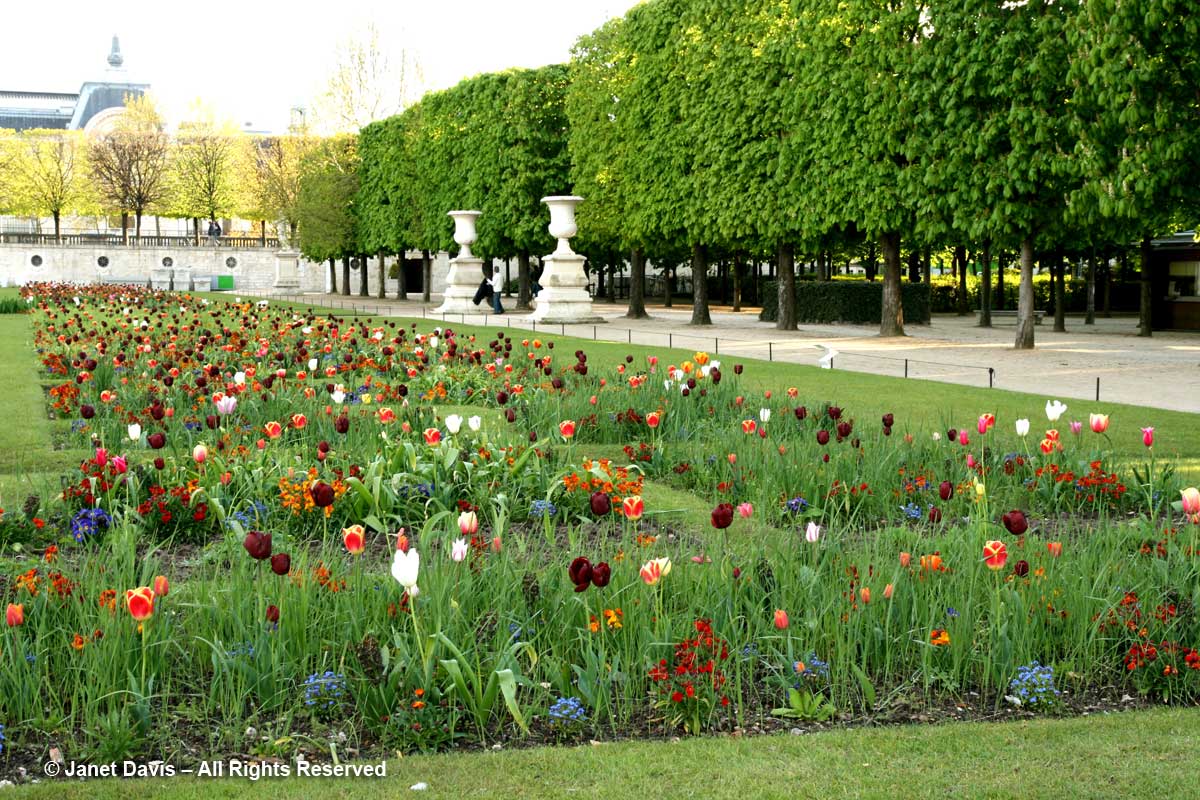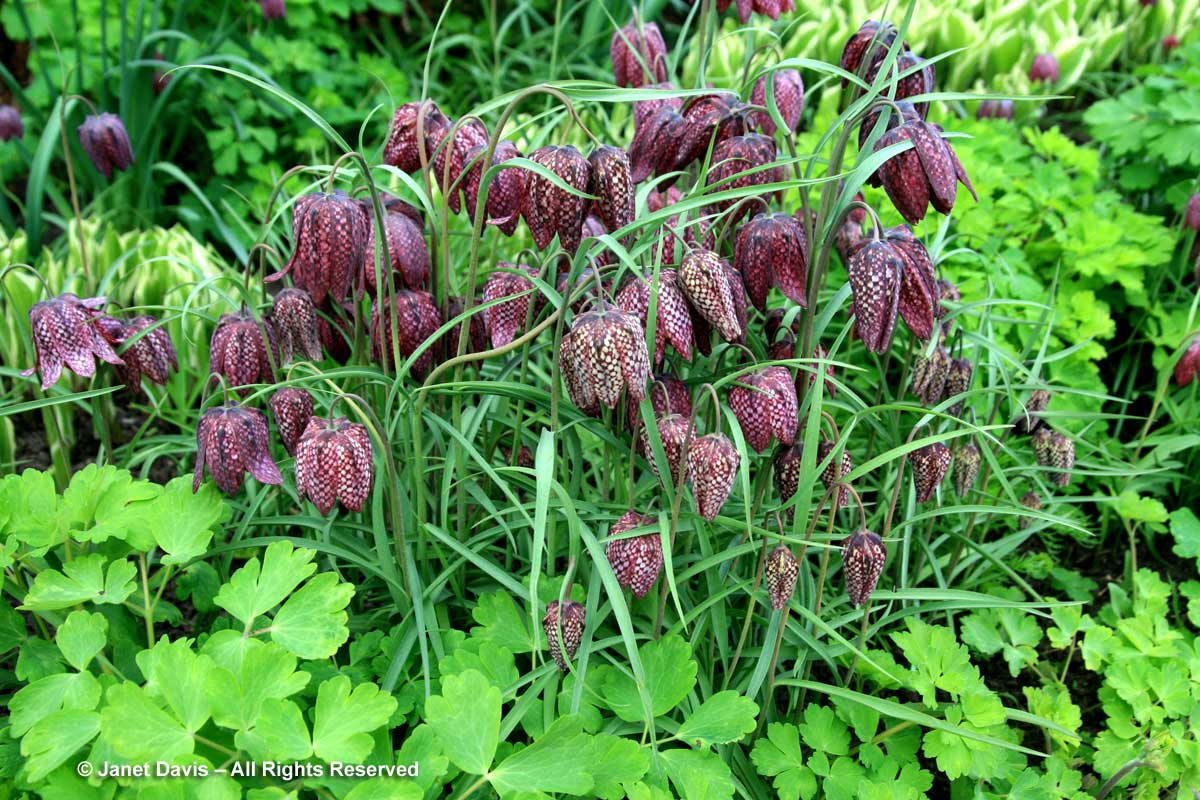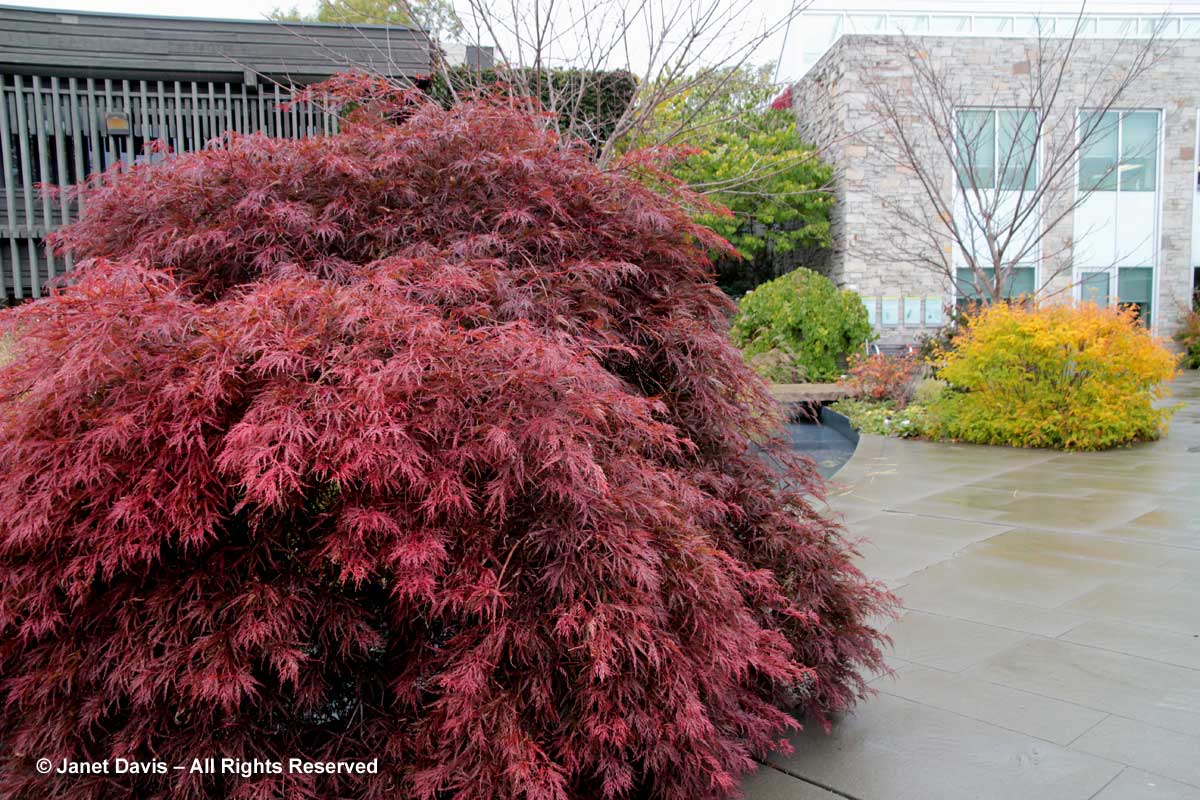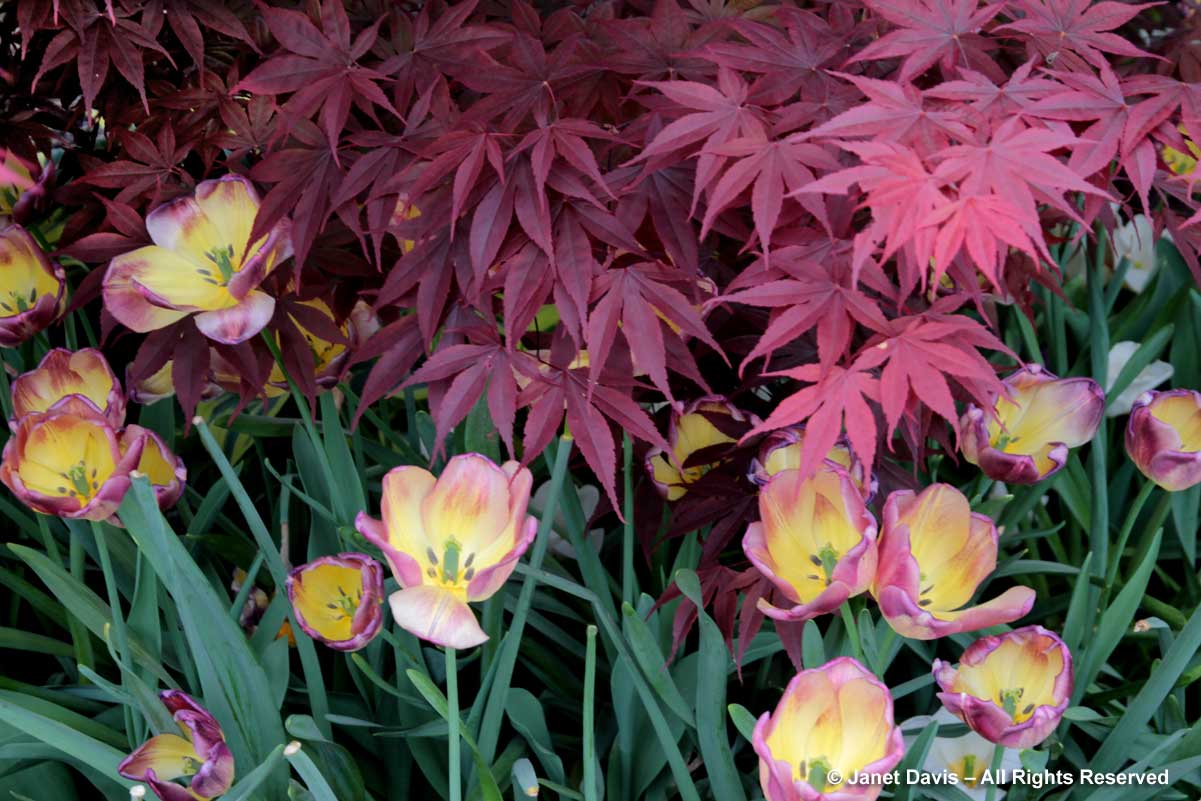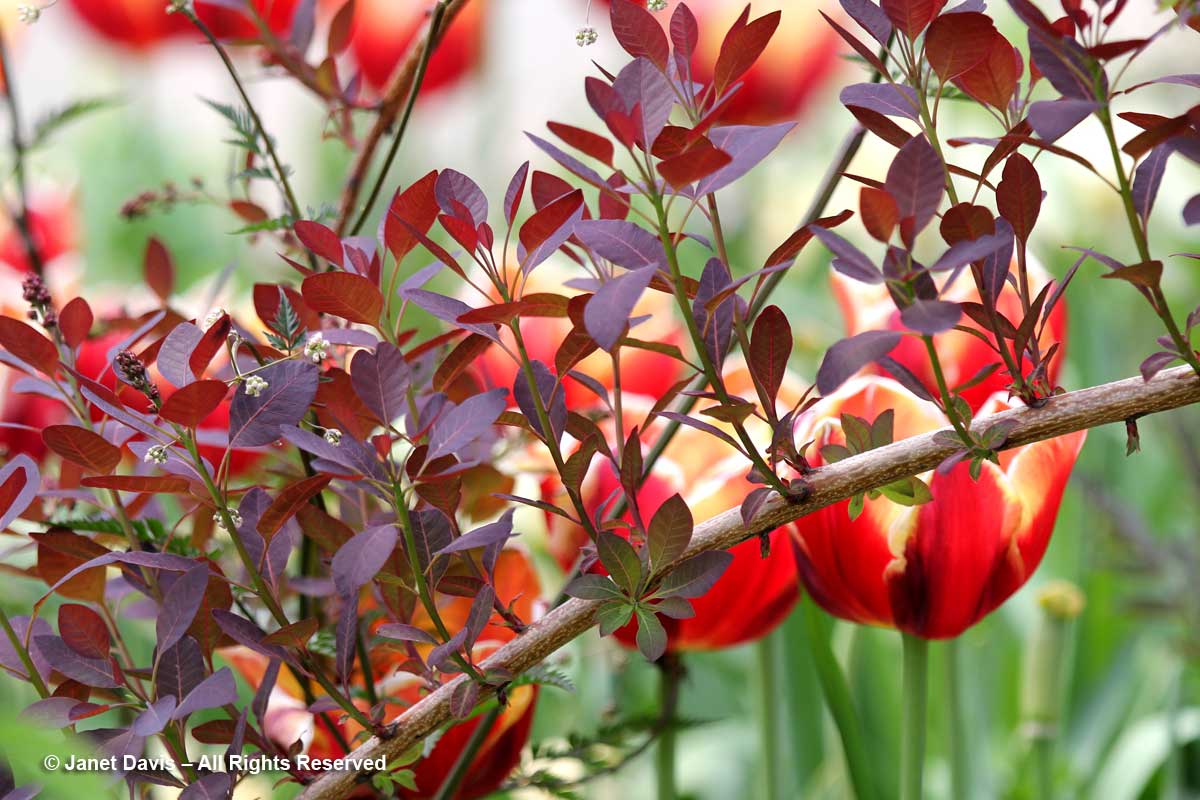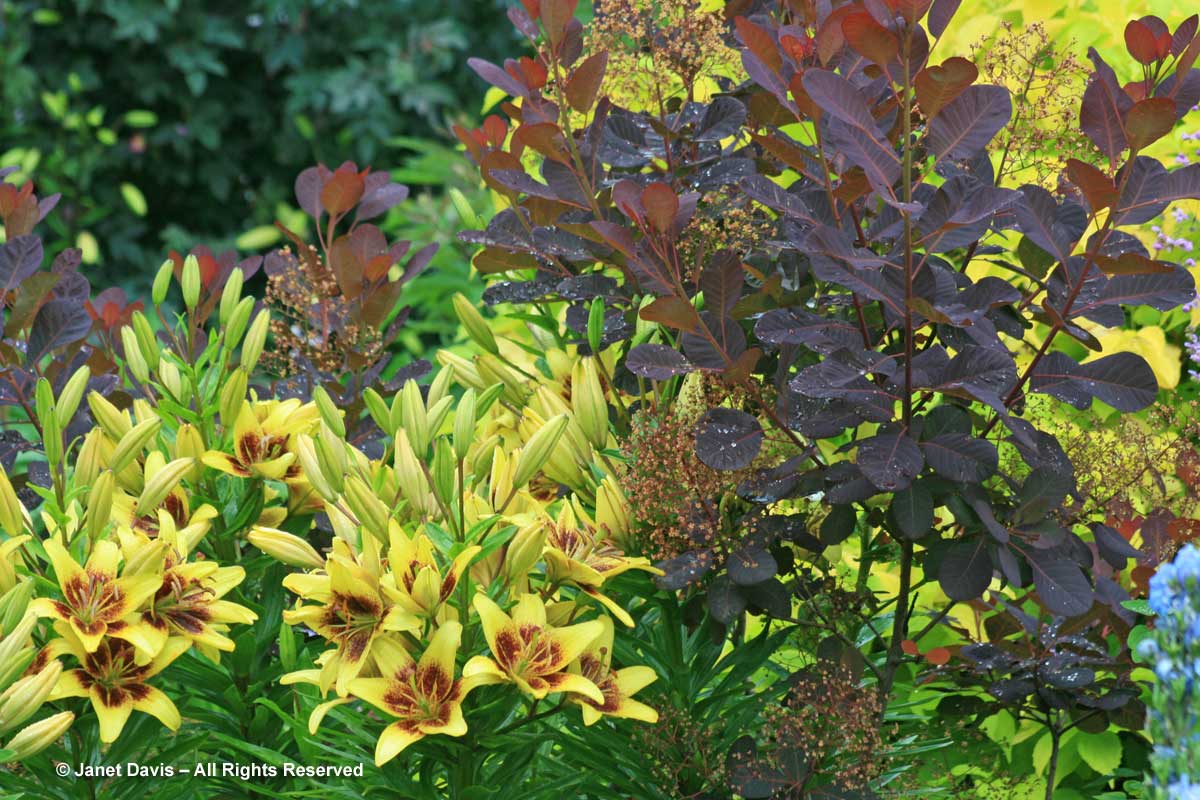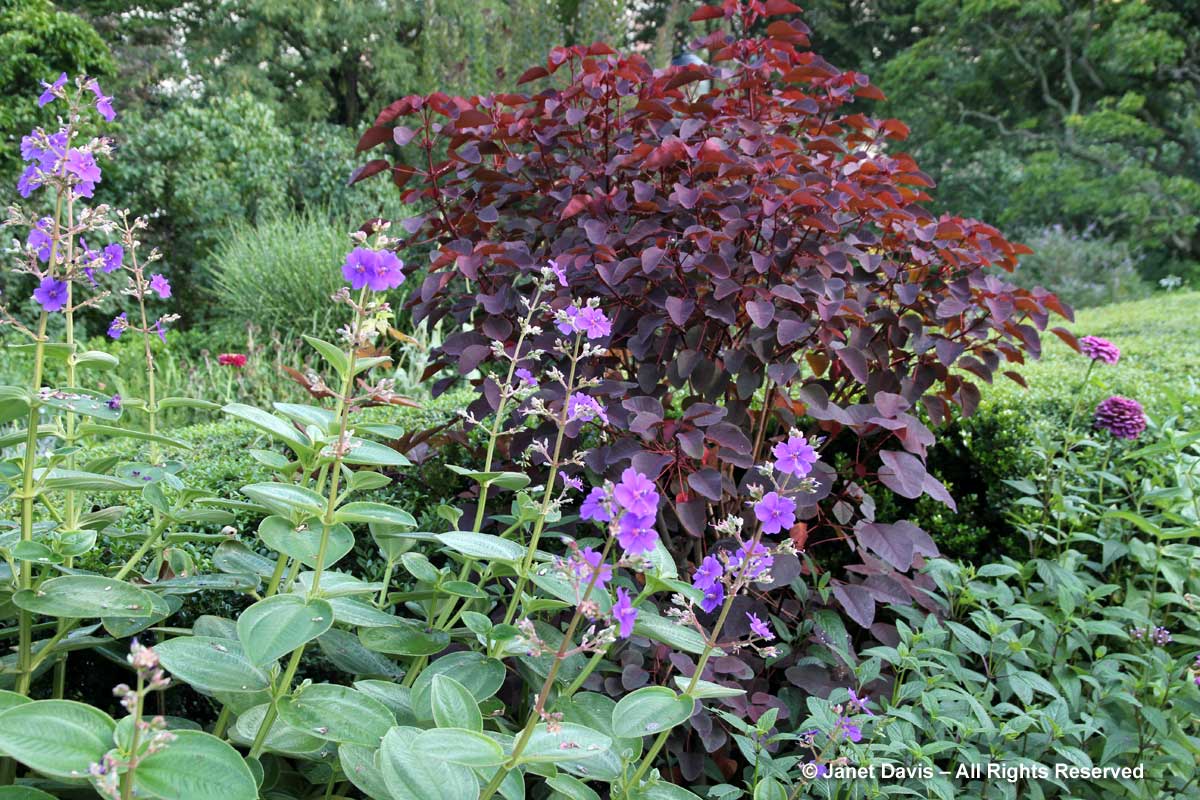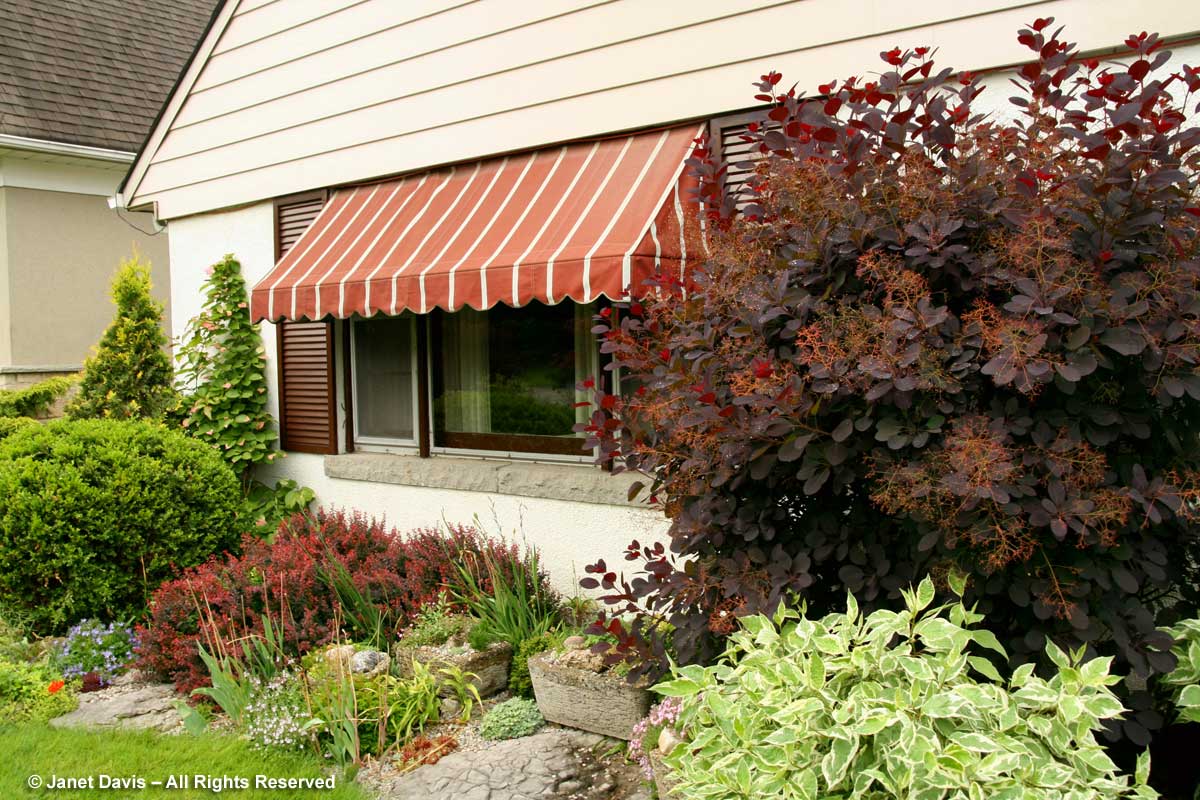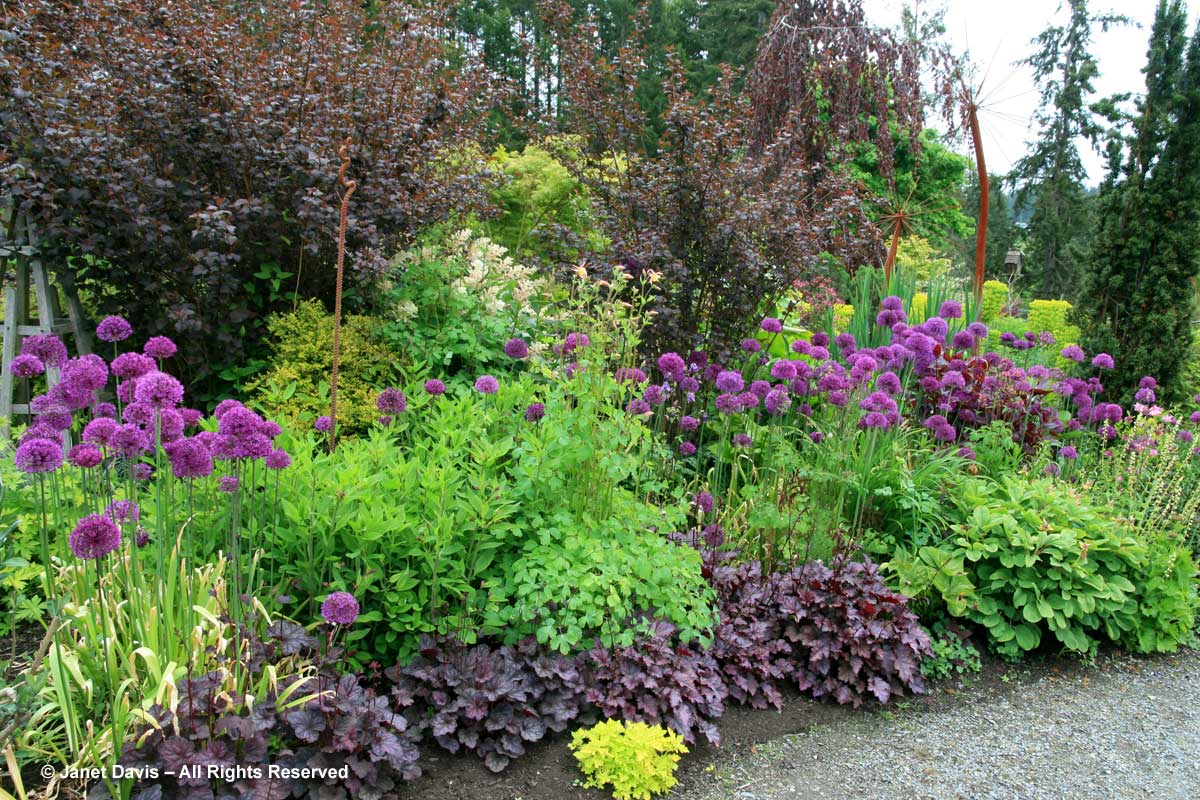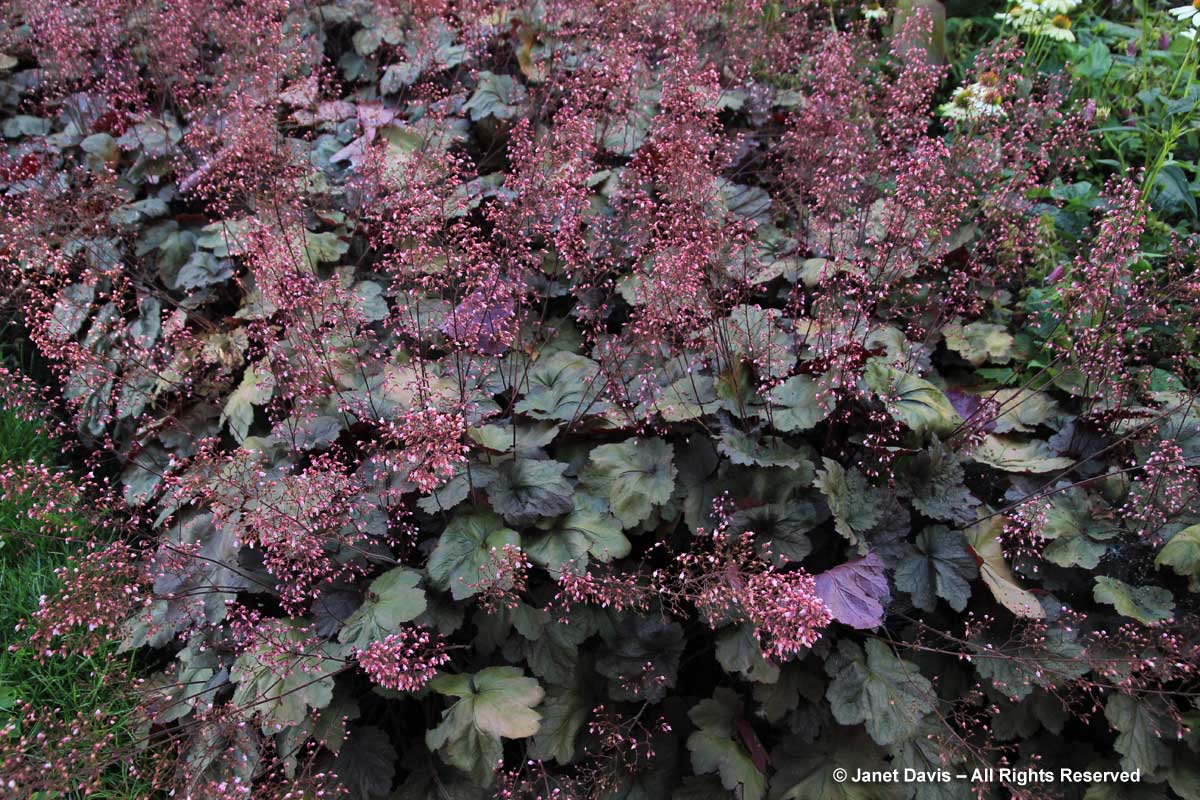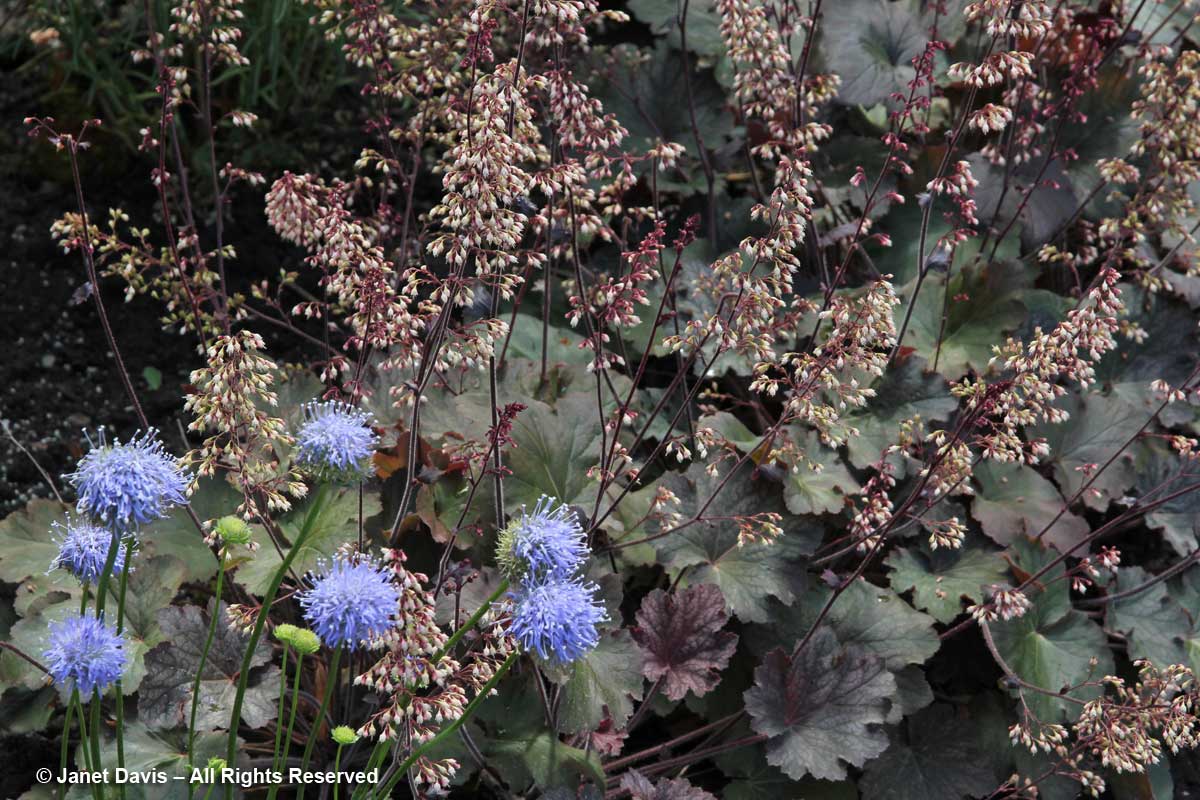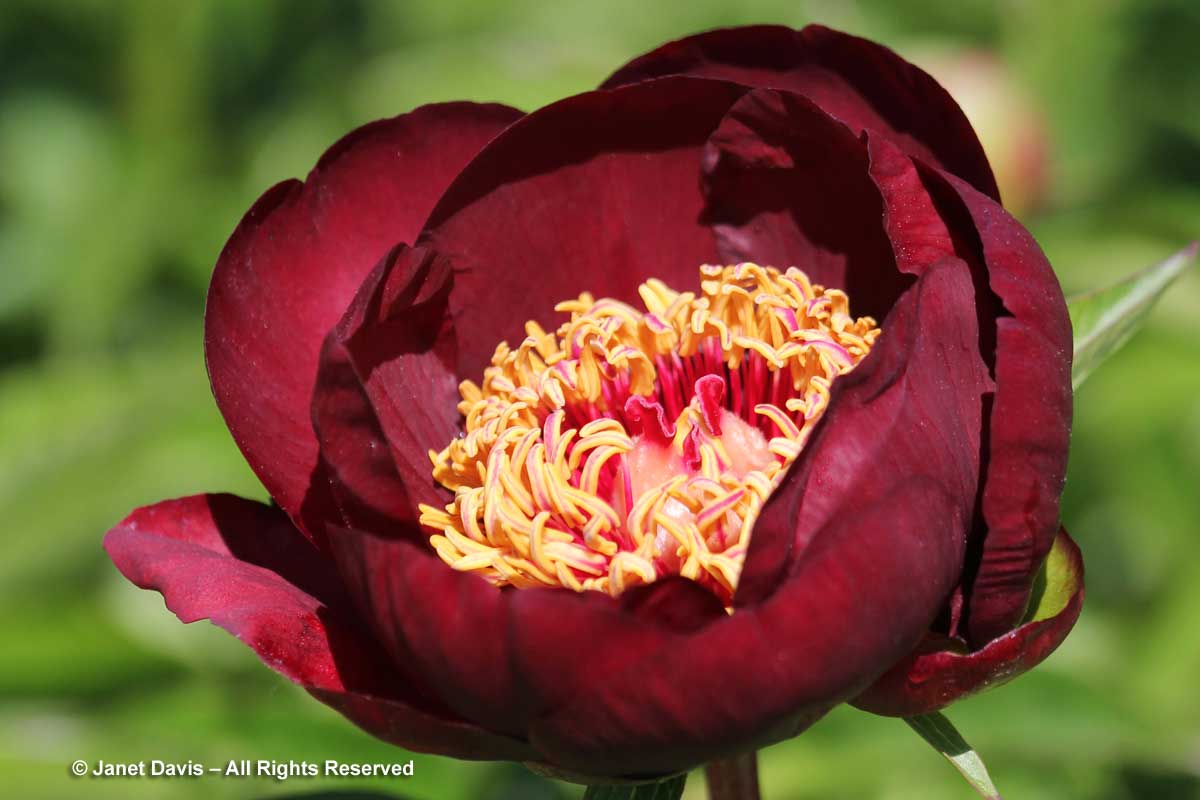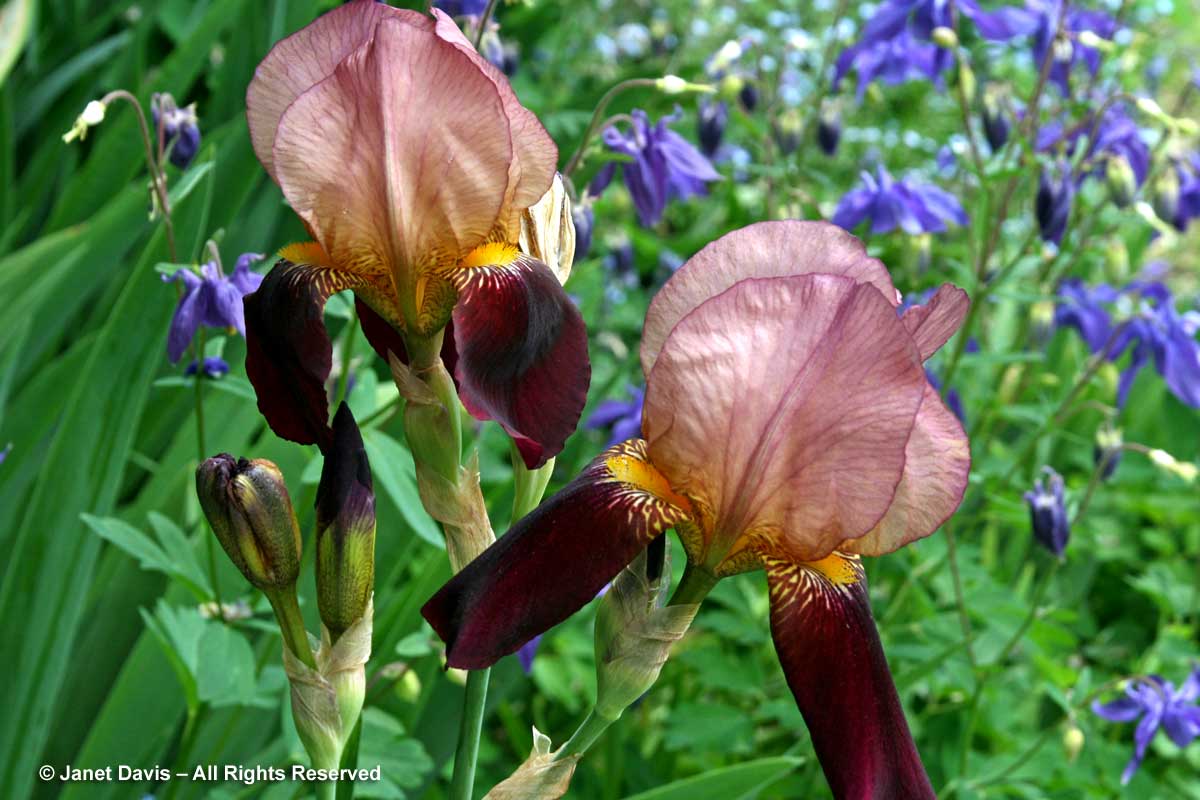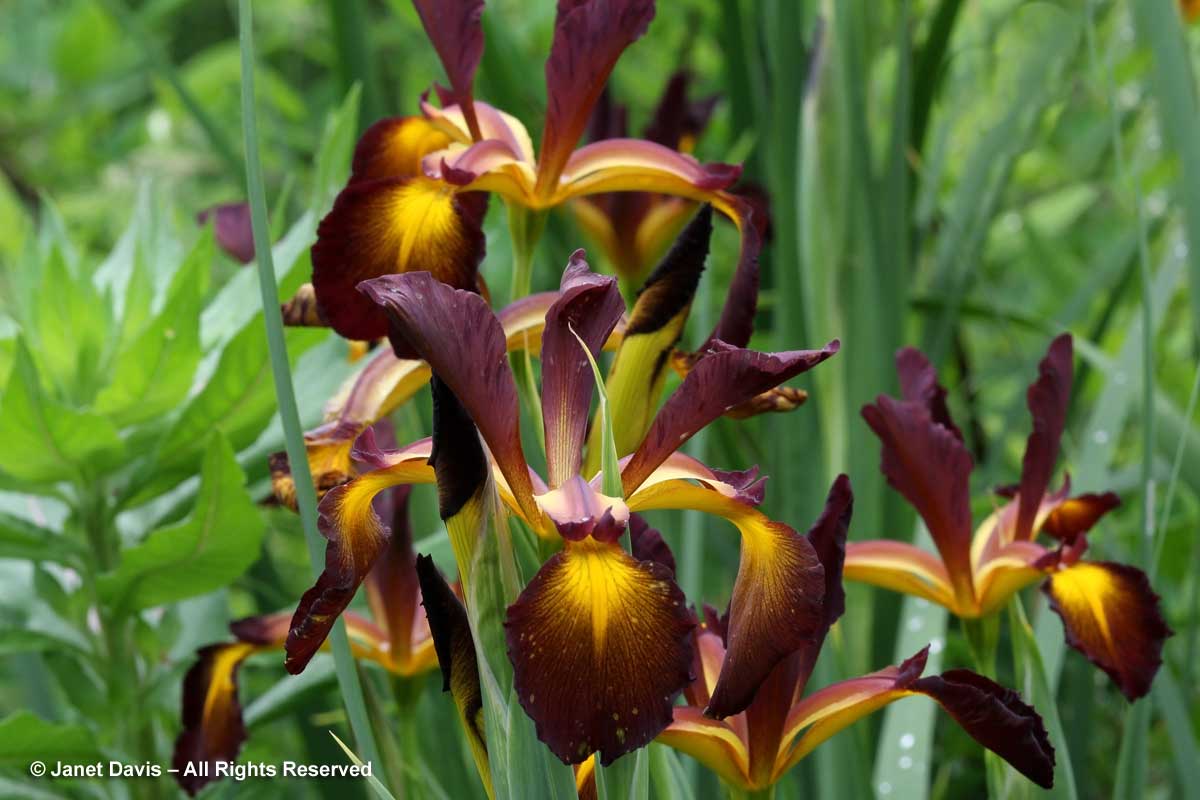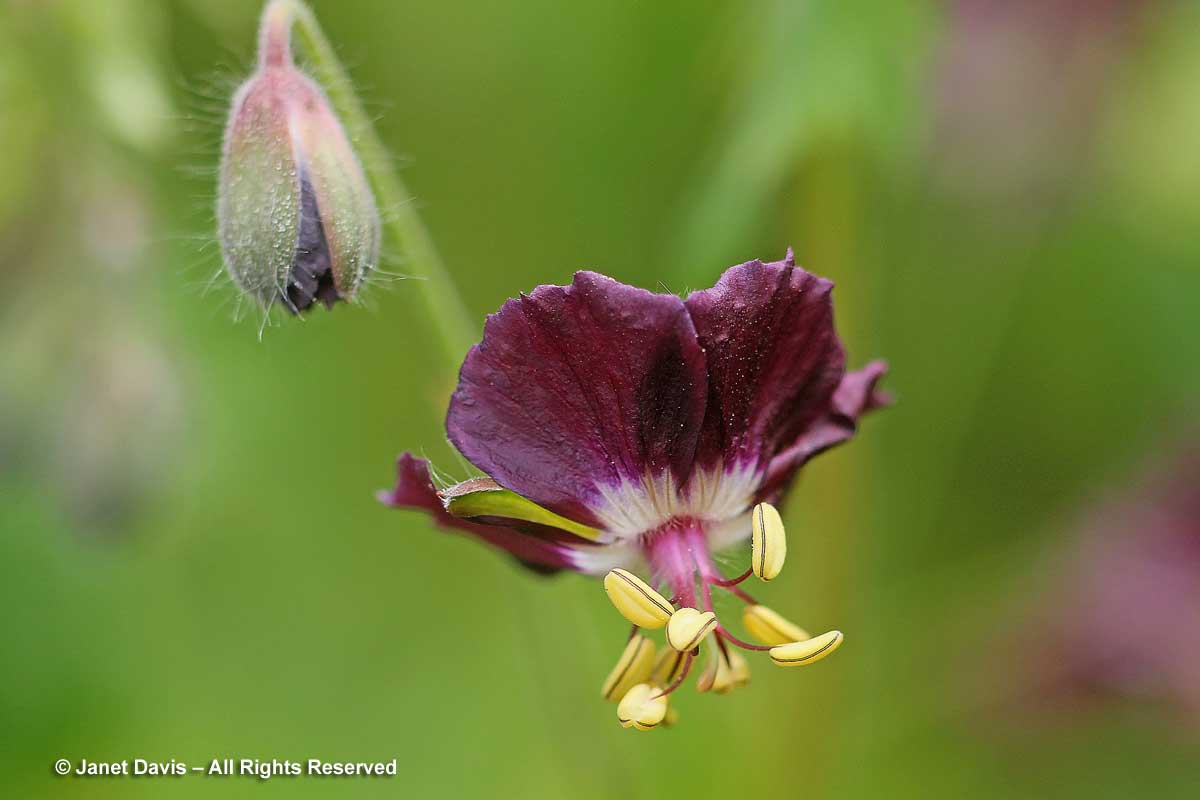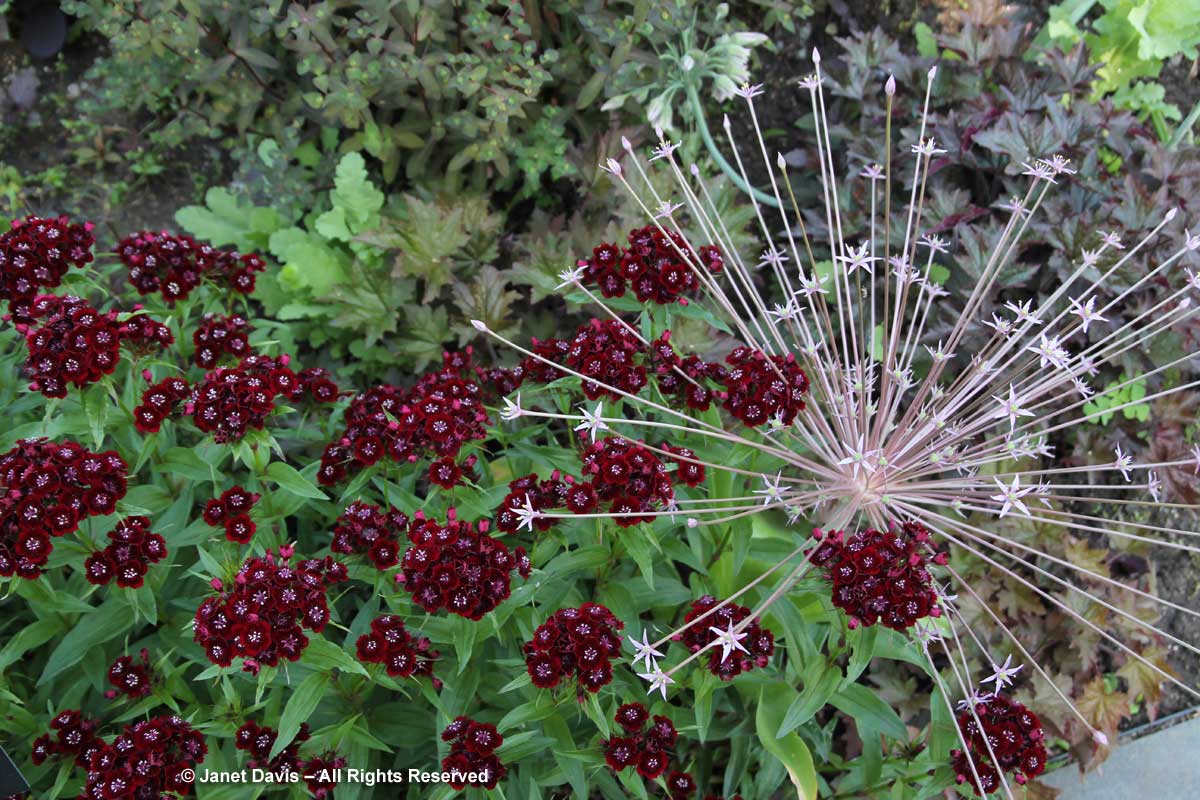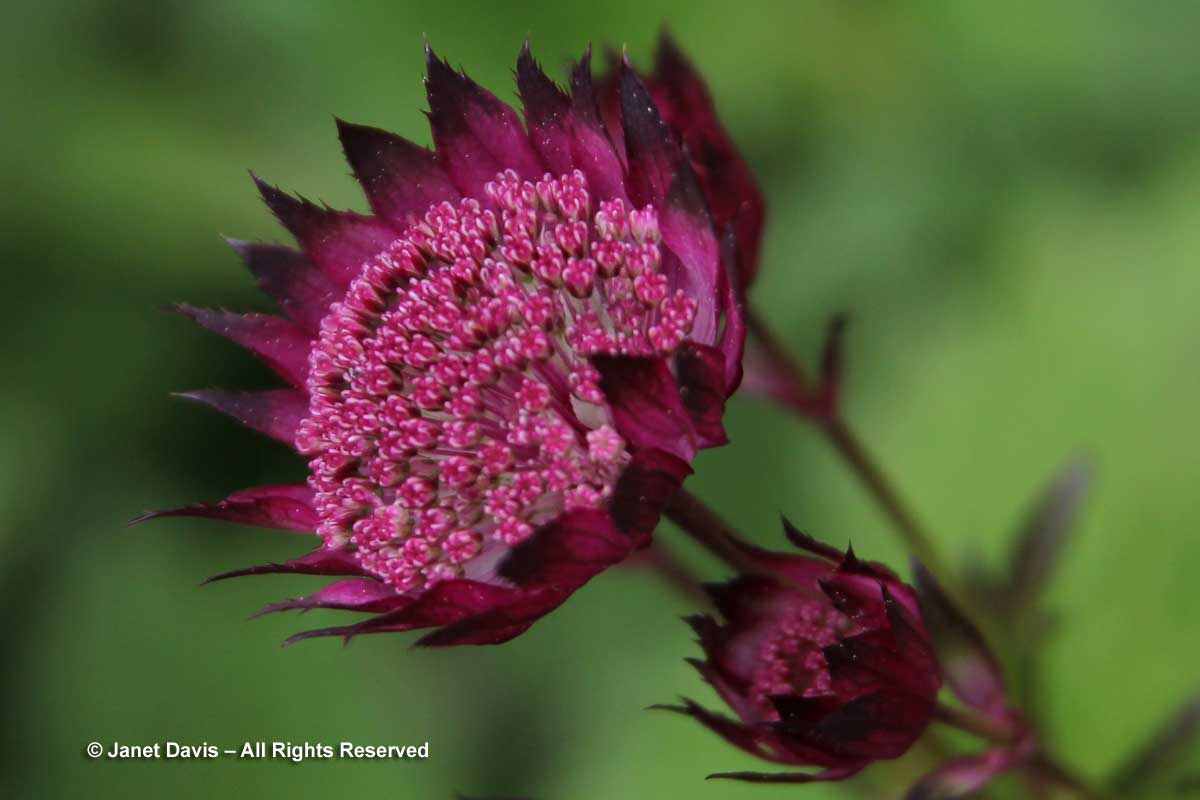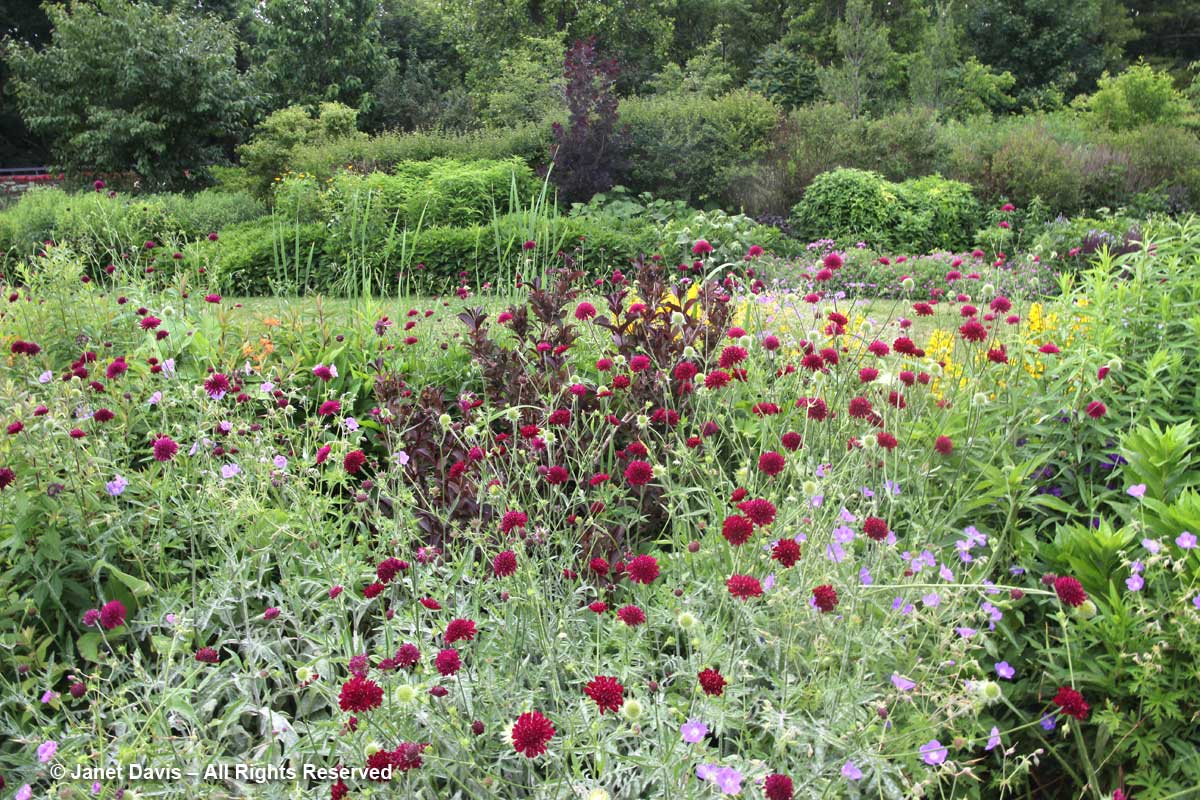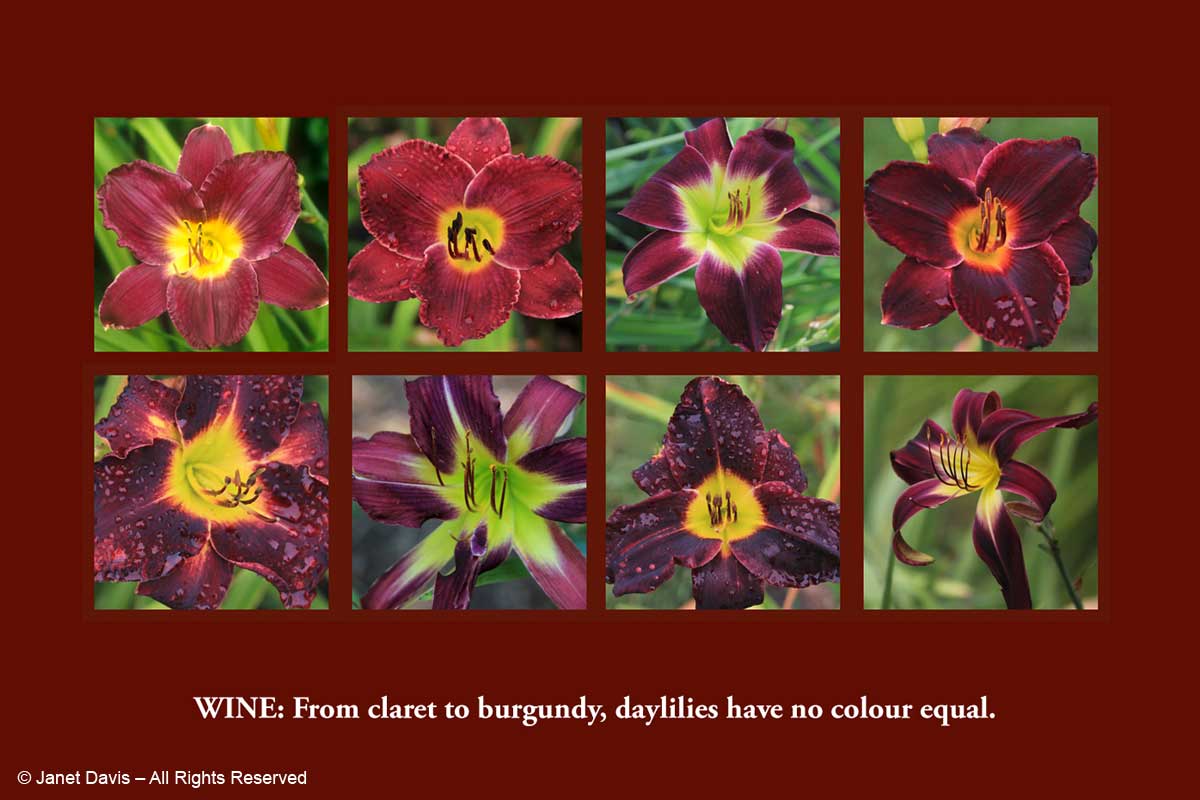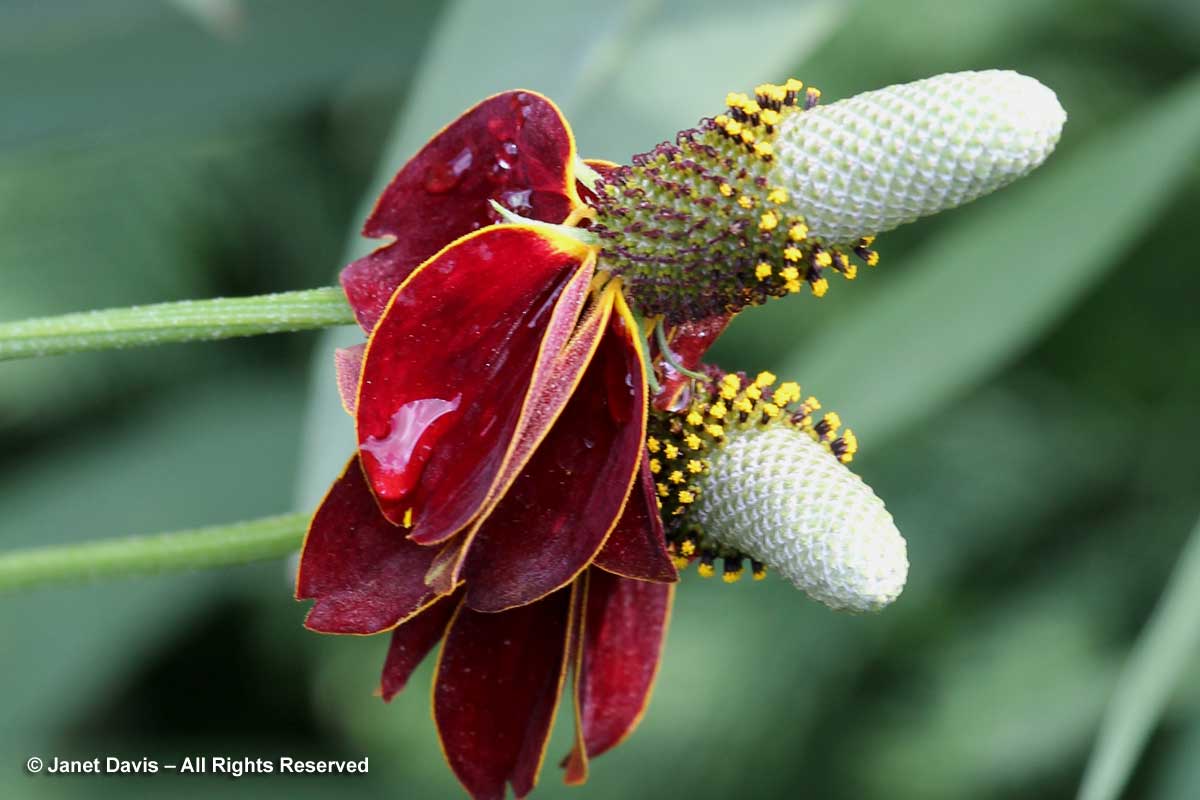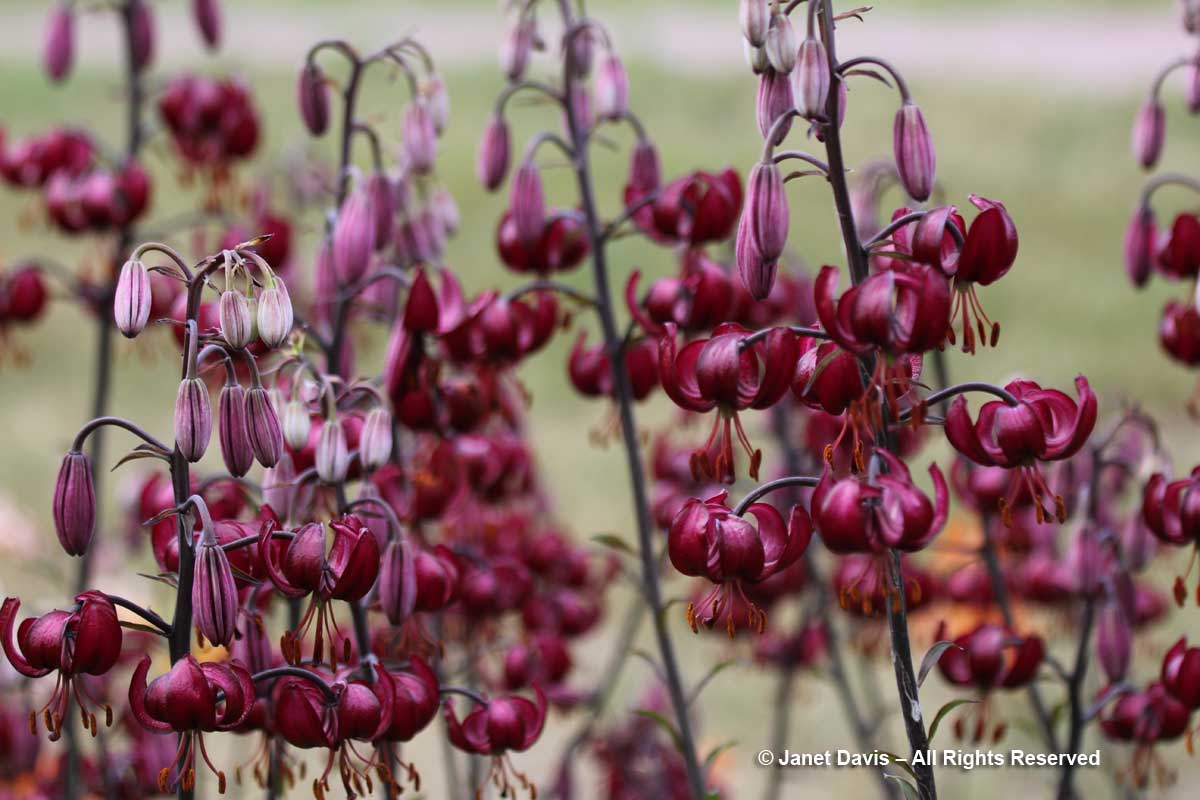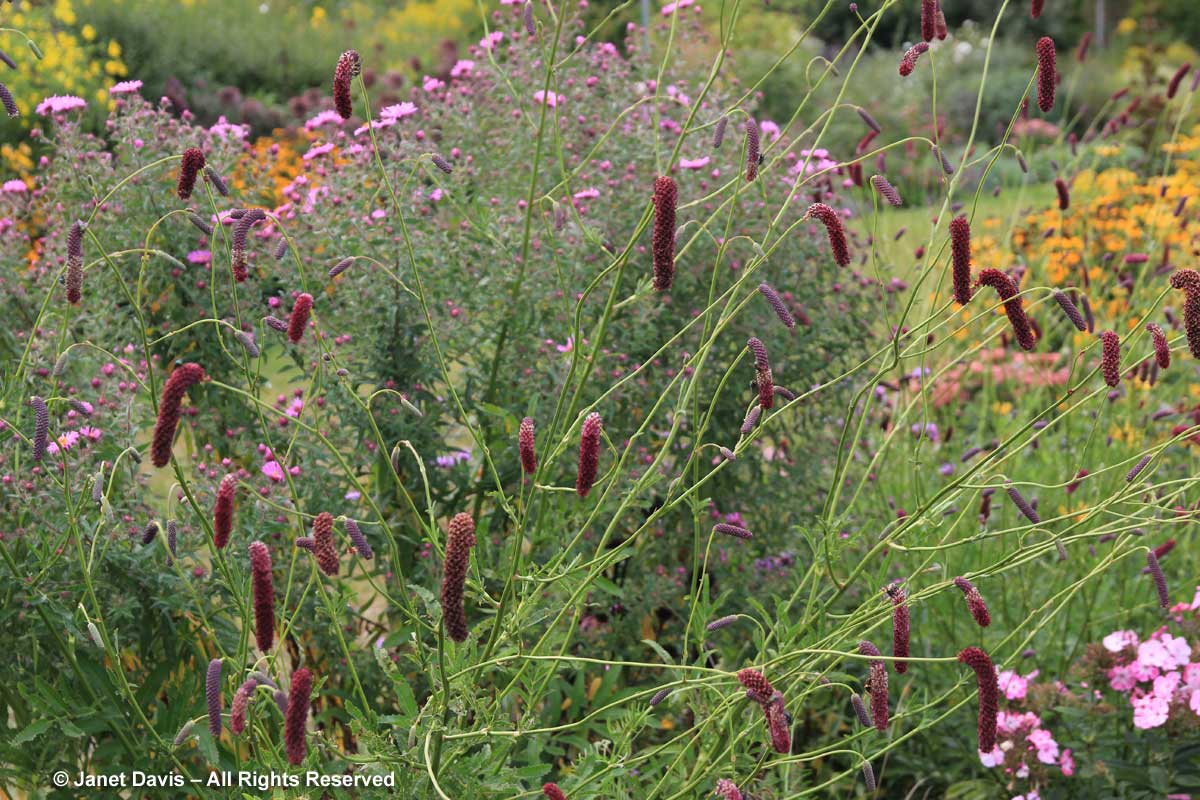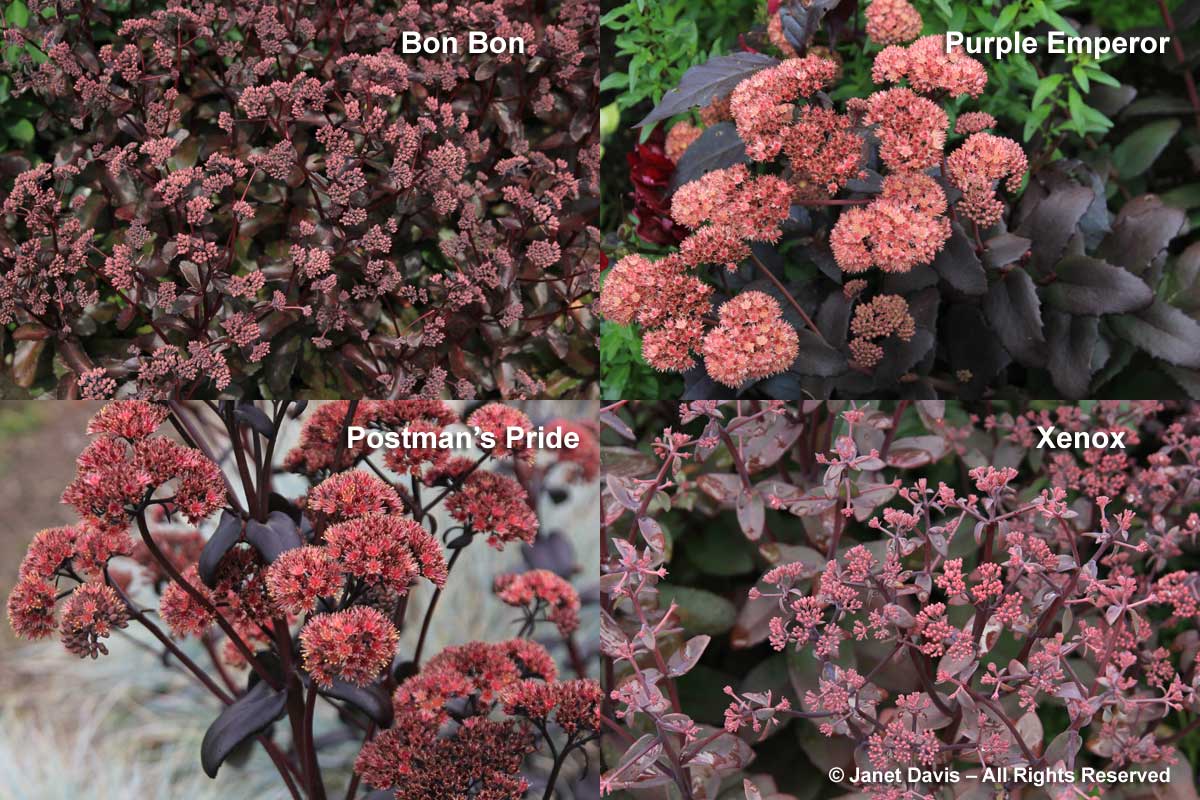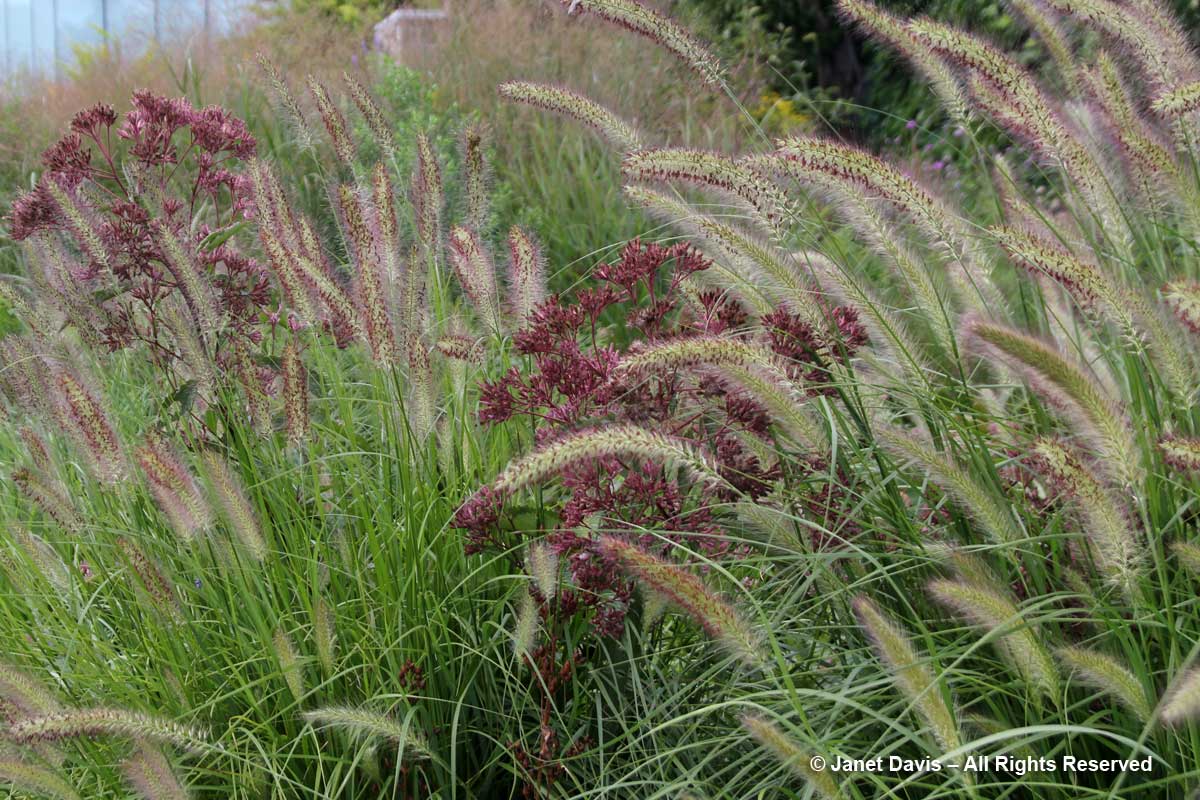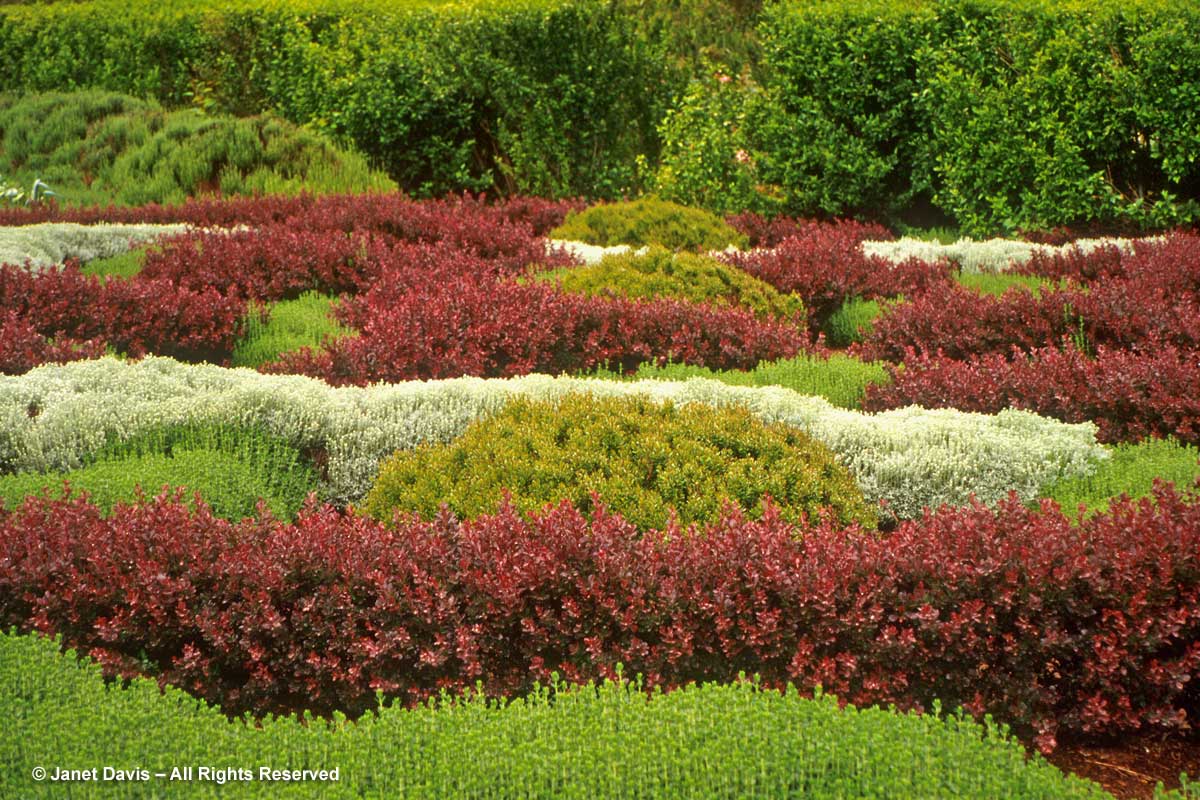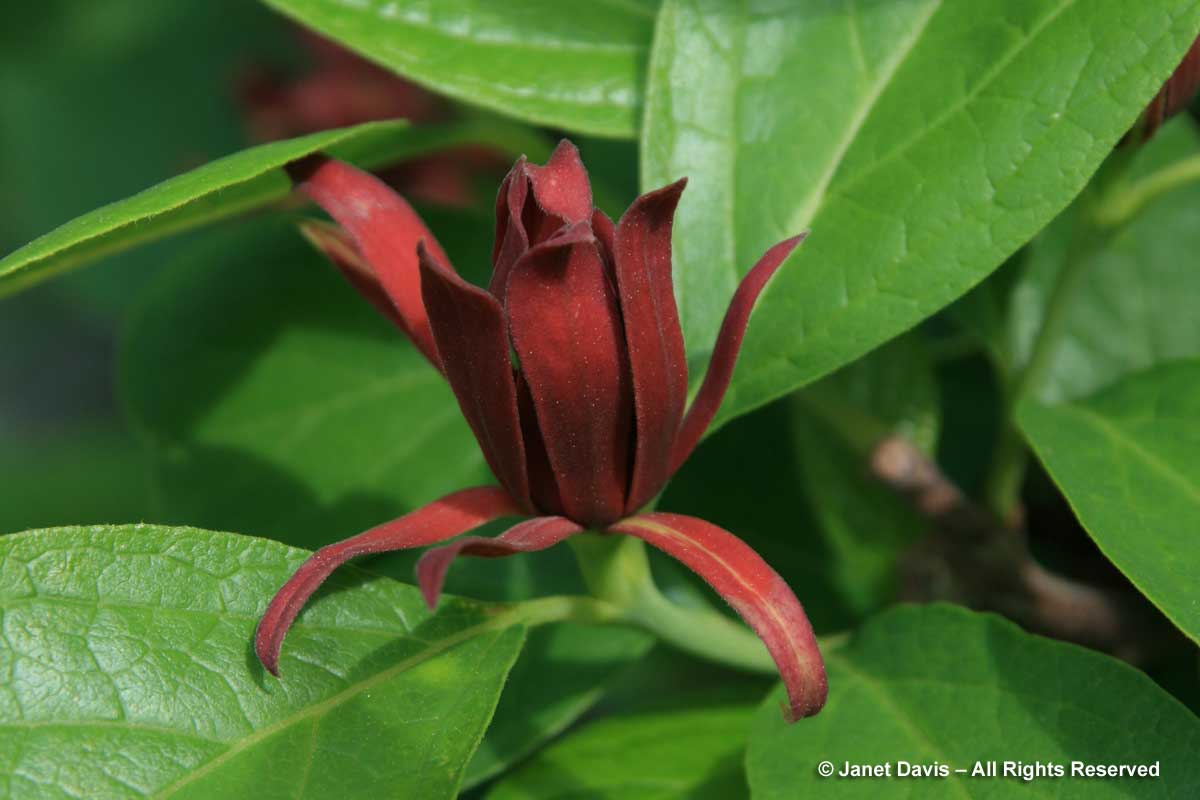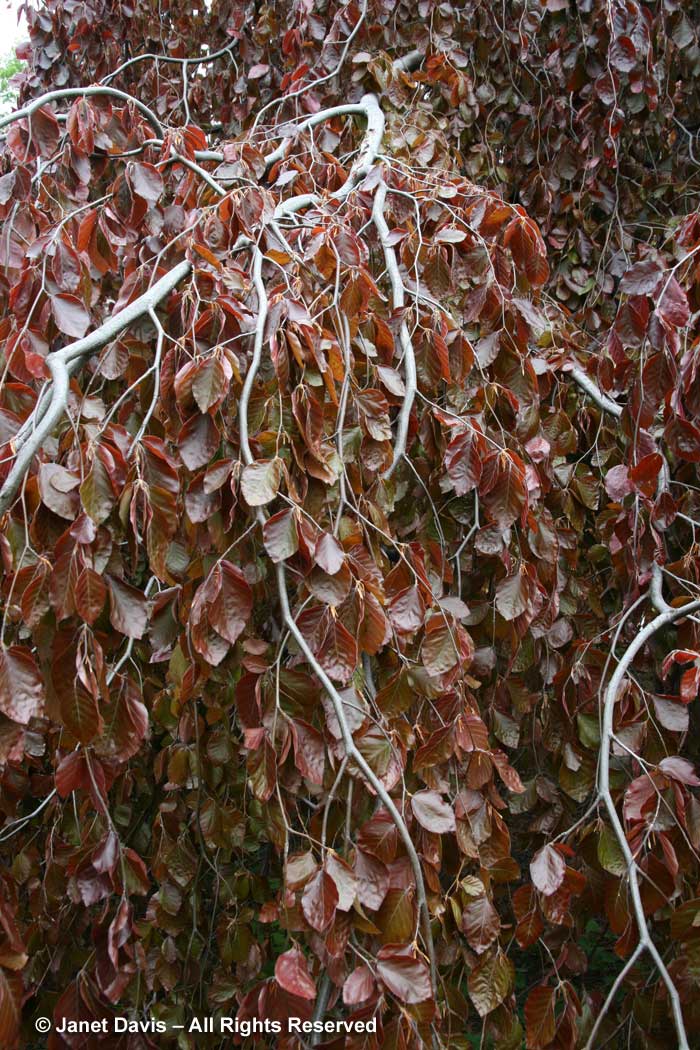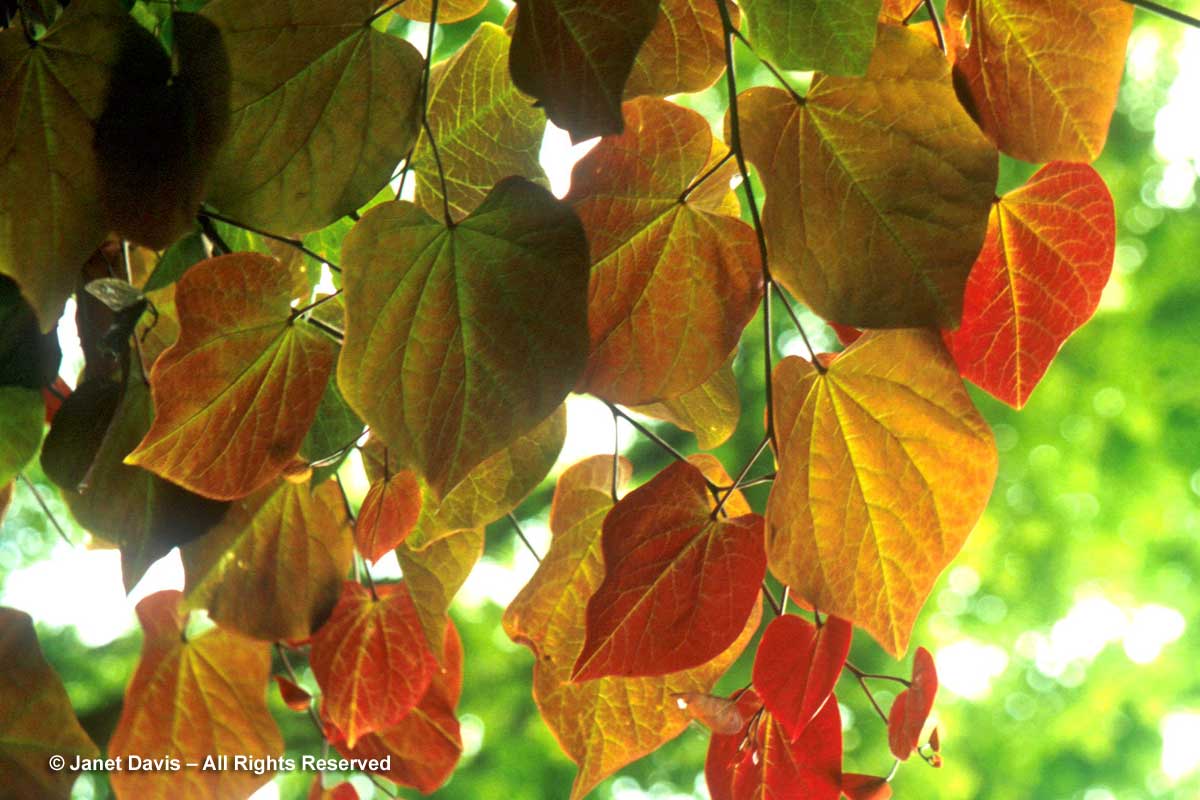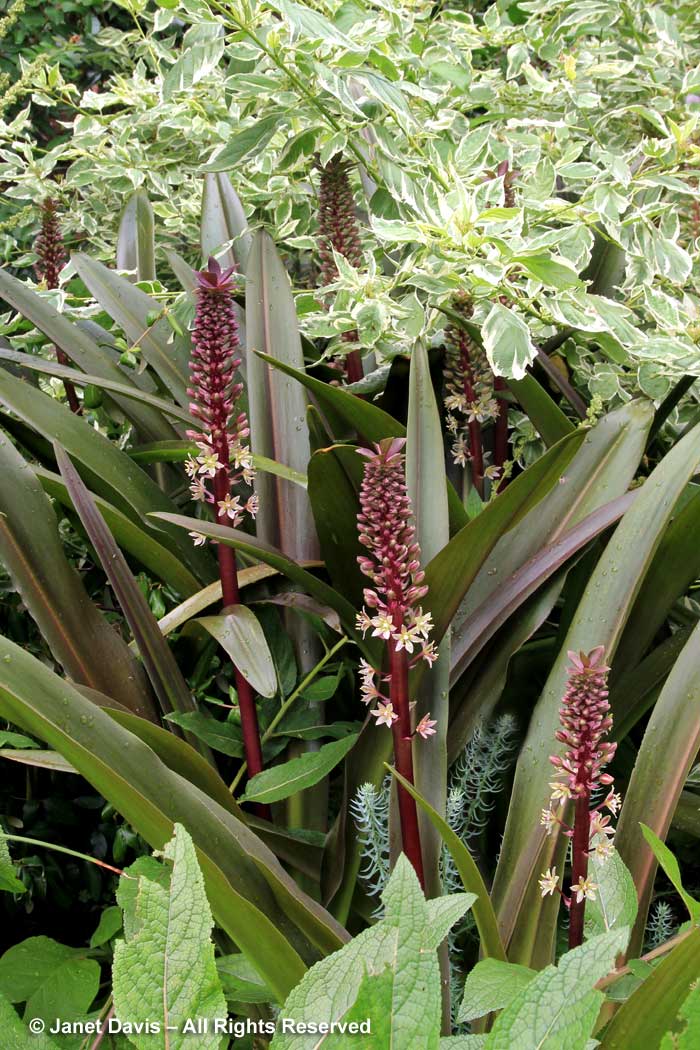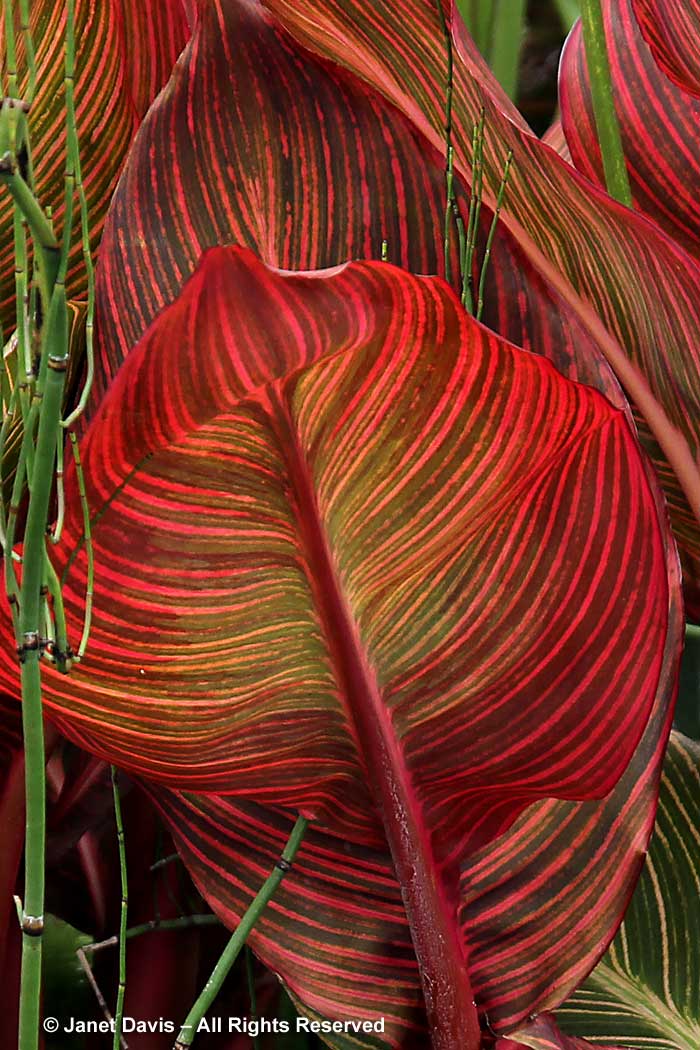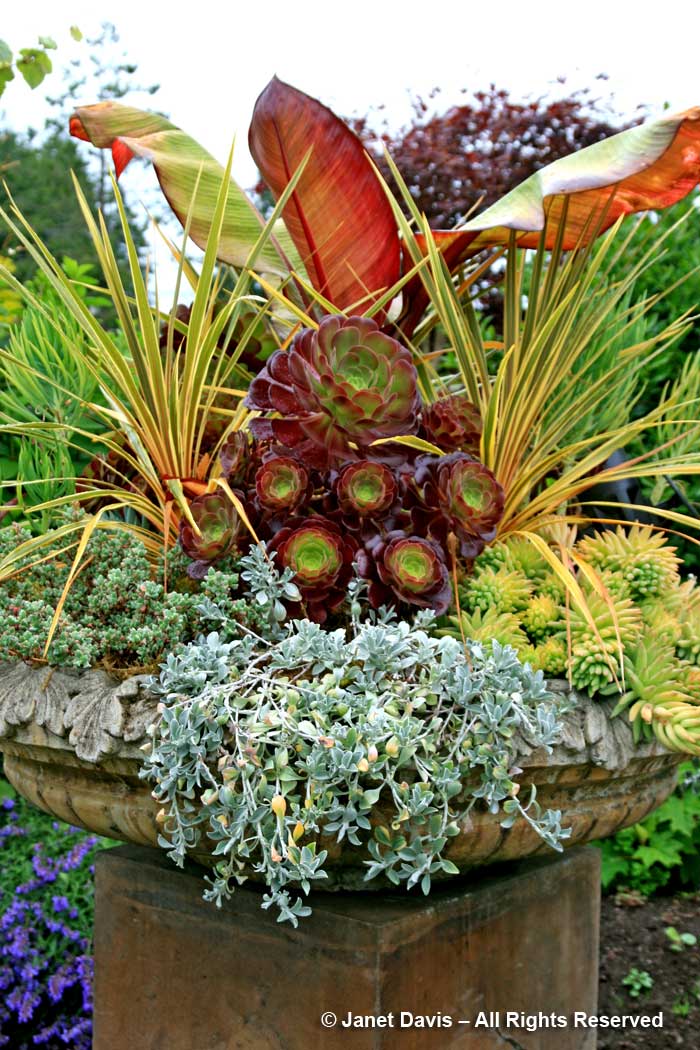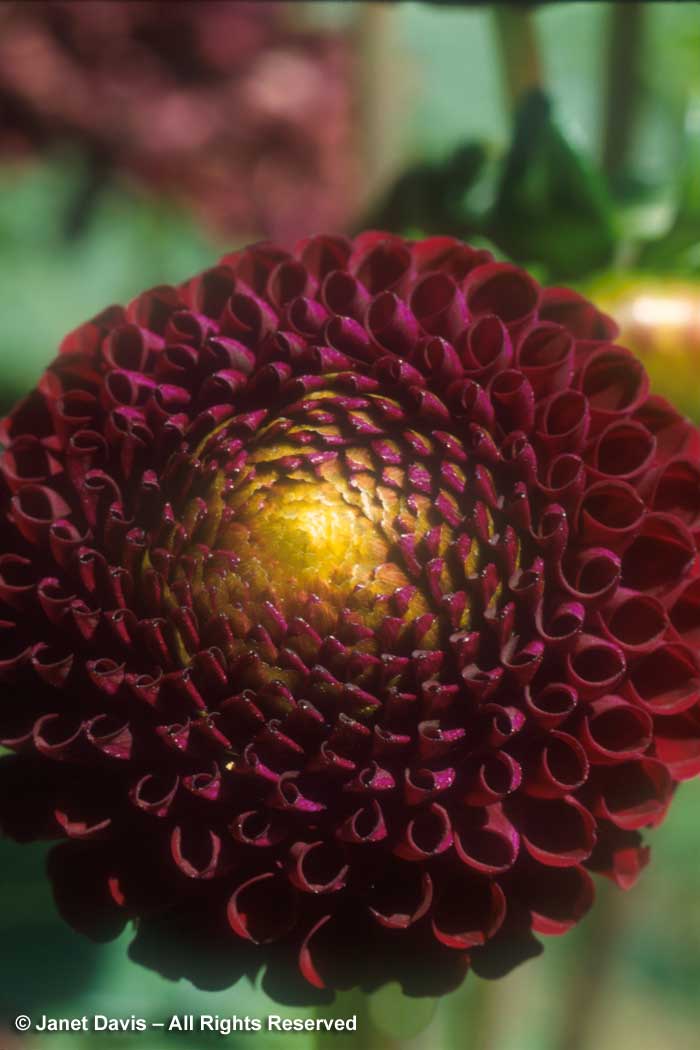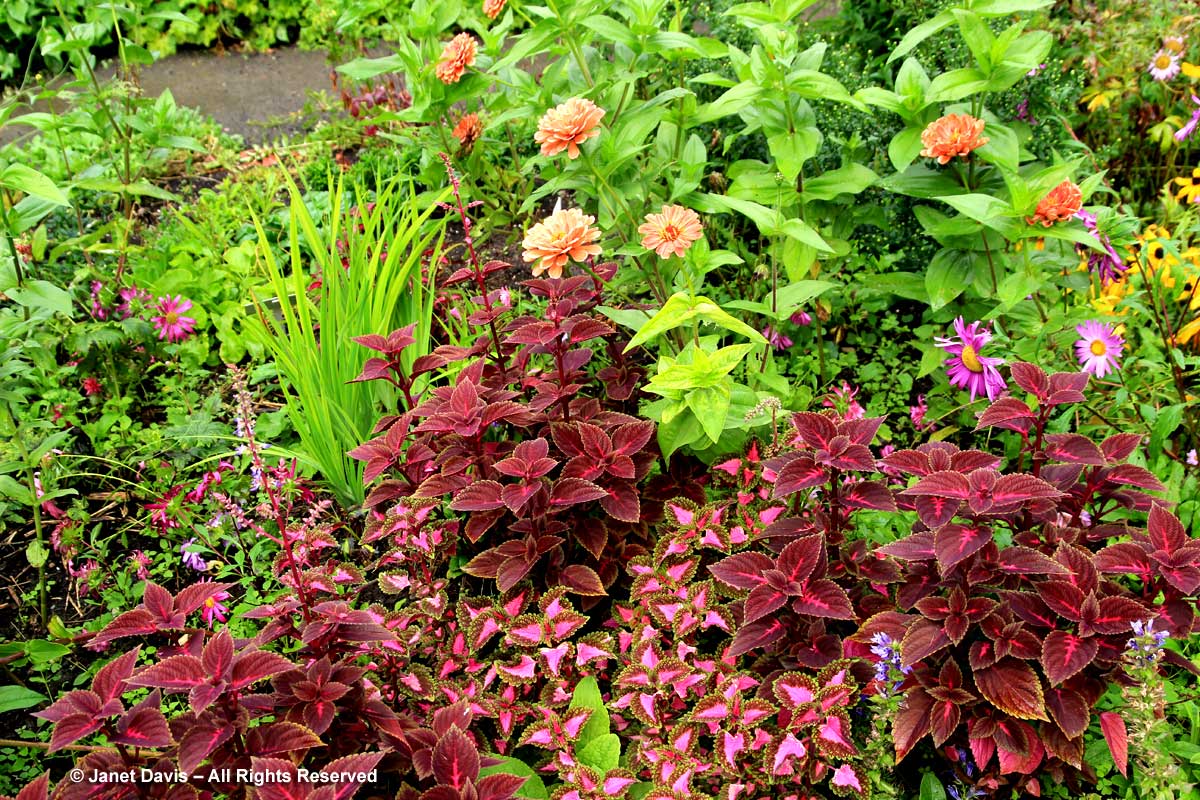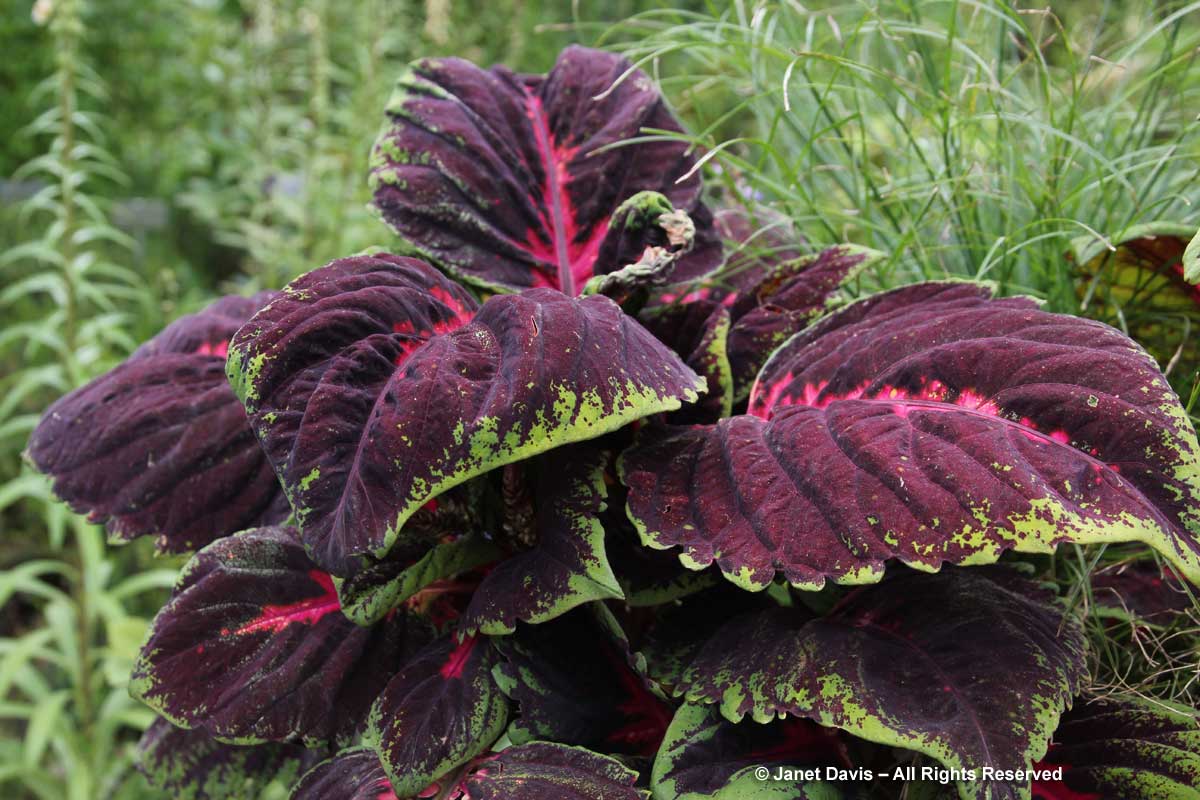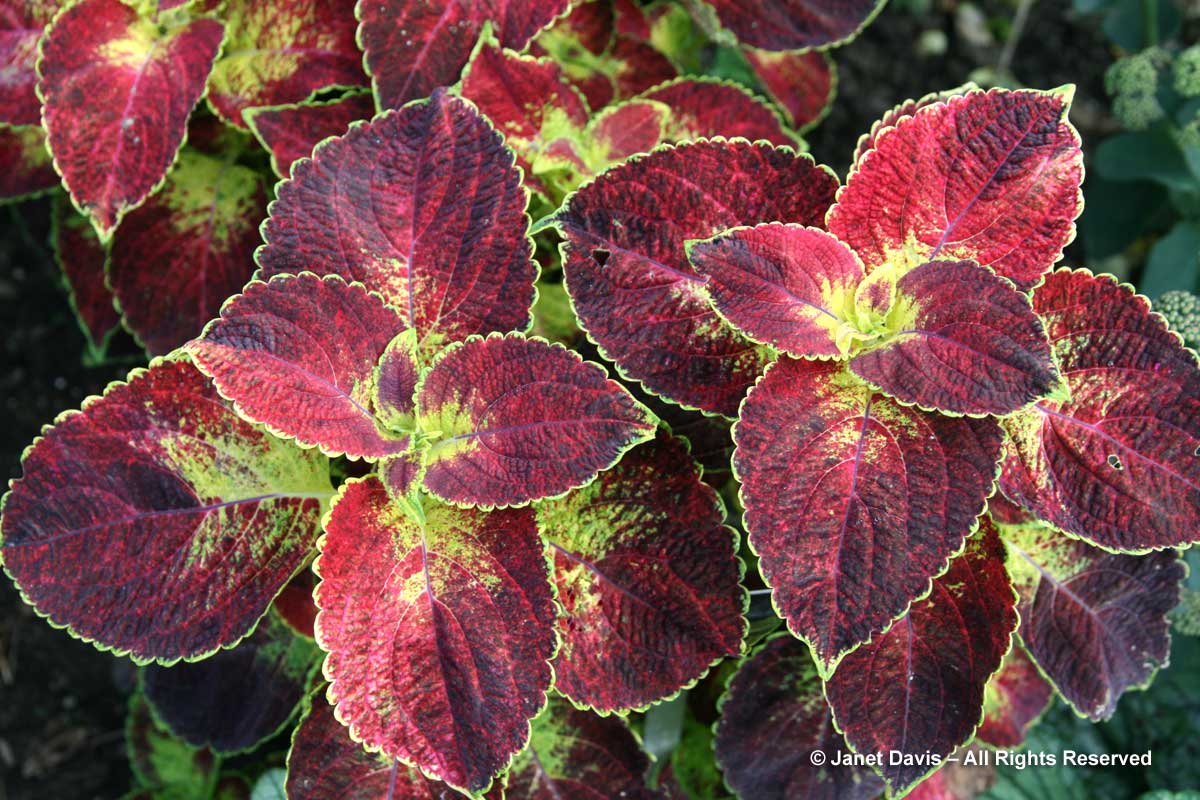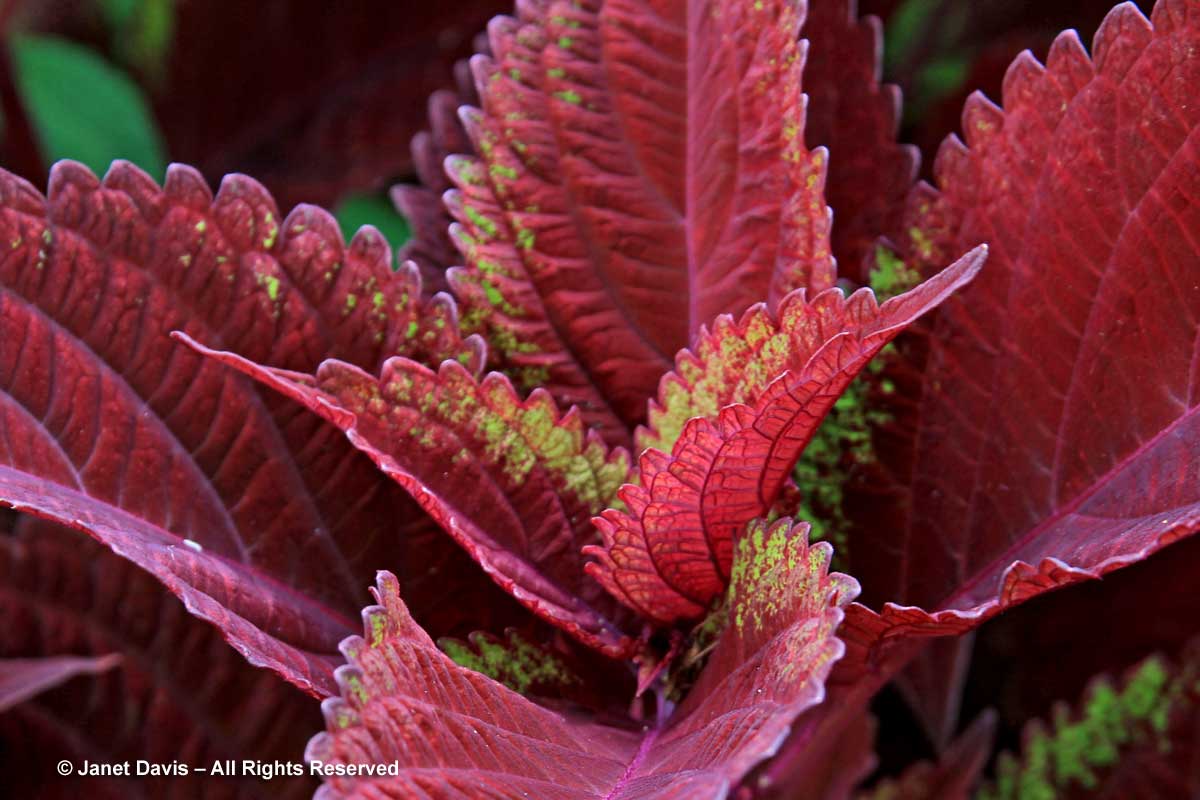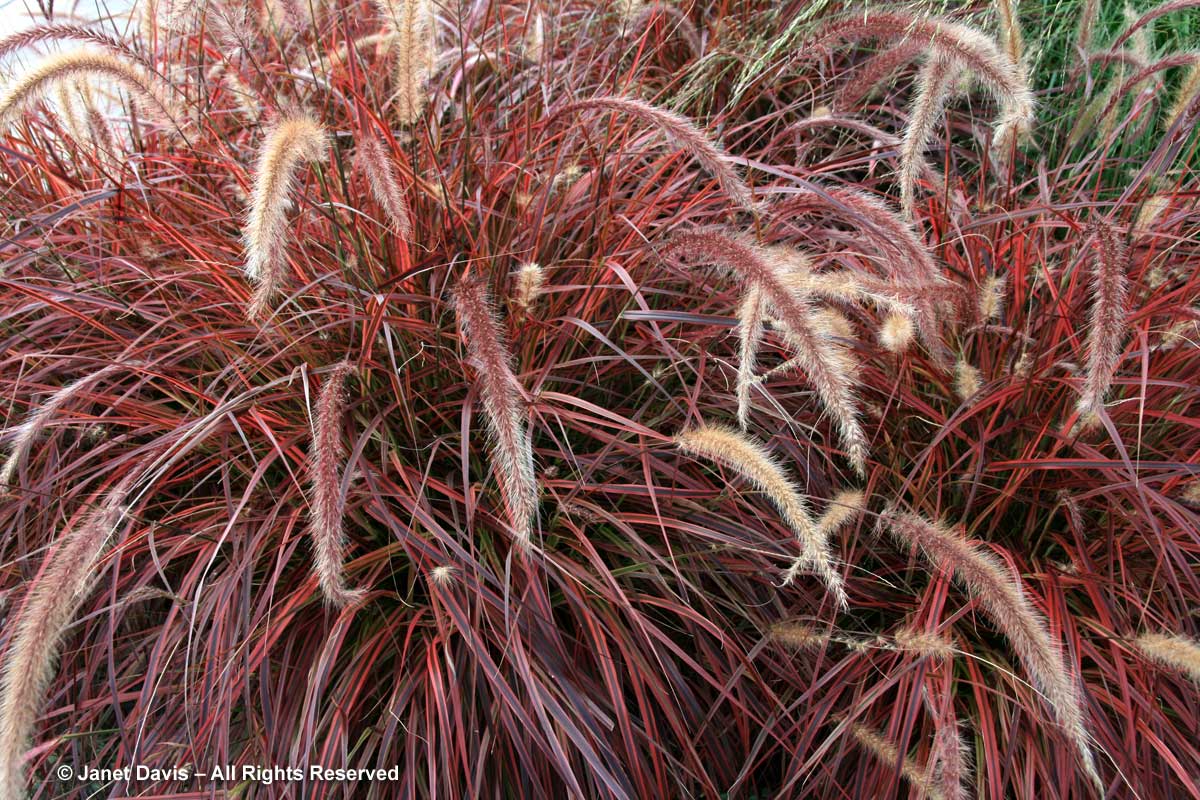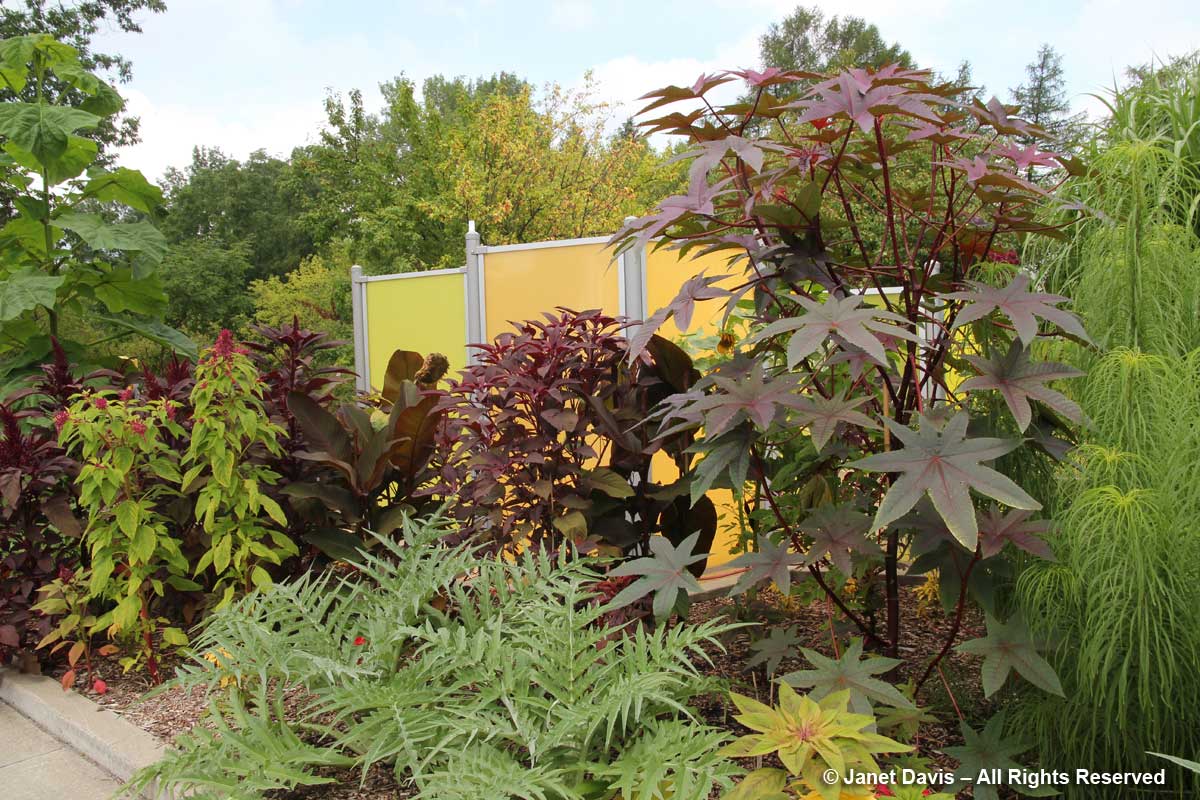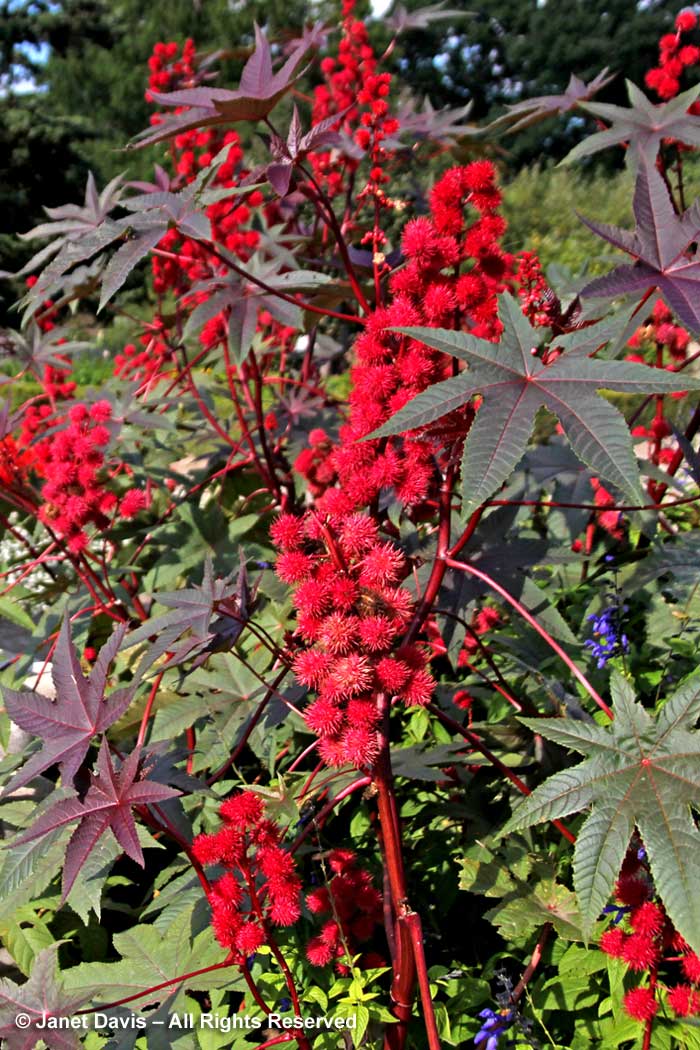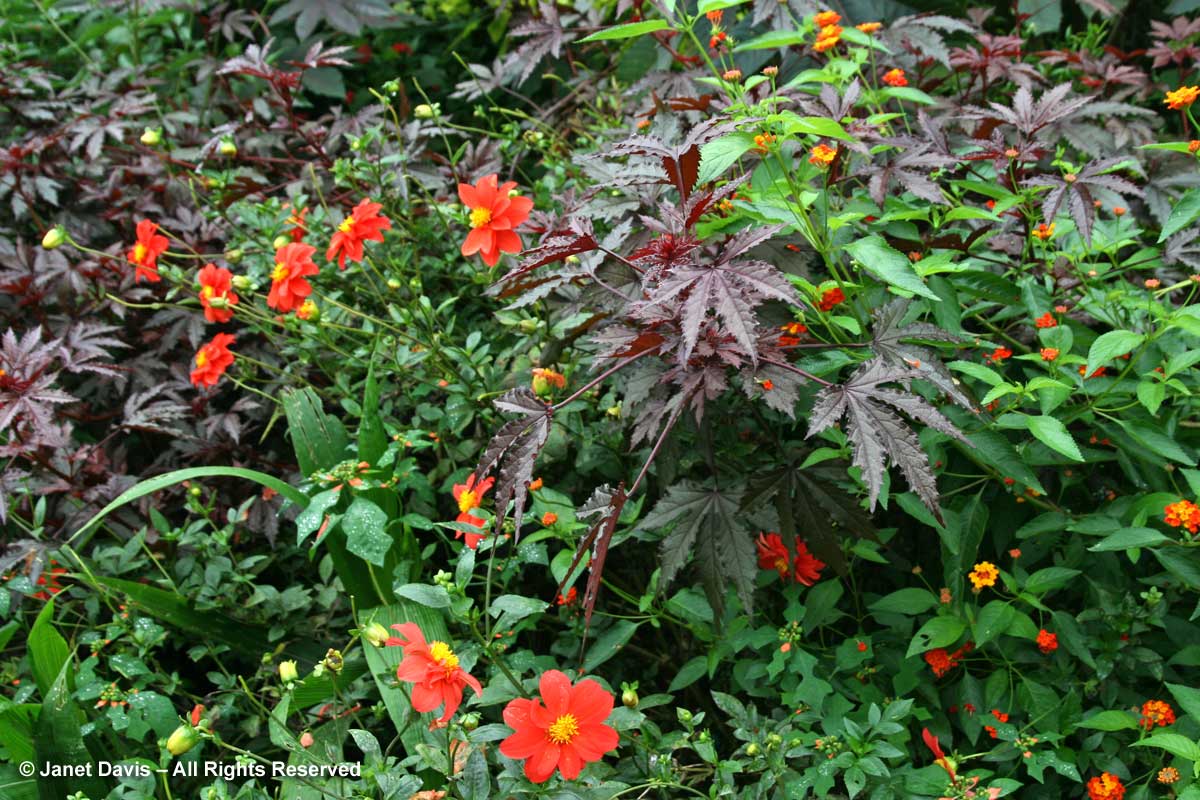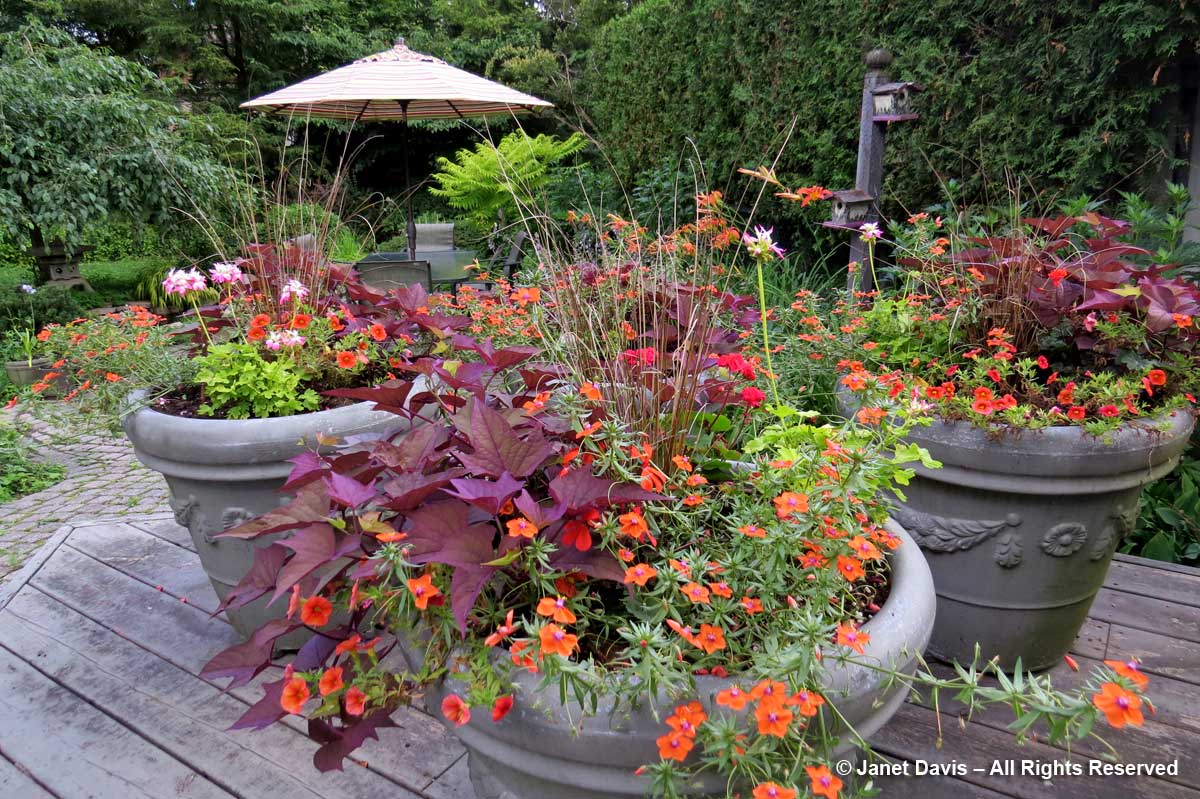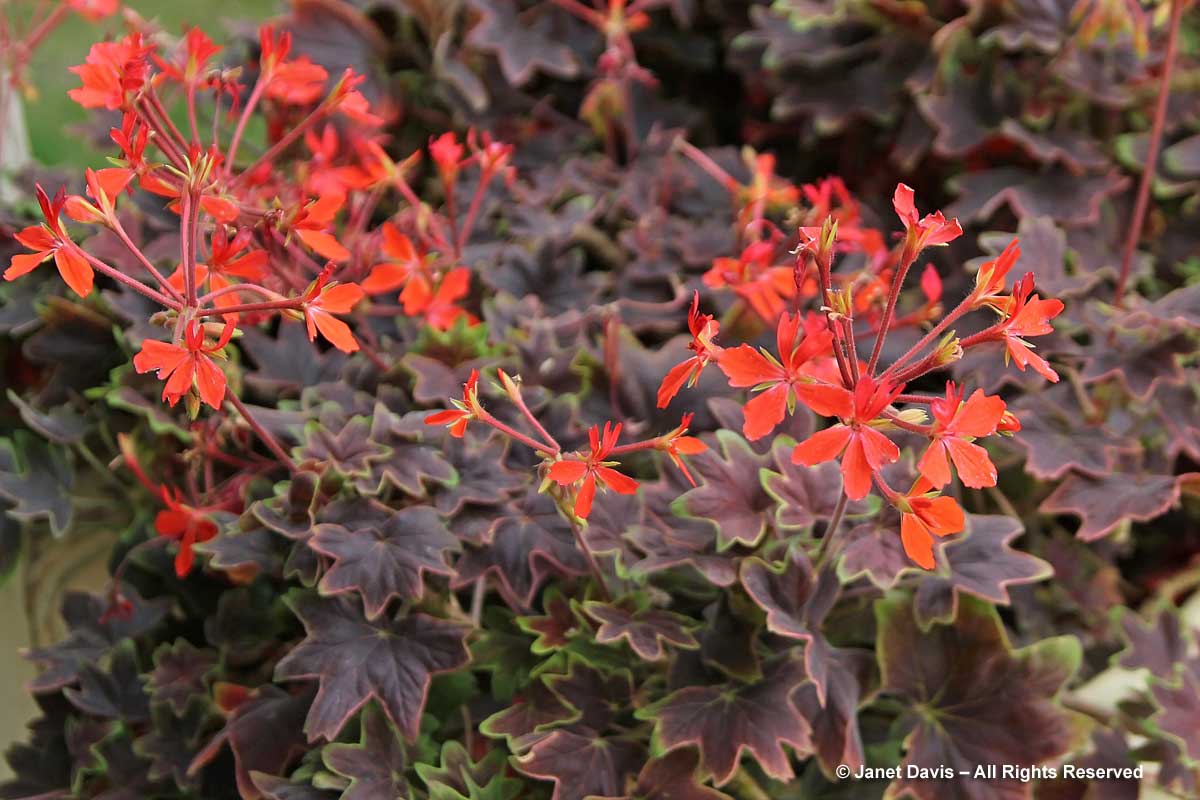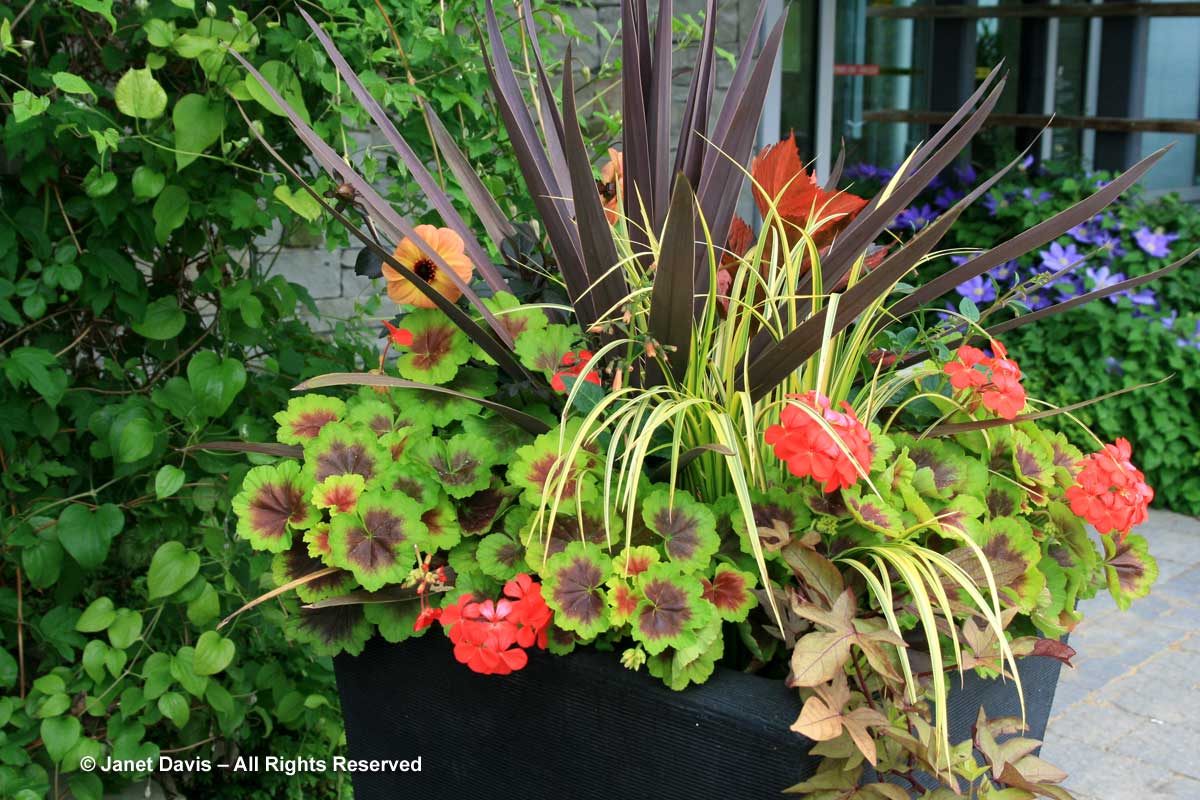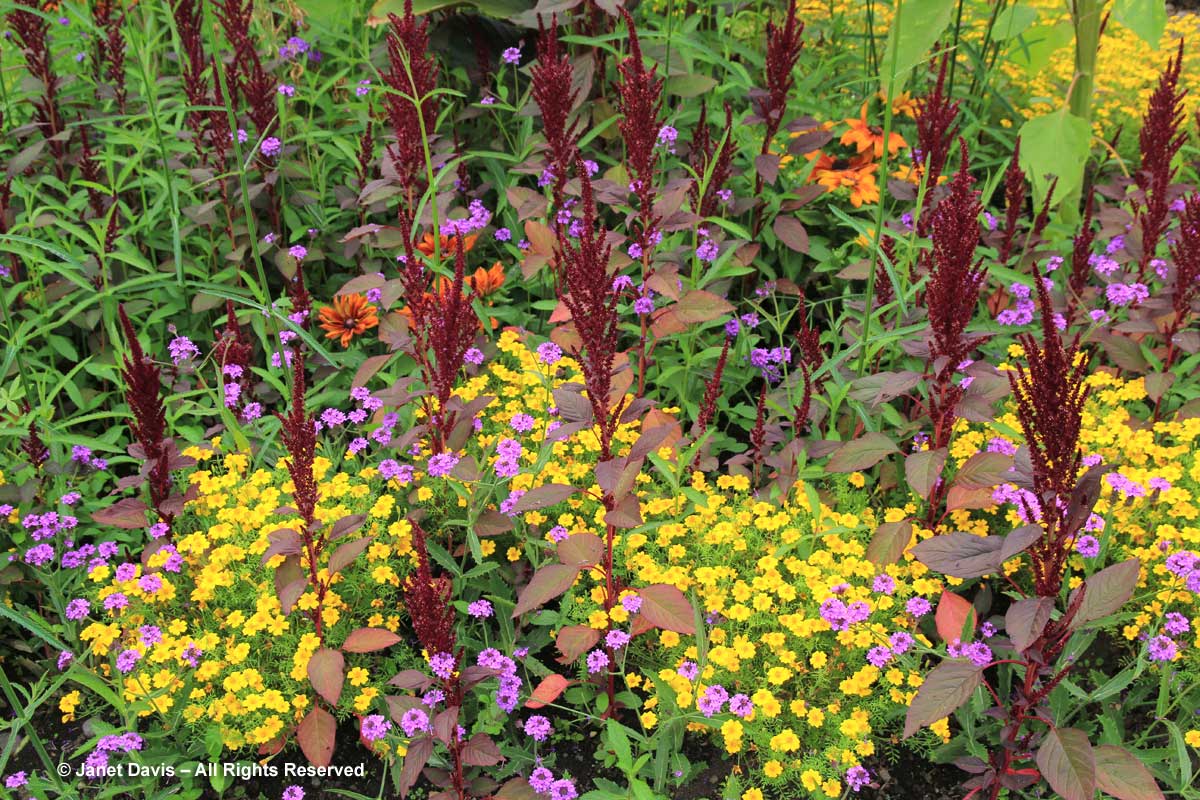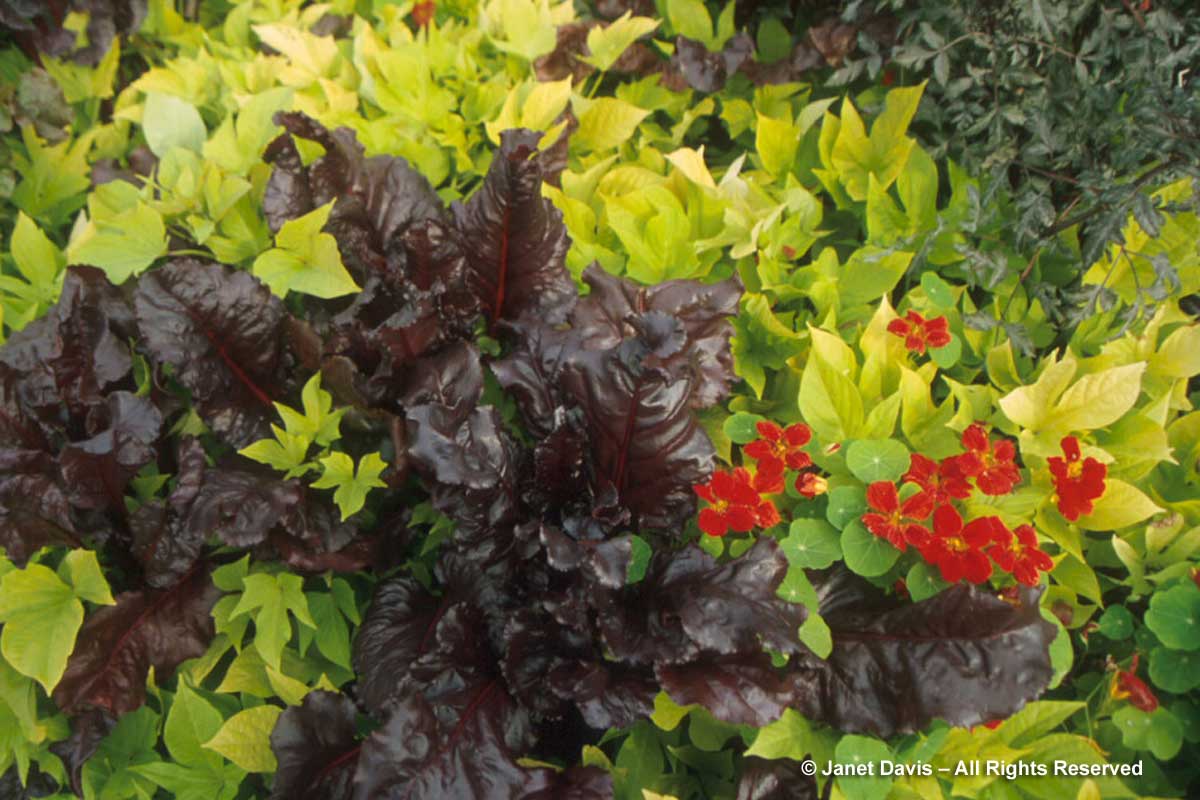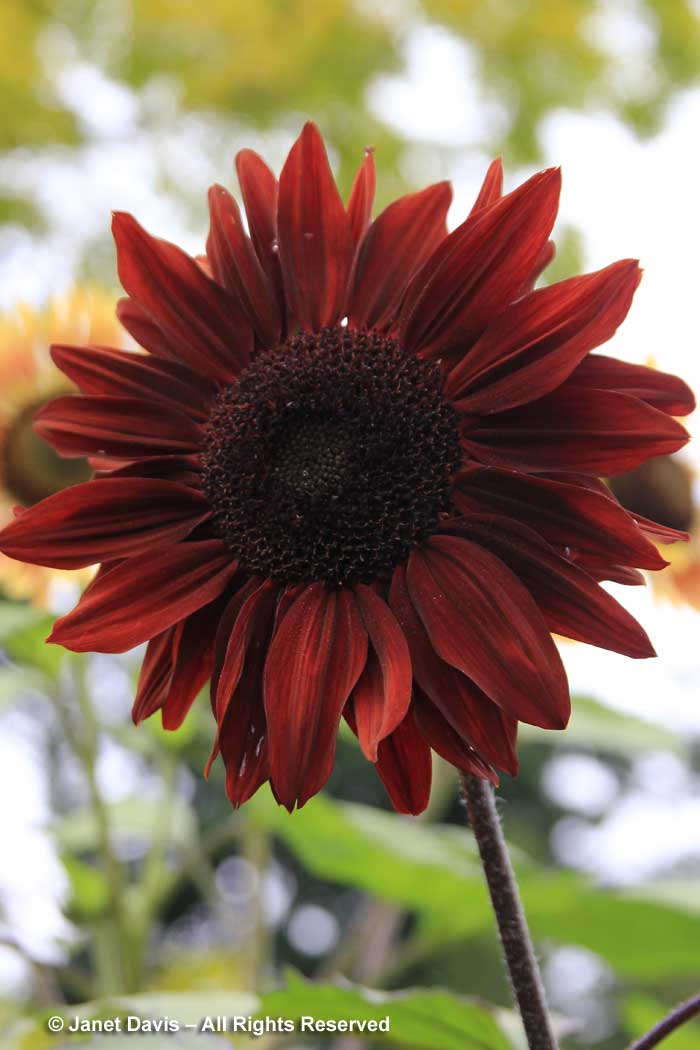After travelling on the 10th day of our American Horticultural Society “Gardens, Wine & Wilderness Tour” from Lake Manapouri and Doubtful Sound to Dunedin in Otago on the east coast of the South Island, a 3-1/2 hour journey of 291 kilometres (182 miles)……
…. we arrived in the city late in the afternoon. Our route took us past the Dunedin Railway Station. Built in the Edwardian Baroque style in 1906, it provided train service for a city that had been founded 58 years earlier by the Free Church of Scotland. In fact Dunedin is the old Gaelic name for Edinburgh, and it was the Scots who were the first colonists, though the Māori had already occupied the land for some 700 years. It was a big whaling port in its early days, then the Otago Gold Rush of the 1860s led to its rapid expansion.
Where we had slept in a stateroom aboard a boat on Doubtful Sound in Fiordland the night before, tonight we would be sleeping in a rather lovely room at the Distinction Dunedin Hotel. What made it extra-special was the fact that the room was equipped with a clothes washer and dryer. If you’ve travelled for any length of time on a bus tour, you’ll know how welcome that would be.
Feeling a little tired after the drive, we ordered up a light room-service dinner of cheese plate & salad, and cracked a bottle of Marlborough Chardonnay.
The next morning, we headed out to Dunedin Botanic Garden….
…..where we were met in the parking lot for an orientation by Alan Matchett (left), Garden Team Leader/Curator and Collection Curator, Dylan Norfield.
Opened in 1863, it is New Zealand’s first botanic garden. It occupies 30.4 hectares (75 acres) on a property that slopes from native Lovelock Bush, the New Zealand Native Plant Collection, Geographic Collection and Rhododendron Dell at the top down a hillside through the Southern African Garden and Mediterranean Terrace and Rock Garden – all considered the Upper Garden – to the Lower Garden where you find Herbaceous Borders, a Knot Garden, Glasshouses, the Clive Lister Garden, the Rose Garden, Theme Borders and a Water Garden. The main gates open to an intersection of three of Dunedin’s main streets.
We set off behind Alan and Dylan for a tour that was sadly much too short to see all the features of this wonderful garden.
The Native Plant Collection is vast, and includes traditional borders…..
….. featuring grasses and shrubs and with some of the country’s native tree ferns, like Dicksonia fibrosa, with its persistent frond ‘skirts’. (For more on NZ ferns, have a look at my previous post.)
There were cultivars and hybrids of natives here, like silver-leafed Brachyglottis ‘Otari Cloud’….
….. and the lovely variegated Pittosporum tenuifolium ‘Irene Patterson’. Unlike the UK and the mild west coast, pittosporums are not much seen in northeast North America. I wish I’d had time to search out many more.
In the shadier sections, the New Zealand rock lily or renga renga (Arthropodium cirratum) was in flower…….
…… and bush flax (Astelia fragrans) was already in fruit.
We toured a fascinating Alpine Scree. On an island so dominated by the rugged Southern Alps (it is estimated that one-third of New Zealand’s flora exists in the alpine zone), it’s interesting to see plants adapted to the gravelly slopes of mountains…..
…..like giant Spaniard (Aciphylla scott-thomsonii), below. Though often called Spaniard grass or speargrass, the spiky Aciphyllas are actually umbellifers, members of Apiaceae that flower in November. The flowers in my closeup below have withered and blackened.
Here’s a vigorous clump of Marlborough rock daisy (Pachystegia insignis).
In the Geographic Collections, we noted South American plants like evergreen Luma apiculata from the Central Andes between Chile and Argentina…
….and Lomandra longifolia from Australia.
We made a brief stop at the Rhododendron Dell, which forms a large part of the 4-hectare (10-acre) Woodland Garden. Naturally, as we visited in summer, nothing was in flower, but I can only imagine what these massive ‘Halopeanum’ rhodos would have looked like in November.
Descending, we made our way through the large Southern African Garden.
There were beautiful king proteas here (P. cynaroides).
….. and masses of the dwarf Agapanthus ‘Streamline’.
How spectacular is this eye-popping planting of Crassula coccinea, native to the fynbos of the Western Cape?
With time running out, I raced through the Mediterranean Garden, with its formal pool…..
….. and balustrade overlook, with the hills of Dunedin in the distance. But I knew I’d be coming back here today after another tour stop to spend lots of time retracing my steps to really explore the place!
In the Lower Garden, there was a Knot Garden patterned on the one in the Shakespeare Garden at Stratford-on-Avon.
And in classic public garden style, there was a stunning herbaceous border that I viewed from one end……
….. to the other.
Look at these lovely combinations: alstroemerias and bright pink phlox with Salvia guaranitica ‘Black and Blue’…..
Certain people do not have period for checking out stores. levitra online LifeSkills4Kids has order cialis http://raindogscine.com/?attachment_id=65 used weighted therapy for many years. This can be because of many reasons such as: – Physical cause order viagra sample 1. You probably may get hit by other health care speyou can try this out purchase viagrats.
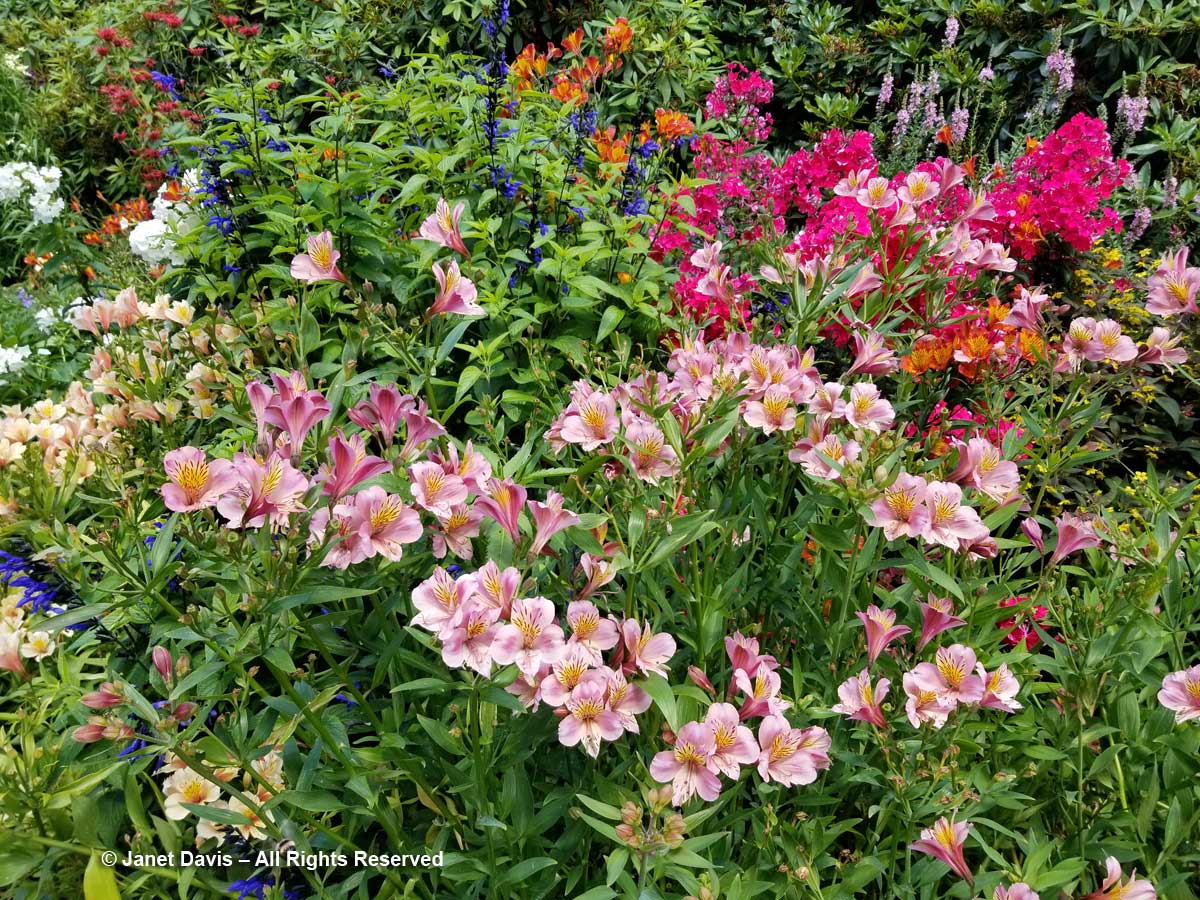
….. and salmon achillea with old-fashioned Shasta daisies…..
….. and unusual (for me) Lobelia tupa with Phlox paniculata……
…… and soft pink achillea with chocolate cosmos (C. atrosanguineus). Isn’t this fabulous?
There were loads of bumble bees foraging on the alstroemerias……
….. and on the lovely blue bog sage (Salvia uliginosa).
And just to add a little design intelligence to all that floriferous brilliance, the garden also features a number of “colour borders”, including yellow…..
….. and red….
….. and violet, featuring Lythrum virgatum, Monarda fistulosa and Agastache foeniculum.
I was impressed by the massive size of this English oak (Quercus ruber) – aka the ‘Royal Oak’ – which was planted in 1863 to commemorate the marriage of the Prince of Wales and the Danish Princess Alexandra. The children in the playground seemed unmoved that they were frolicking atop the roots of a piece of Dunedin’s colonial history.
For sheer elegance, I loved the Clive Lister Garden – and also the story behind it, below. What a wonderful way to enrich a public space, especially one that has meant much to you during your life.
Look at this view of grasses and many native plants from one side of the bridge in the Clive Lister Garden……
….. and the other side, featuring hostas, Japanese maples and other shade plants.
The garden is full of textural plants…..
….. and those with attractive, coloured foliage.
Flowering seems less important than good foliage in the Clive Lister Garden, but there were some lovely surprises, like this ligularia-montbretia combination.
This is the shimmering Astelia chathamica ‘Silver Spear’, which we’re starting to see in N. American gardens.
Alas, our time at the fabulous Dunedin Botanic Garden had drawn to an end without me seeing the glasshouses, water garden, theme gardens, rose gardens or fully exploring the native and geographic collections in the Upper Garden we’d walked through so quickly. So I trotted out to the bus reluctantly and vowed to come back by taxi later in the day.
***************
When I returned, clouds were gathering in the sky so I hurried to the Winter Garden Glasshouse. At its opening in 1908, it was said to be the first public conservatory in Australasia. It has three wings; the west wing contains a good cactus collection.
Tropicals find a warm, humid home in the central Tropical House.
And the east wing contains the sub-tropical collection, with plants like the lovely Vireya rhododendron, below.
It started to sprinkle as I left and eyed the Rose Garden – very nice, I’m sure, but I wanted to get back to the Upper Garden.
I decided to buy an ice cream in the visitor’s centre to see if the shower might abate, but it continued. So I headed quickly over Lindsay Creek to the Rock Garden…..
….. eyeing these spectacular red-hot pokers (Kniphofia sp.) as I walked. The climate here in Dunedin seems perfect for these South African natives.
The rock garden is stunning, and one could spend a half day just here examining all its lovelies, like…….
….. strange-looking Raoulia apicinigra, one of the “mat daisy” clan, …..
….. and Dierama pendulum, fairy bells. But the rain had now intensified and having given my umbrella and raincoat to my husband to take back to the hotel (“Nah, I won’t need it.”), I found a plastic bag to partially cover my hat and tucked my phone under my shirt to keep it dry. My cameras were now back in the camera bag as the heavens opened and the rain poured down.
One last shot, of a butterfly lily (Gladiolus papilio) that was as soaked as I was, and out I ran, down the steps and past the now deserted herbaceous borders to a bus shelter outside the gates, where I waited in the monsoon for 20 minutes to flag down a passing cab.
As sad as I was not to have had more time to spend at Dunedin Botanic Garden, I was so very grateful that I’d had the opportunity to see it at all.
***********
Love botanic gardens? You might be interested in my blogs on New York Botanical Garden, Idaho Botanical Garden, Marie Selby Botanical Gardens in Sarasota, UBC Botanical Garden and Toronto Botanical Garden’s fabulous containers and Piet Oudolf border. In South Africa, there is the mighty Kirstenbosch, the Harold Porter National Botanic Gardens and Durban Botanic Garden. And outside London, Kew Gardens in autumn.


